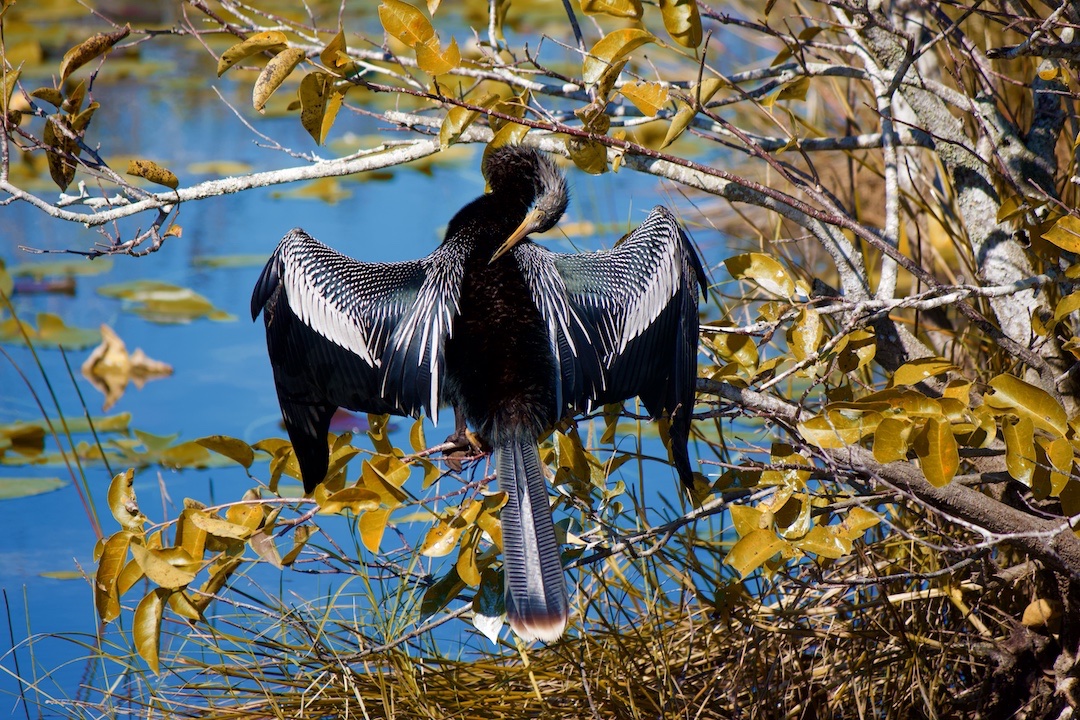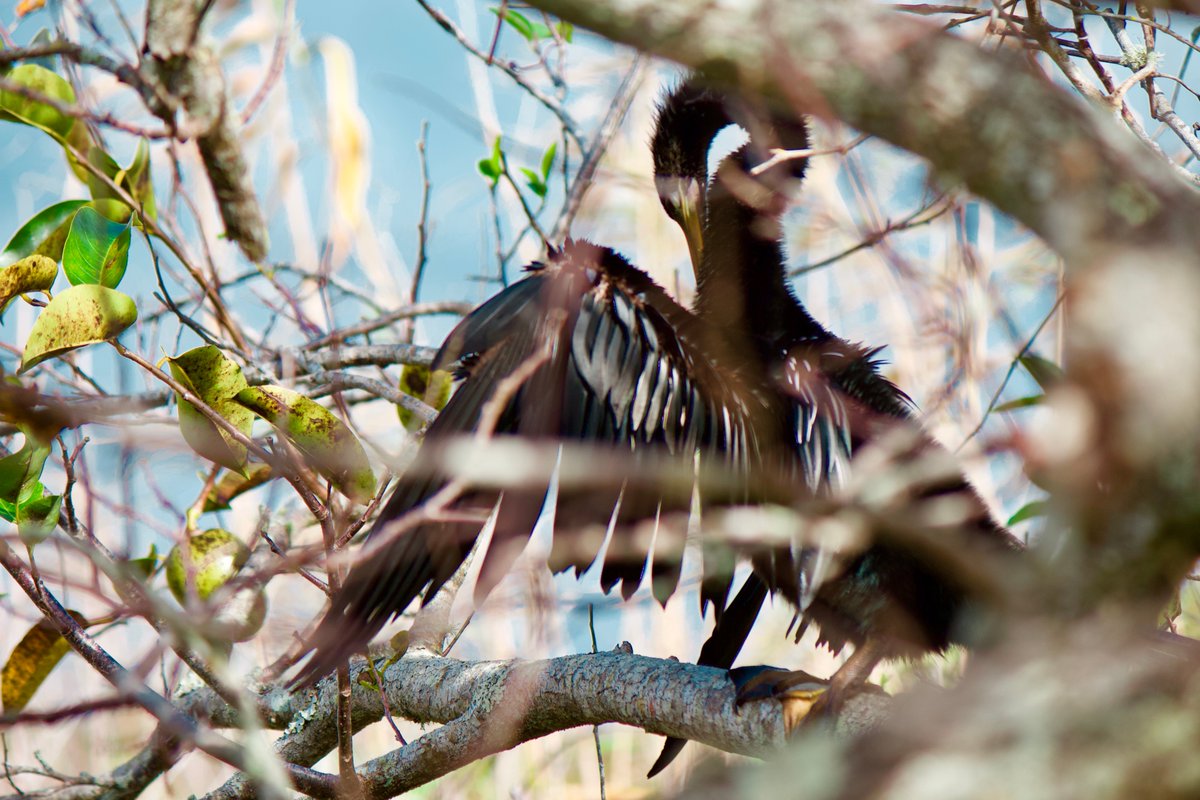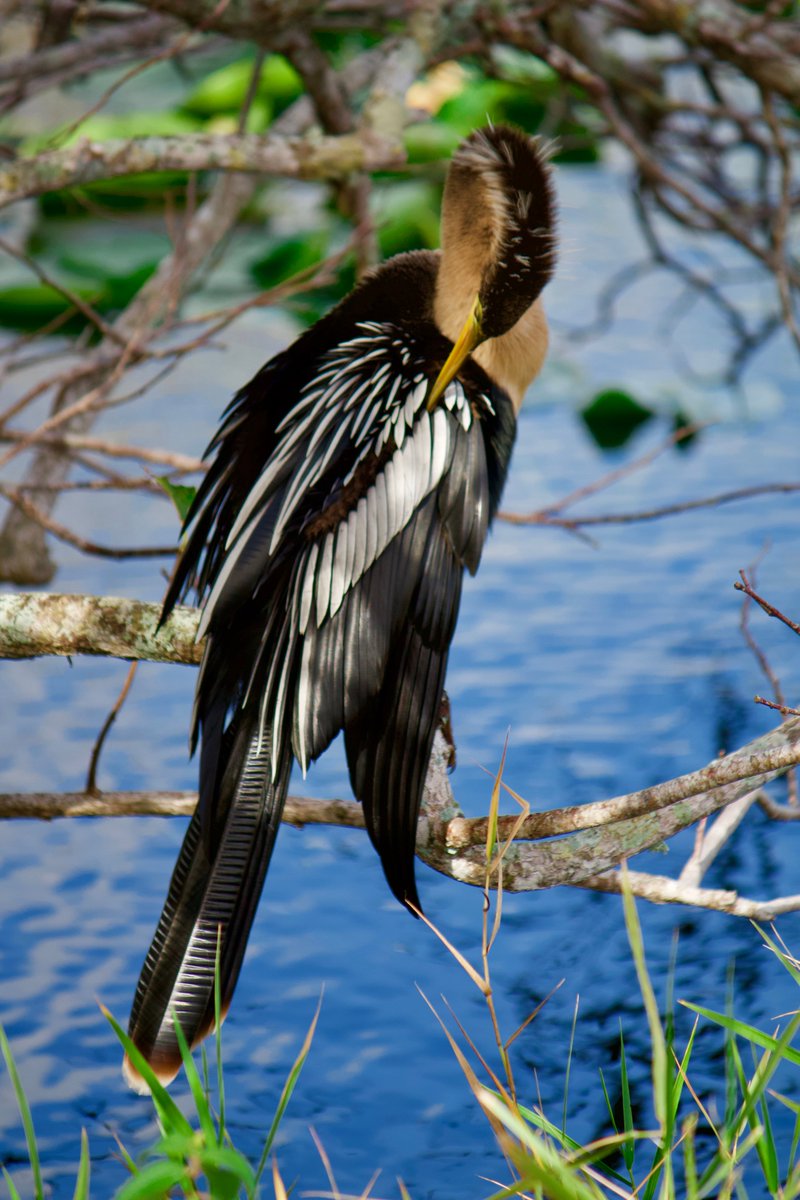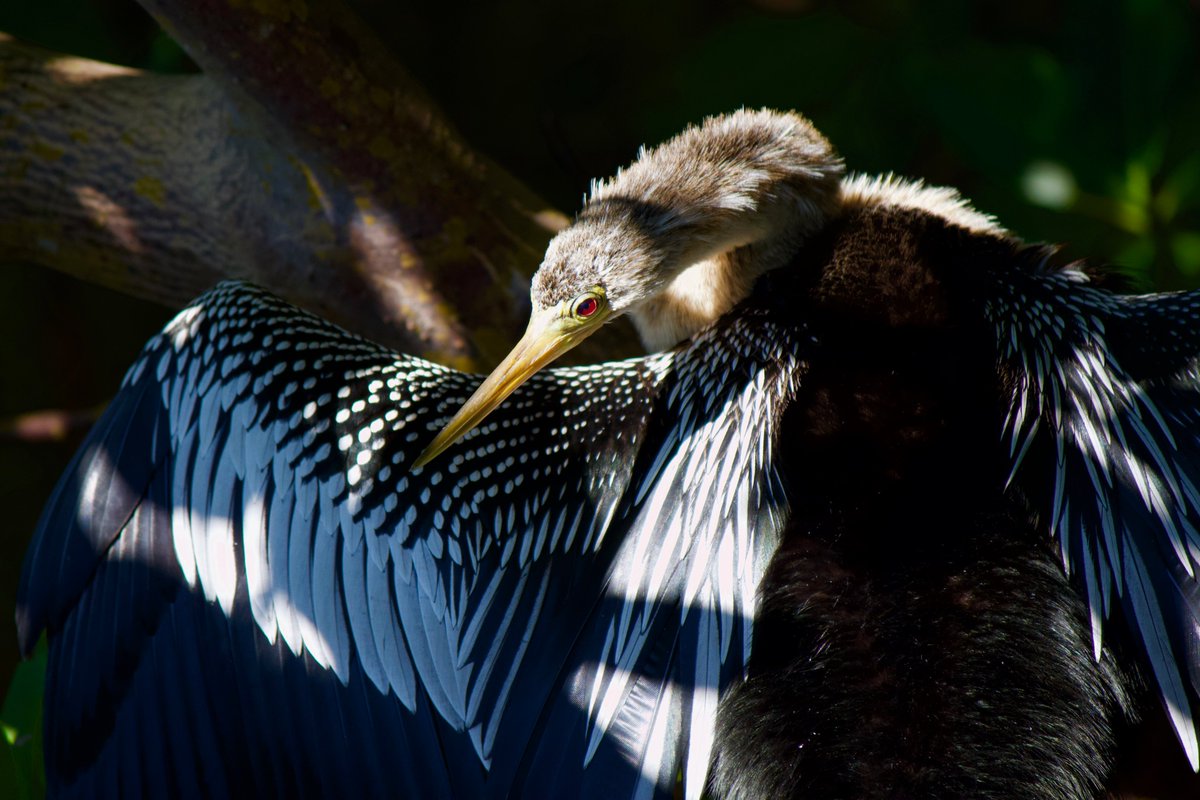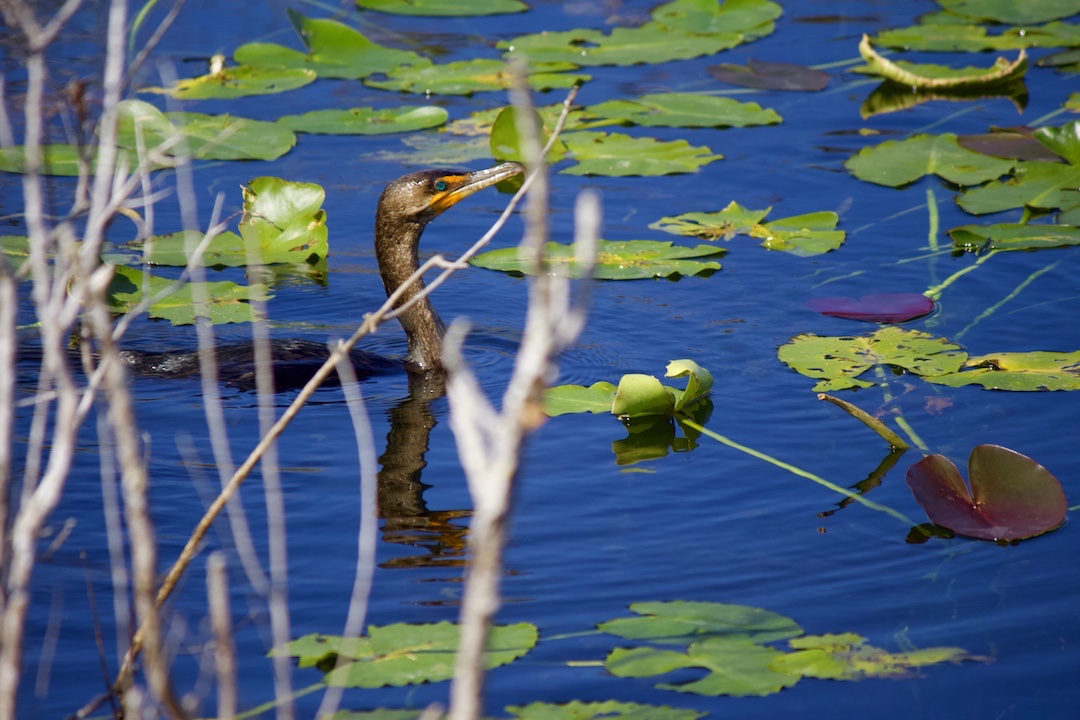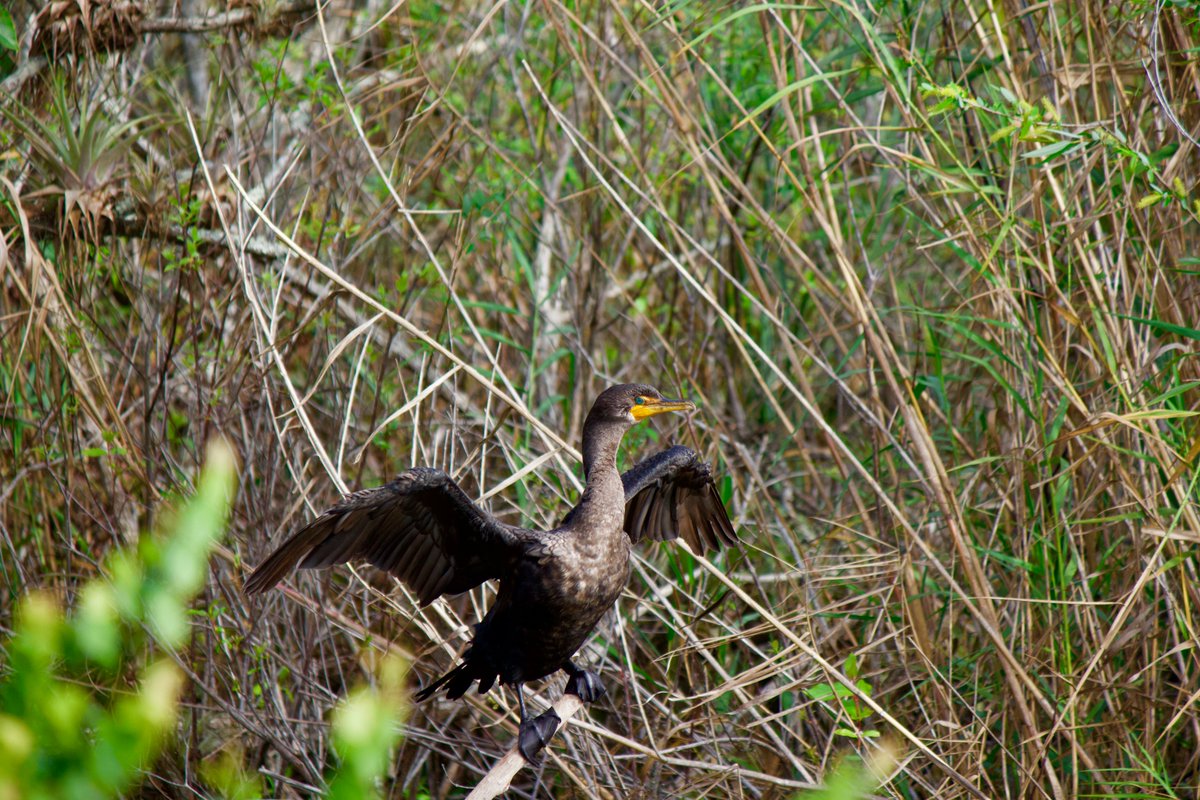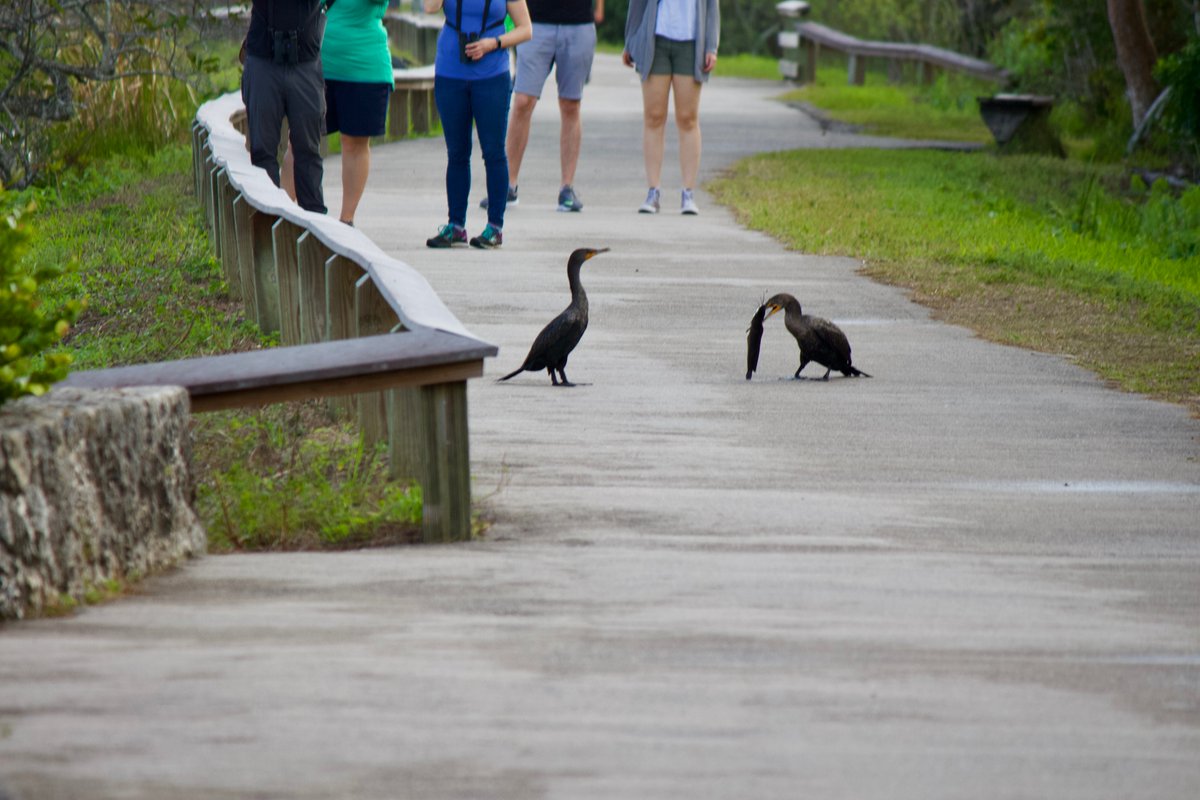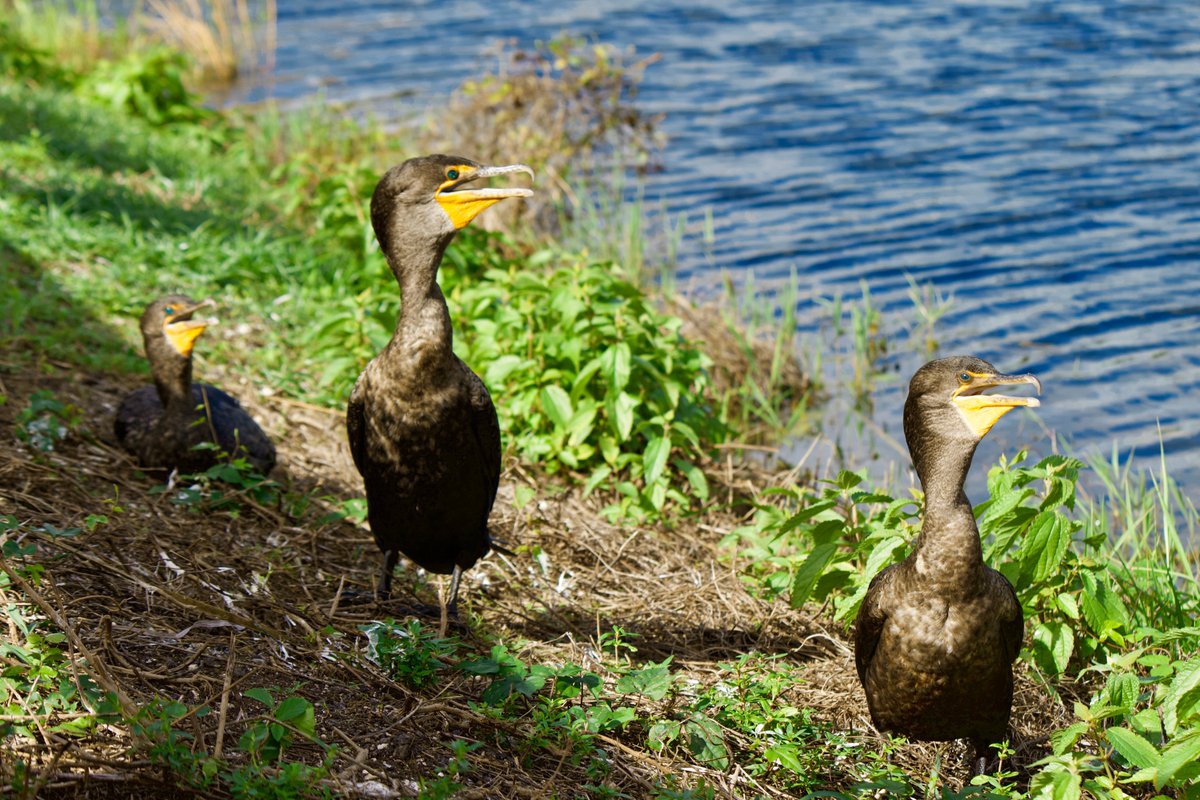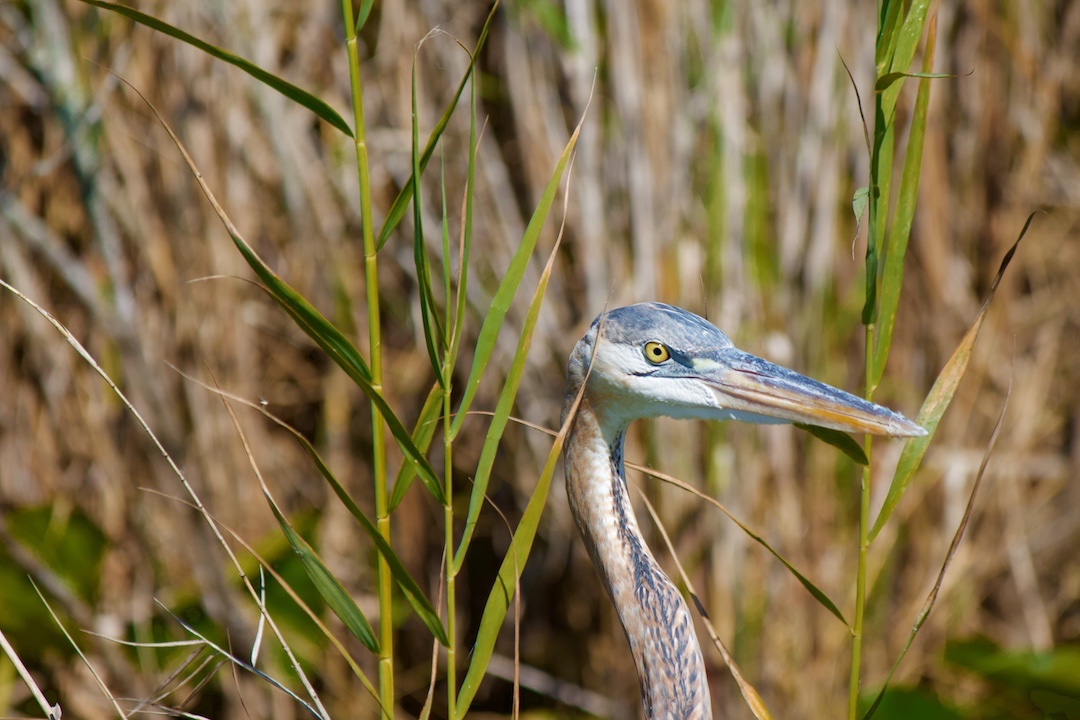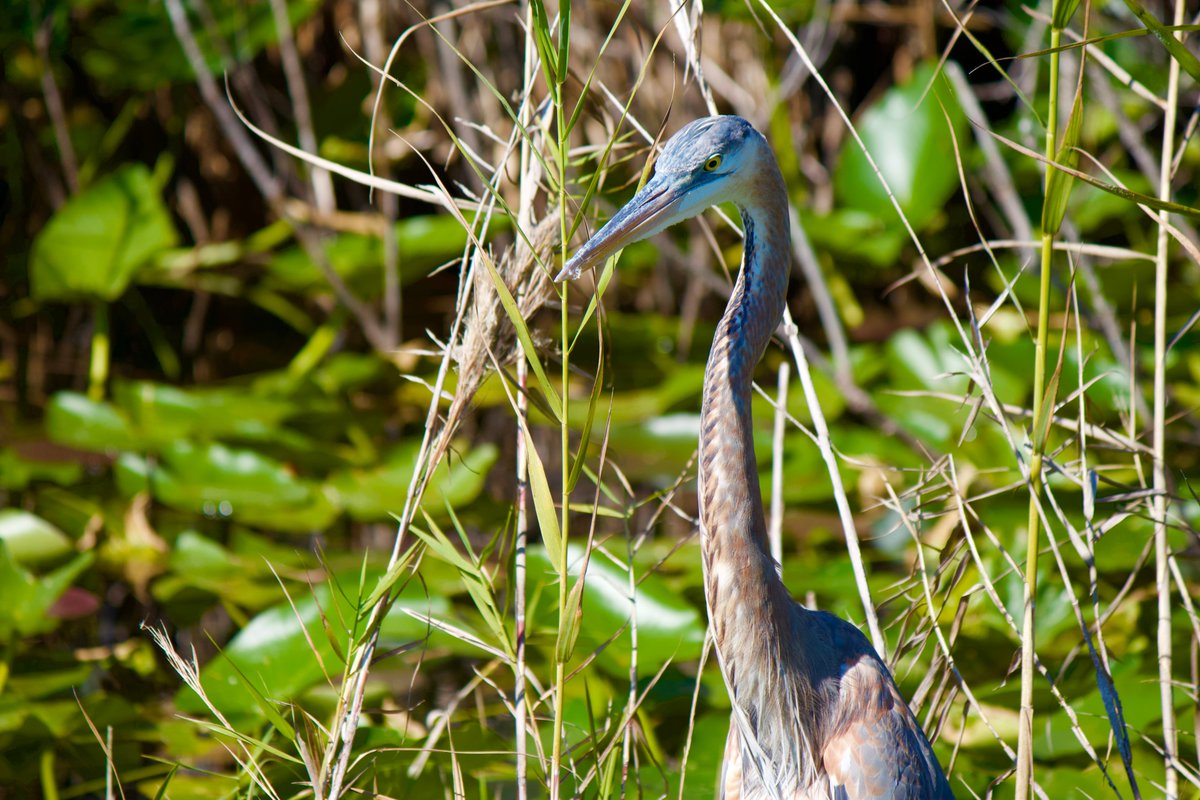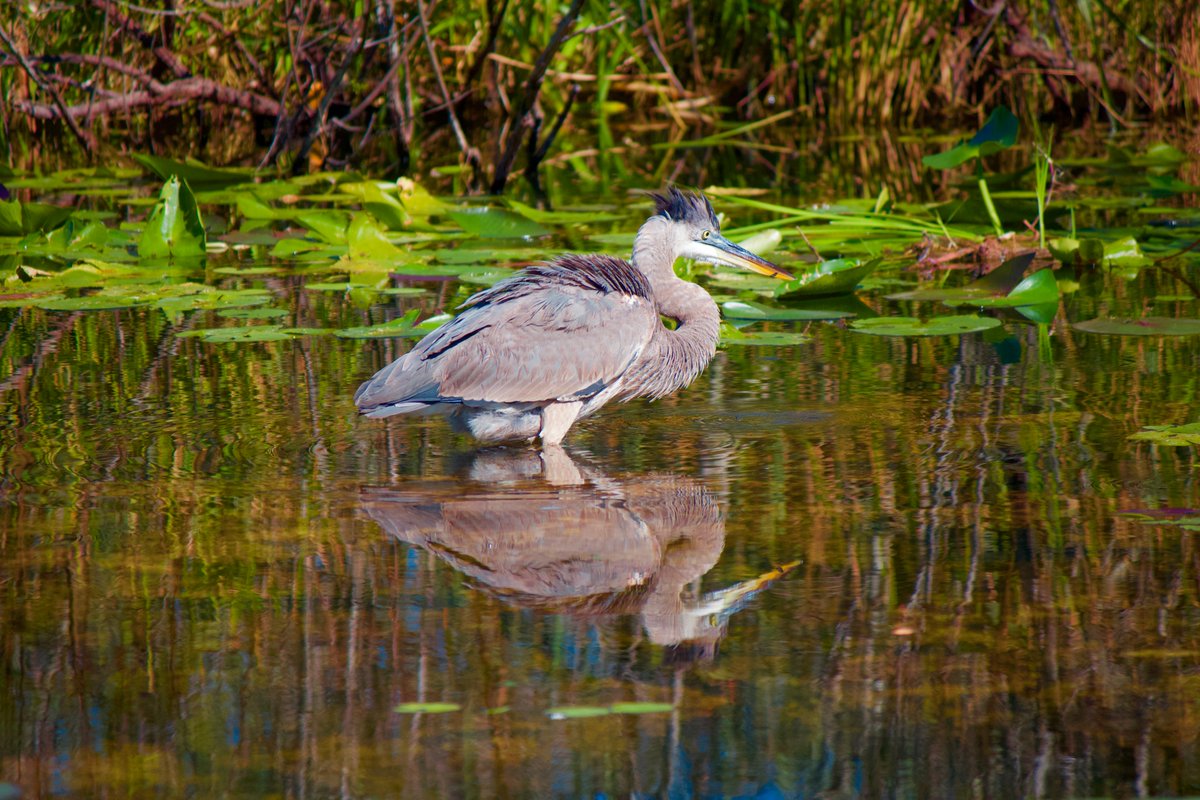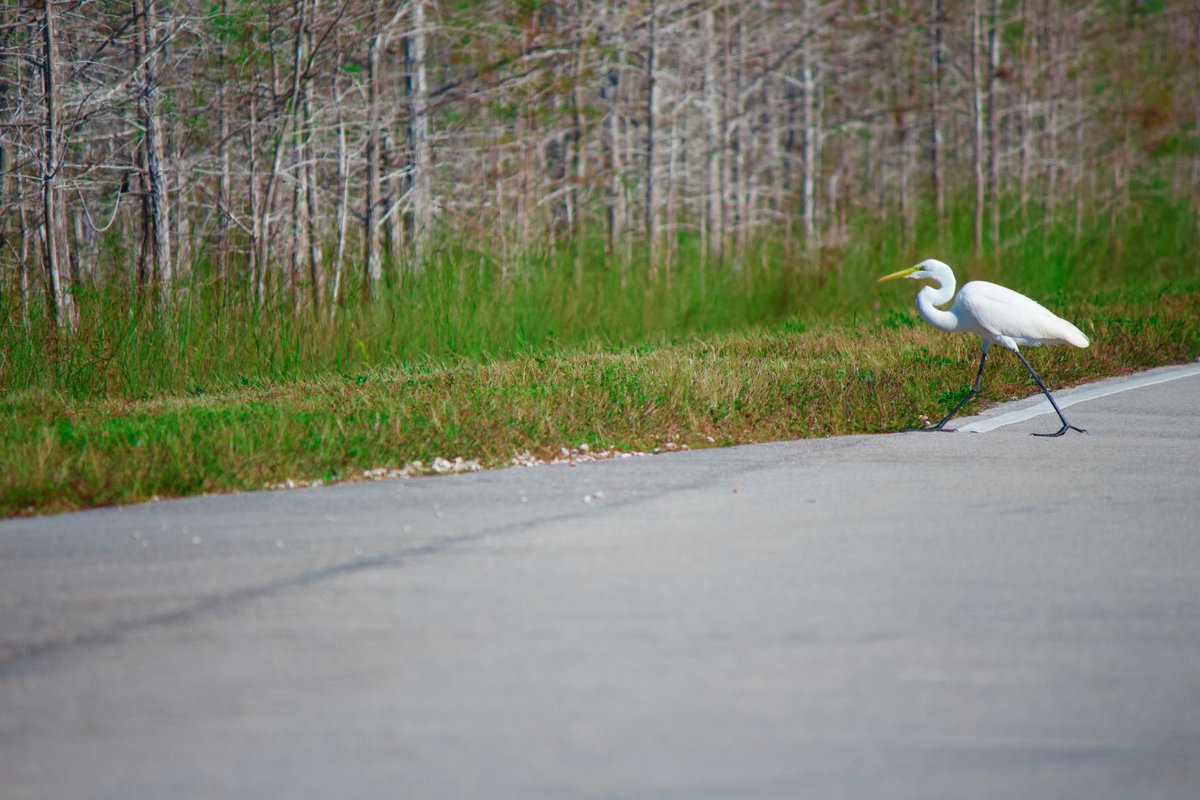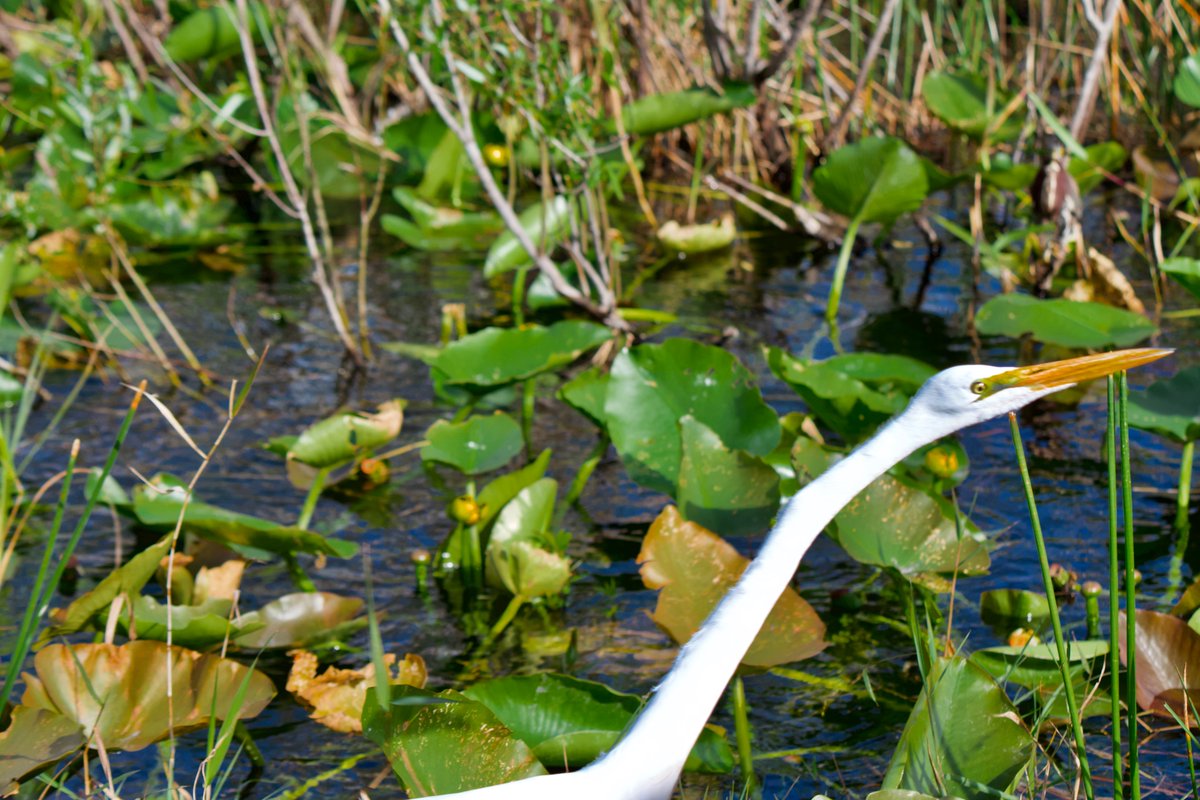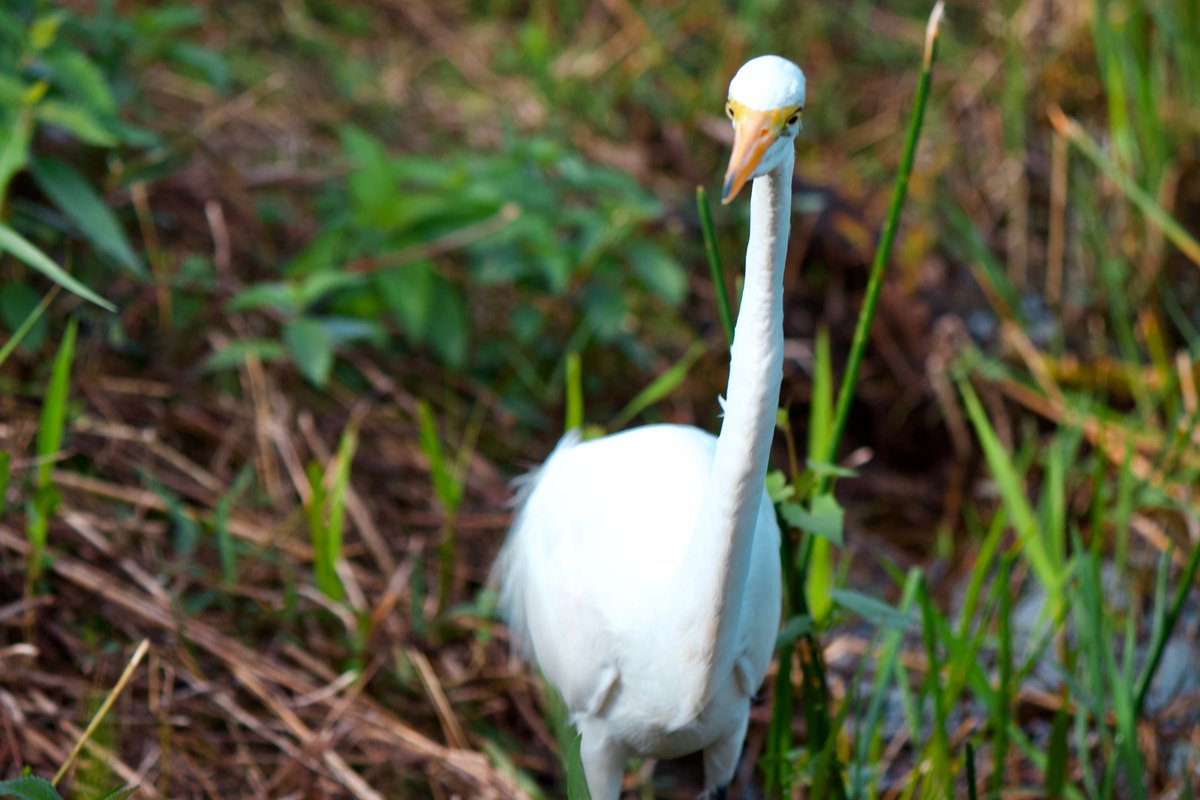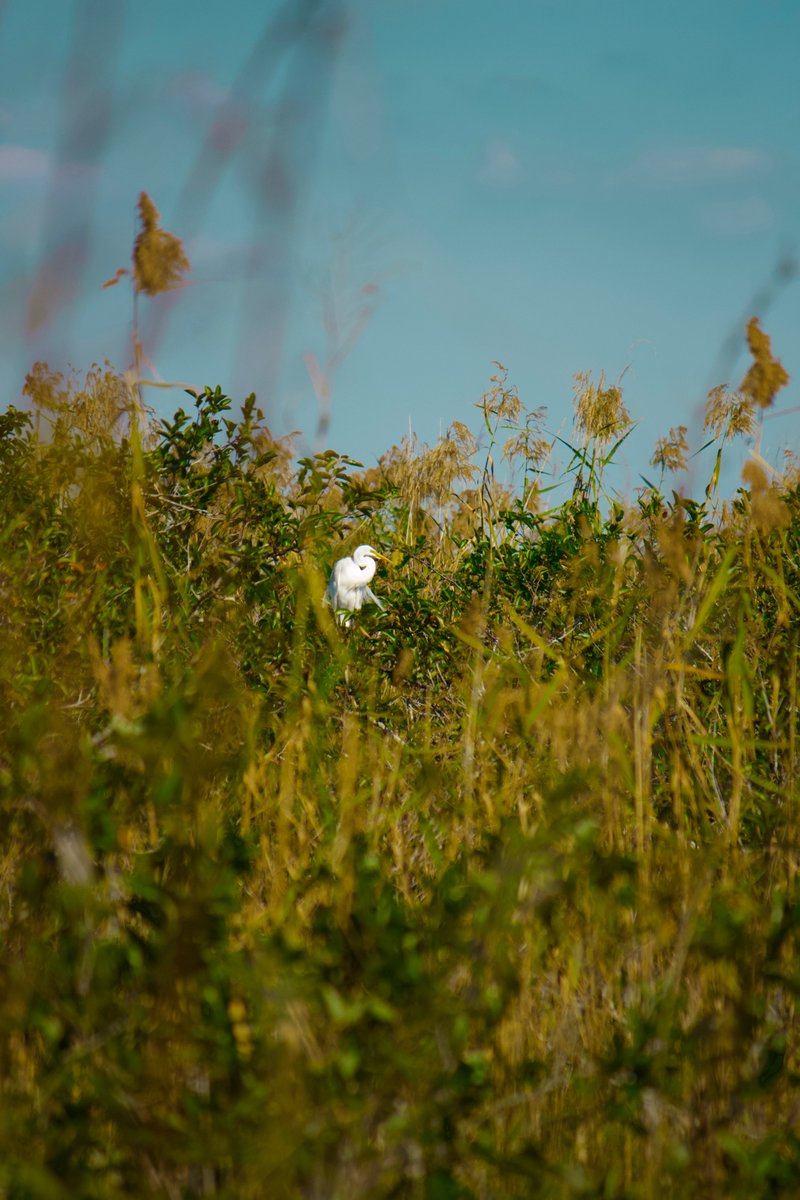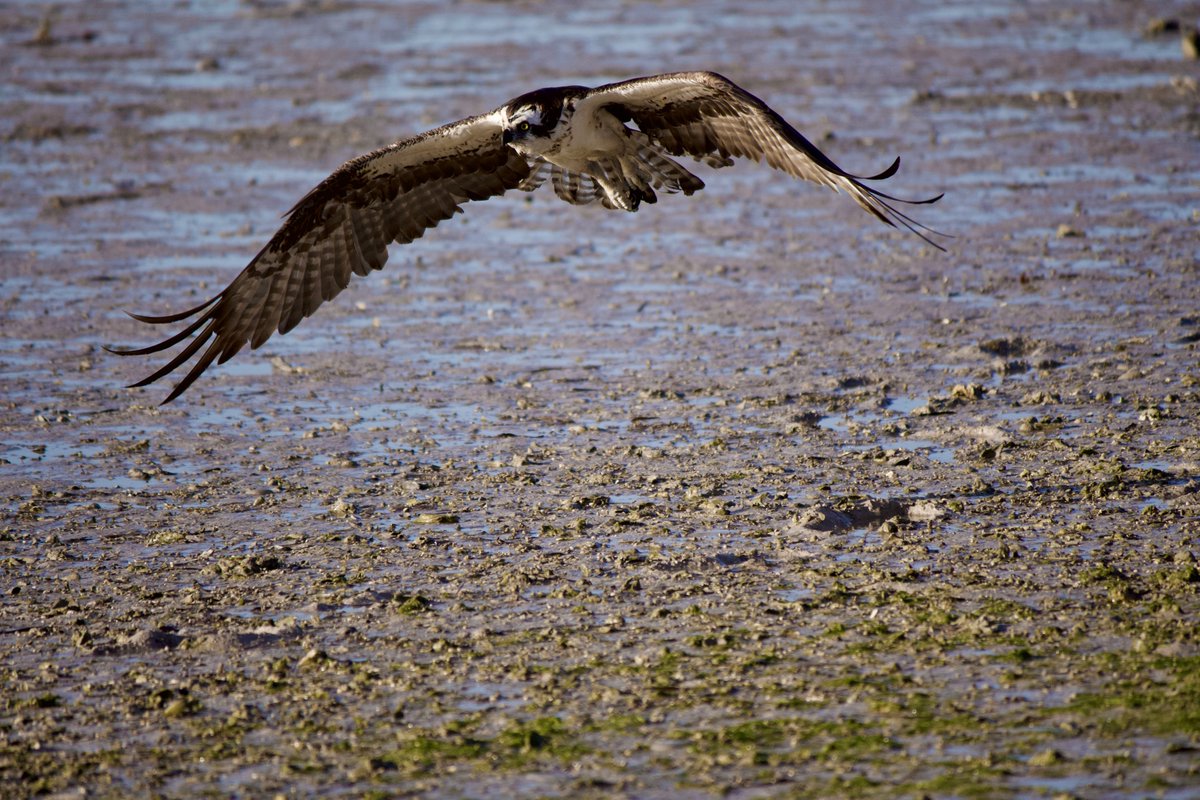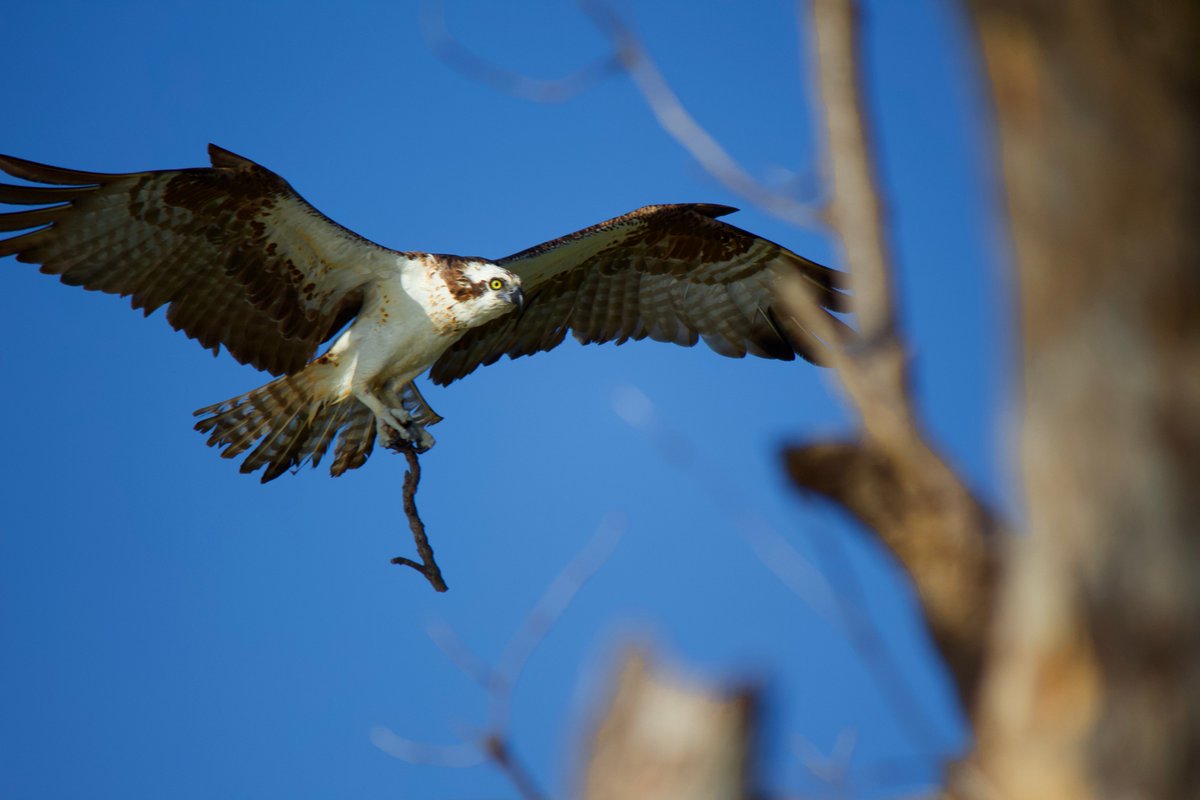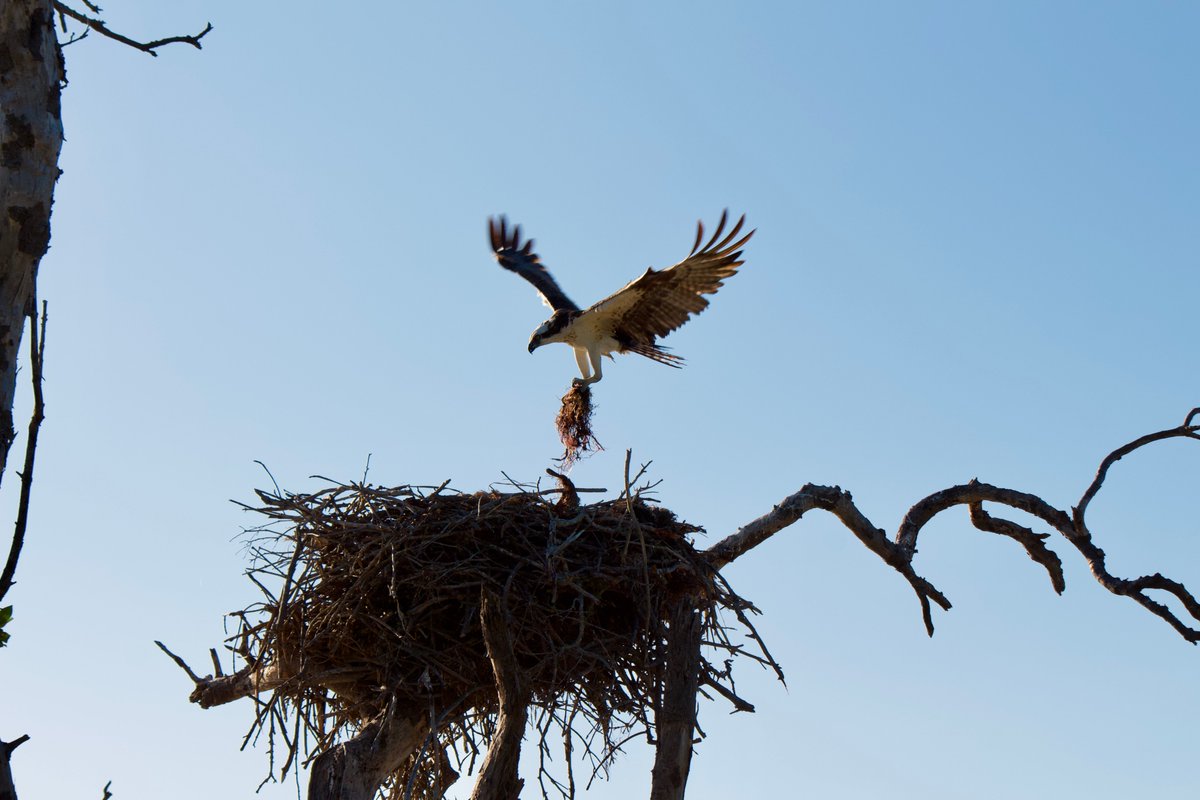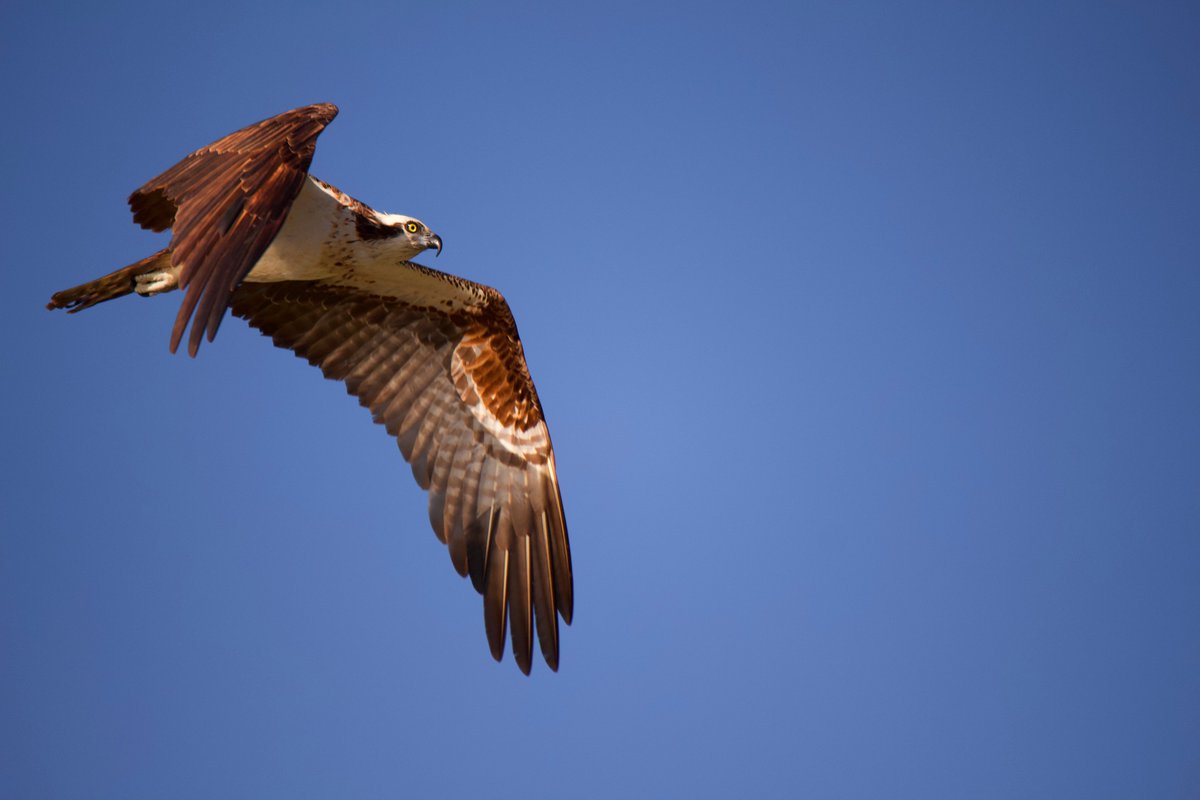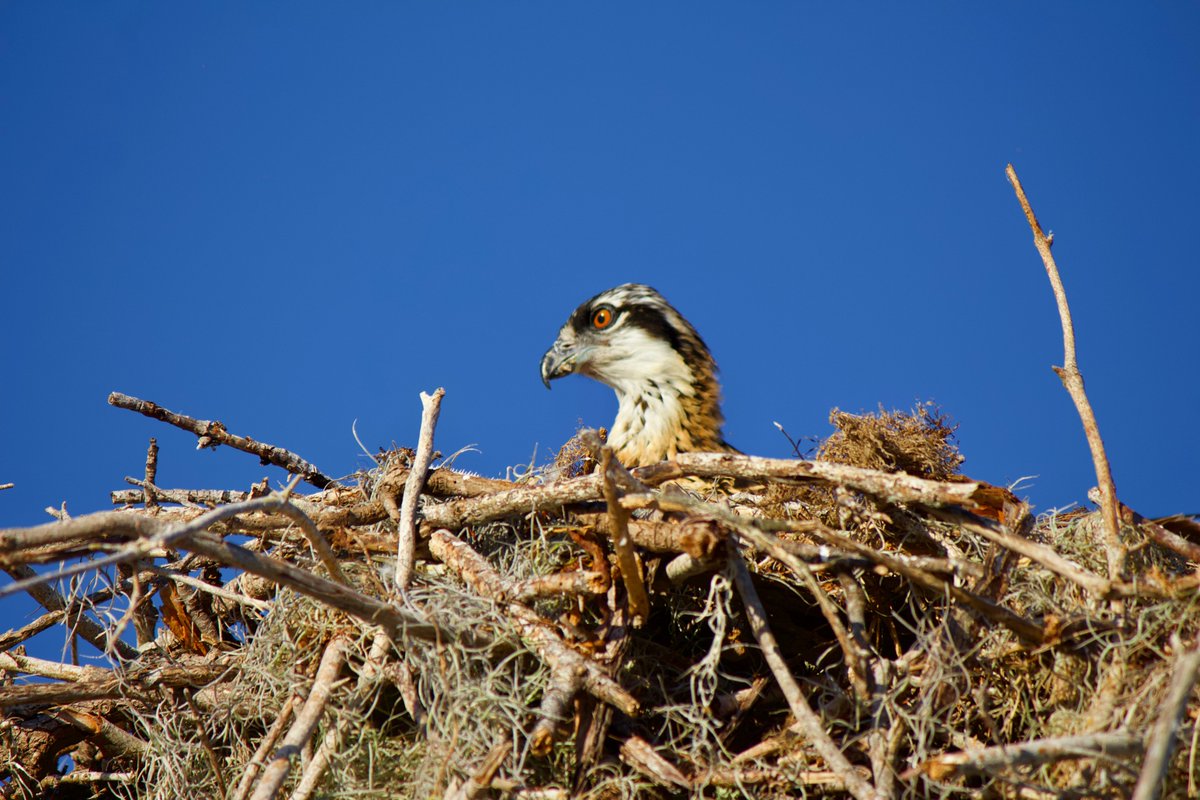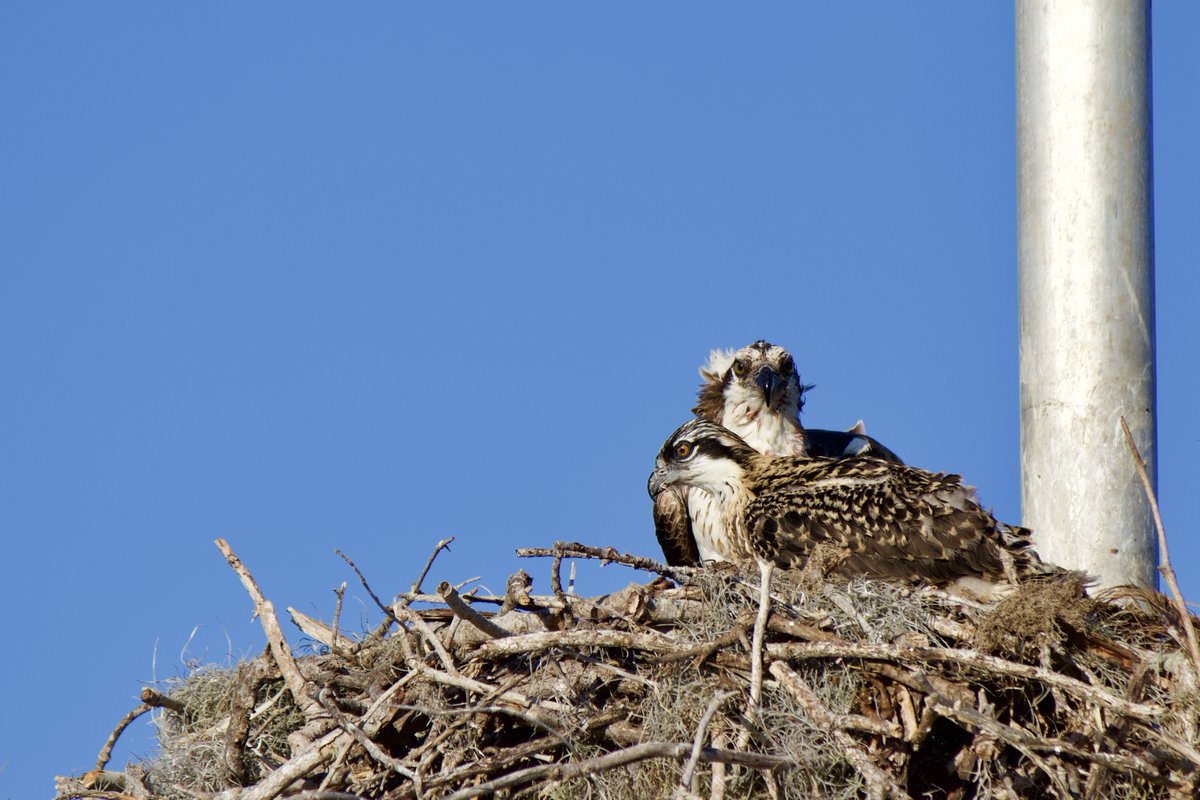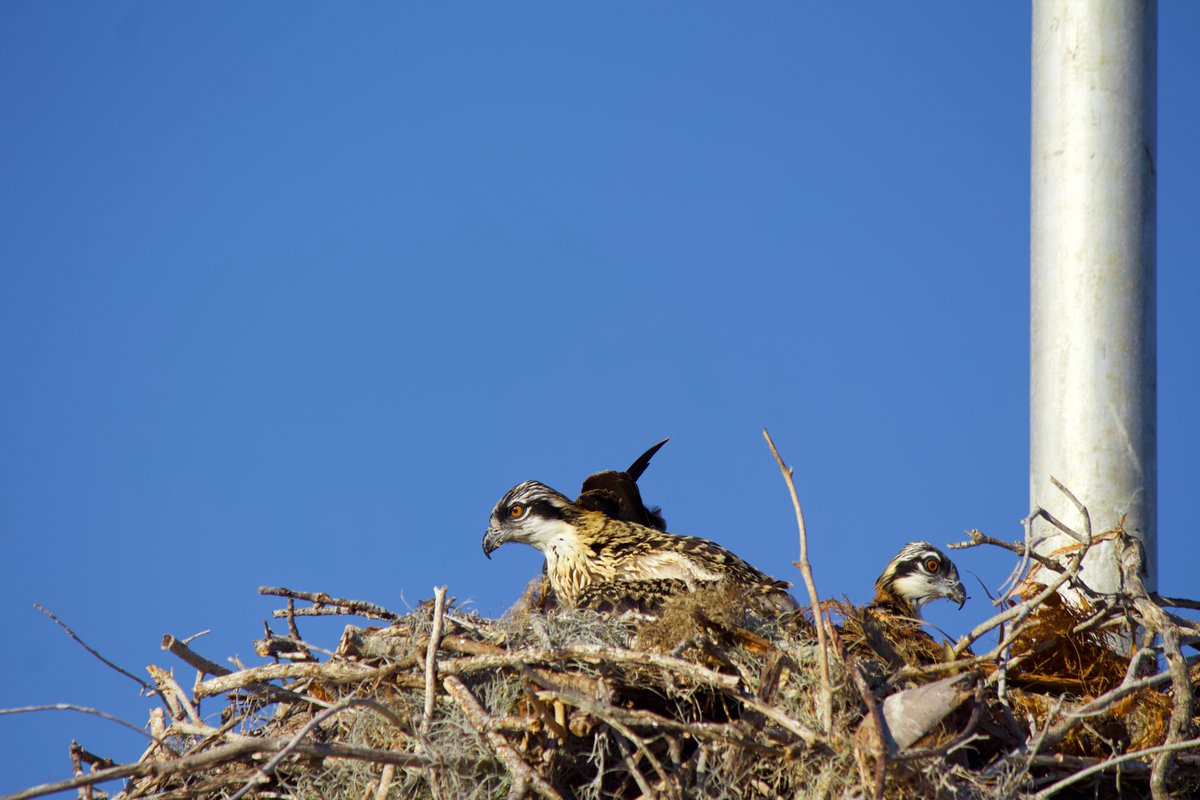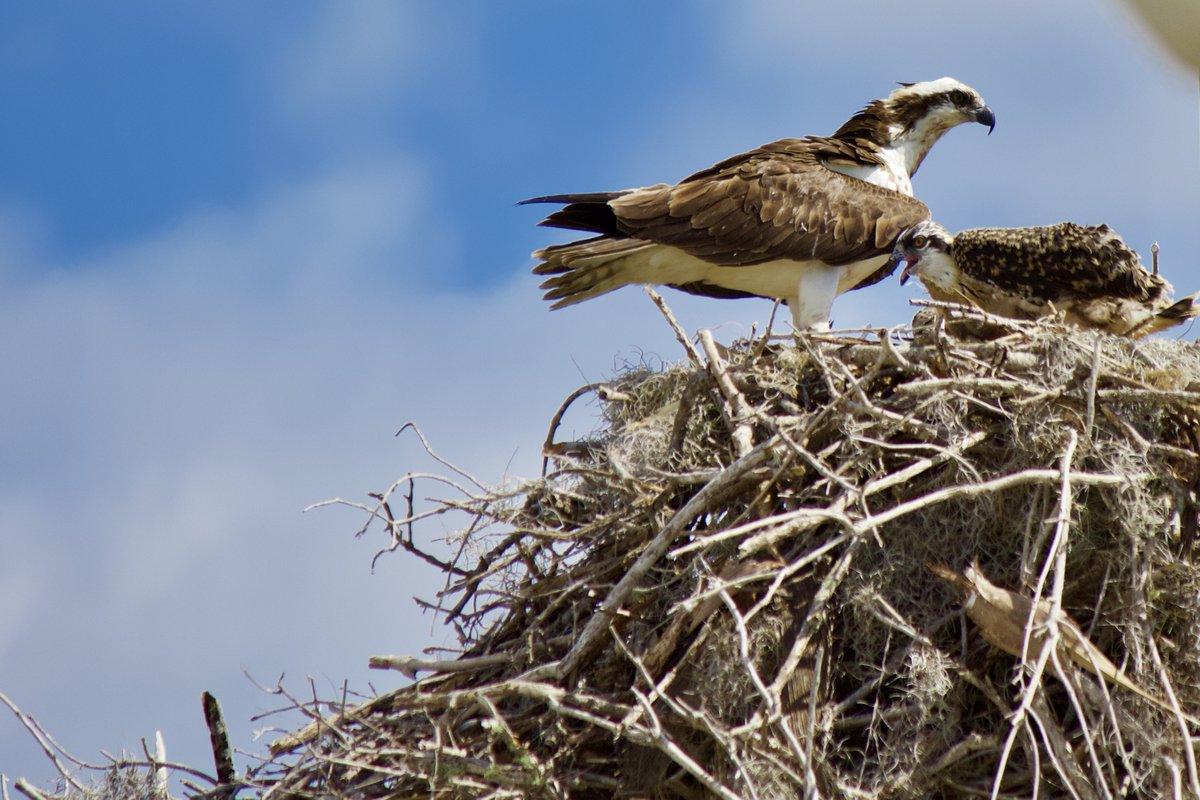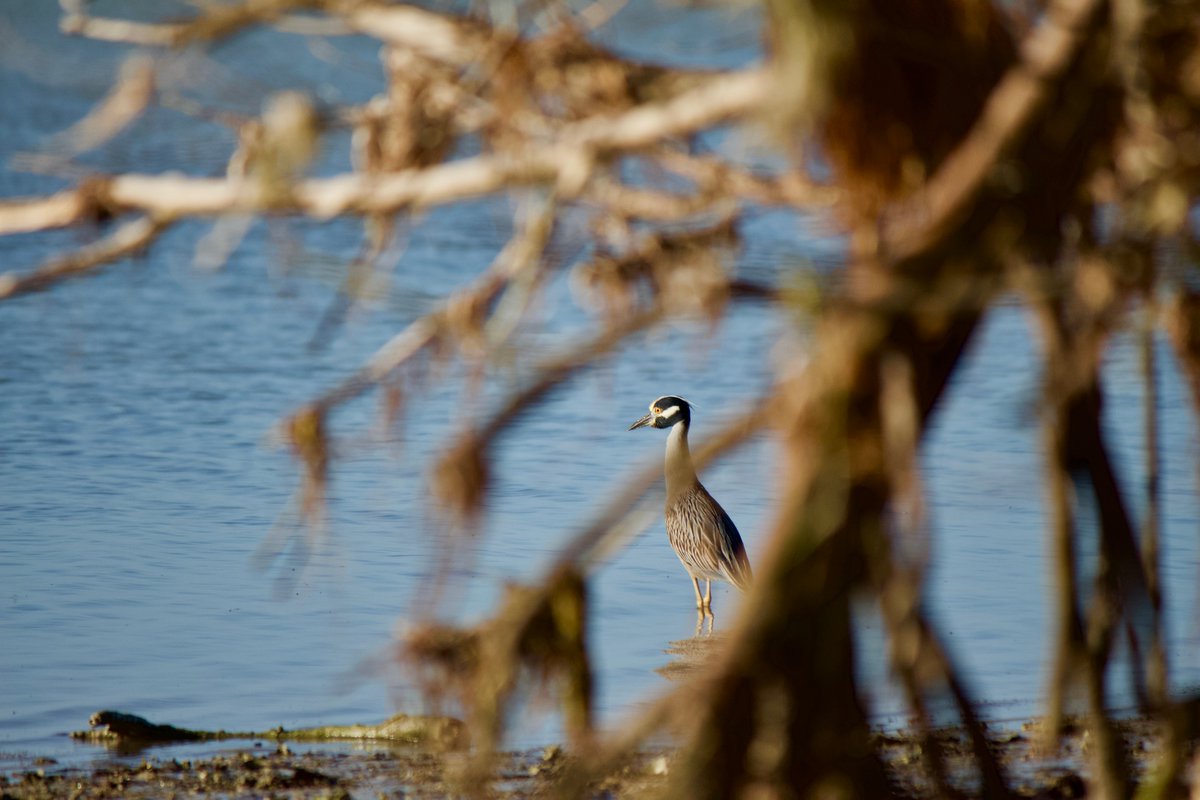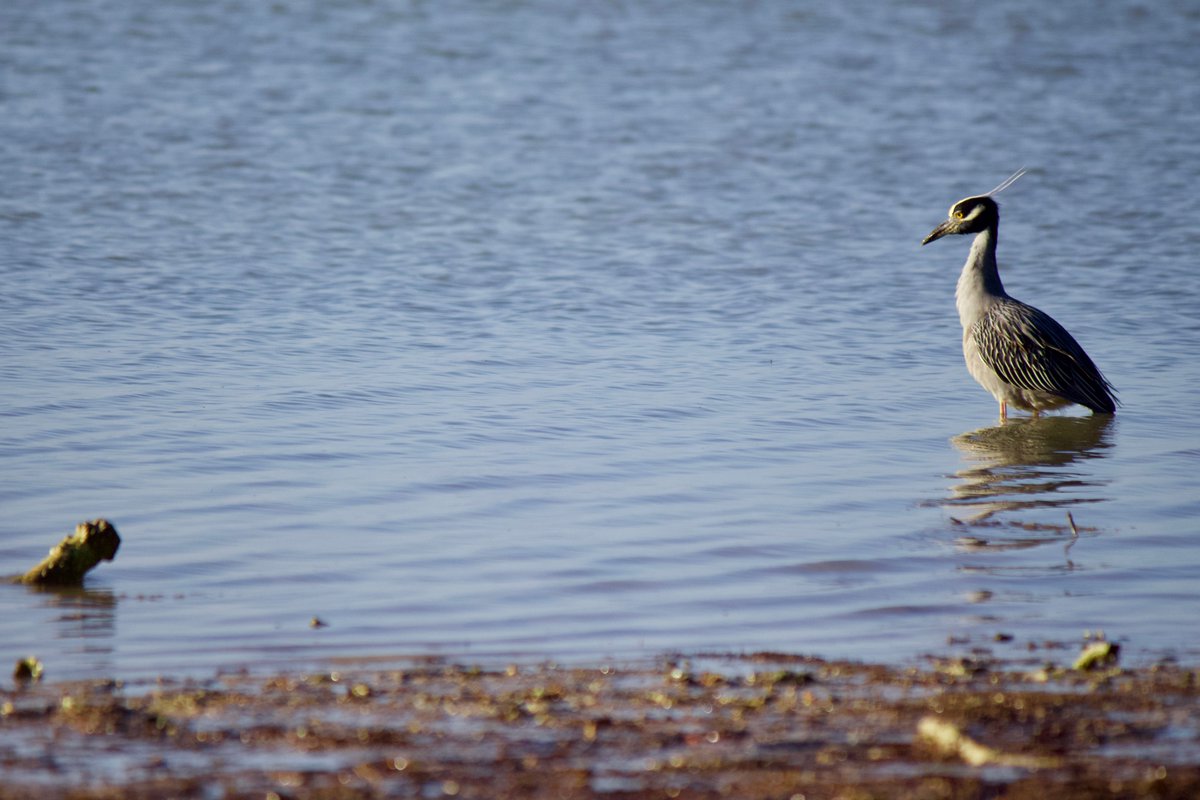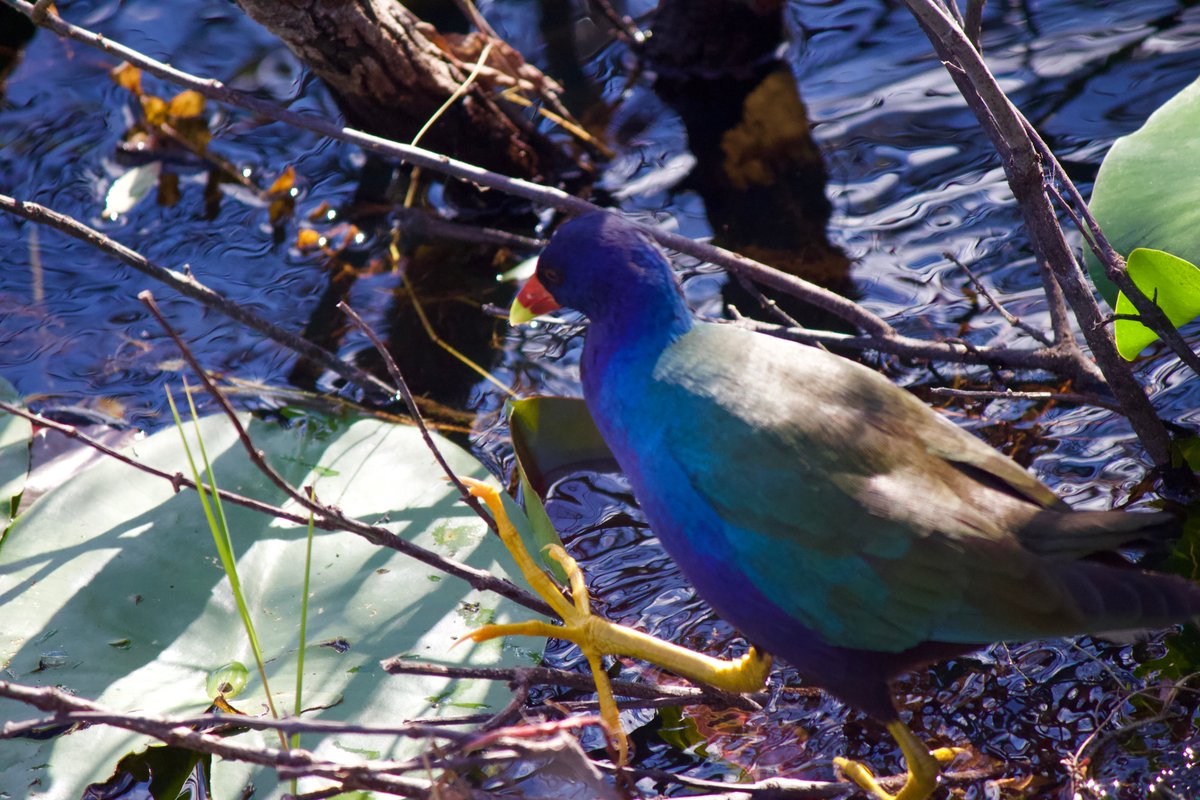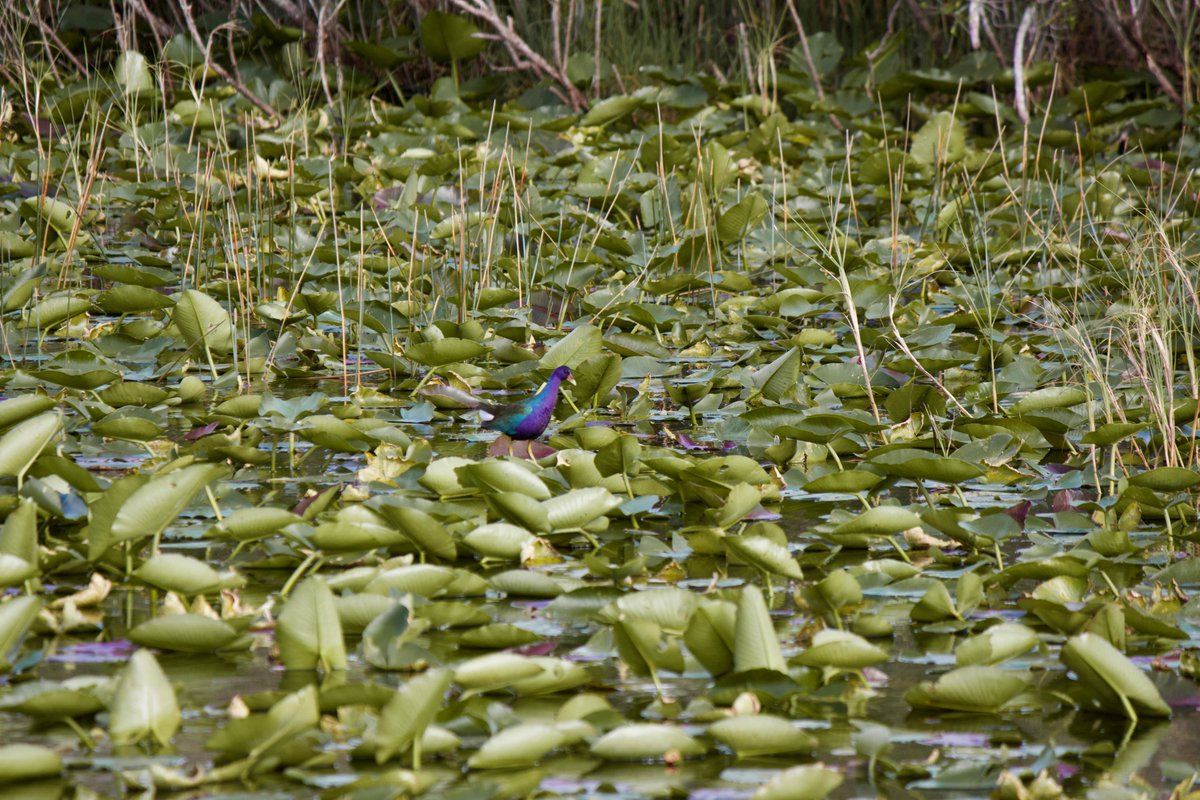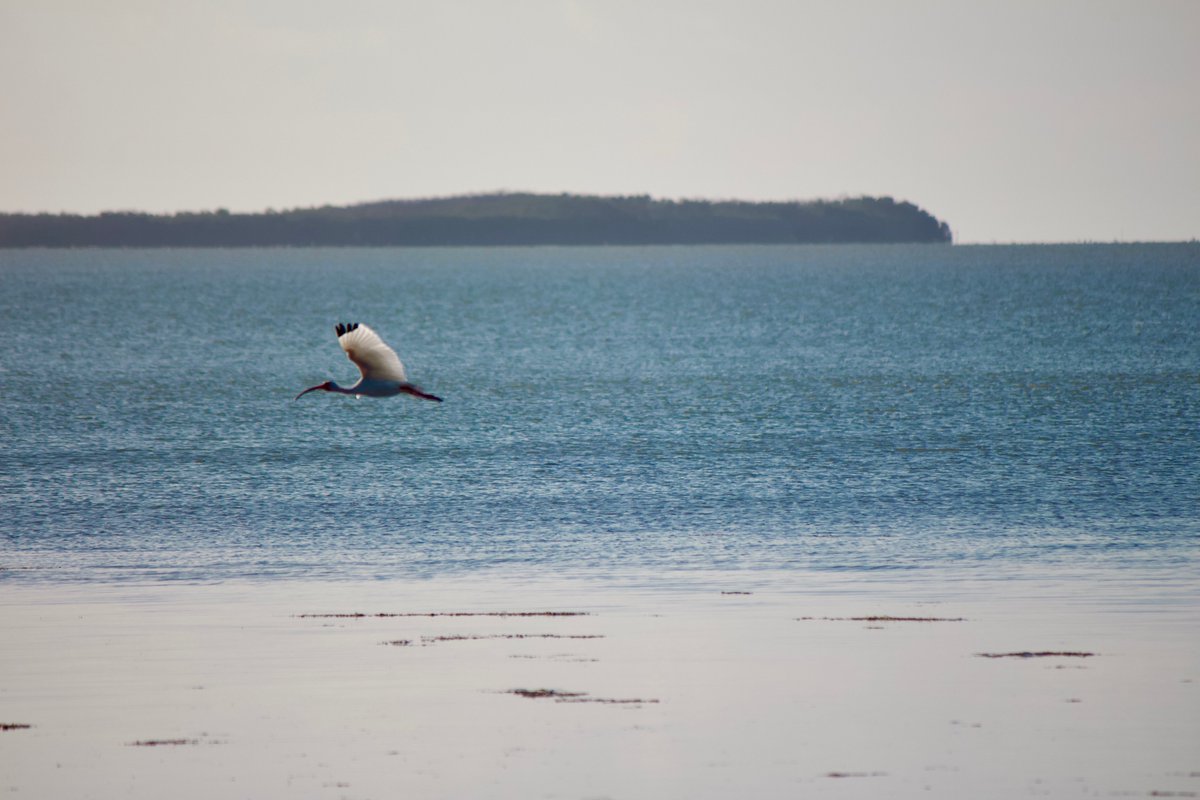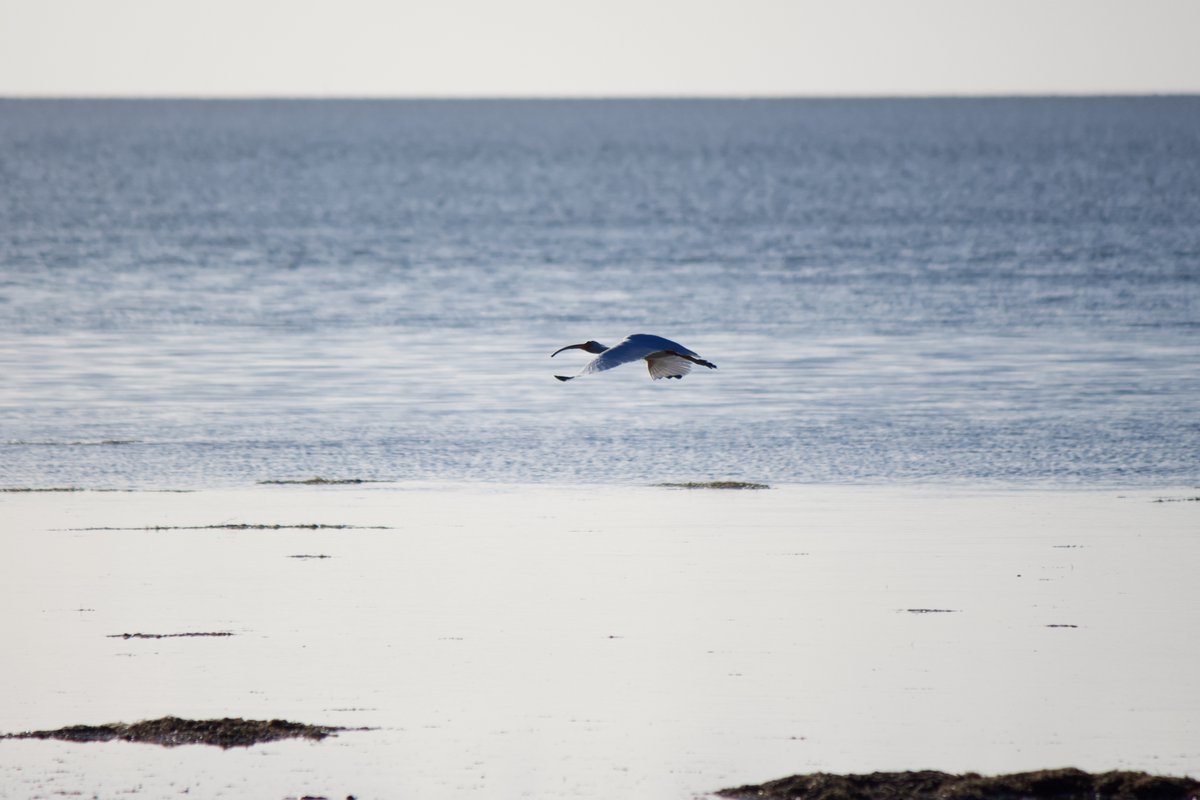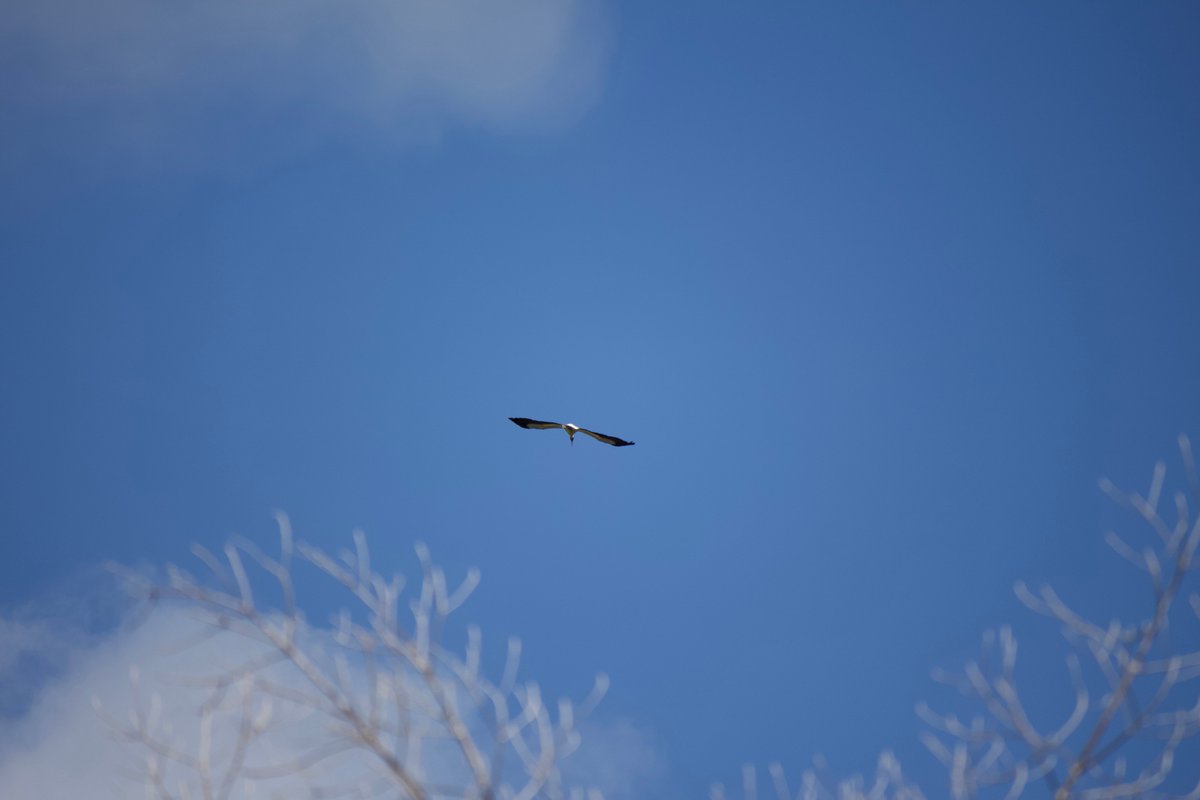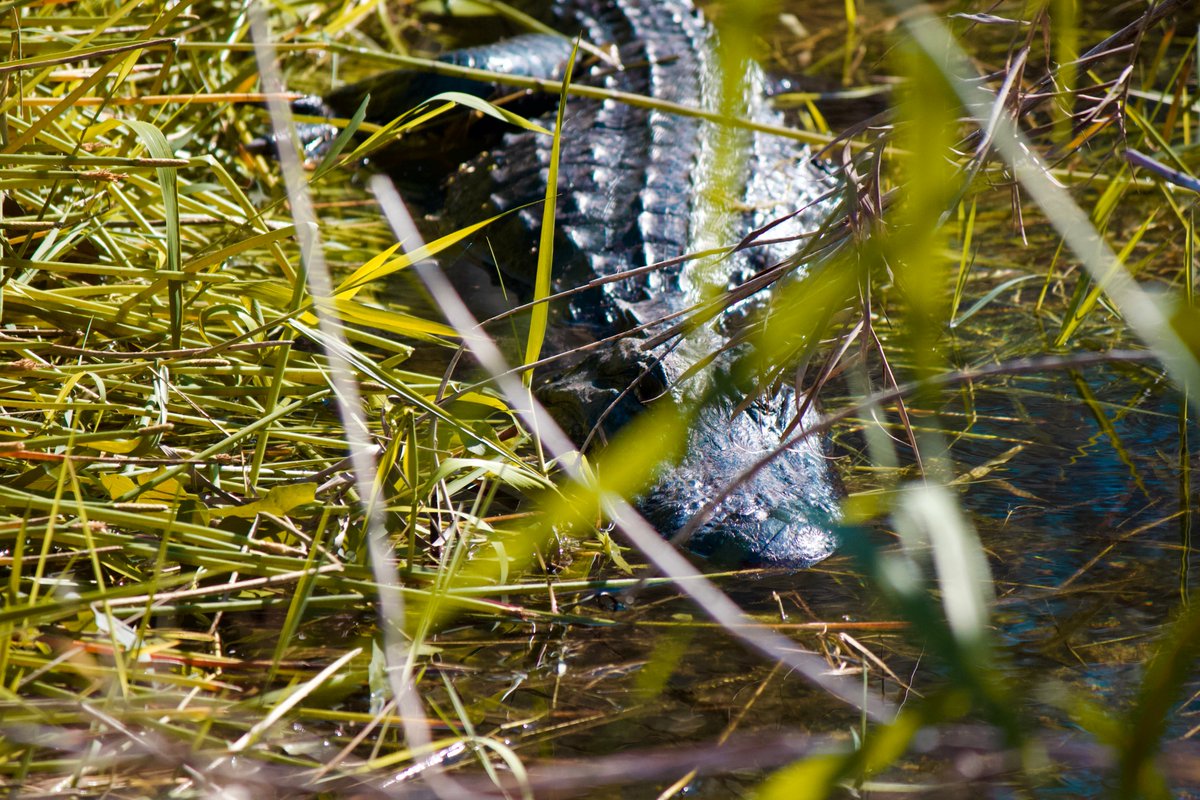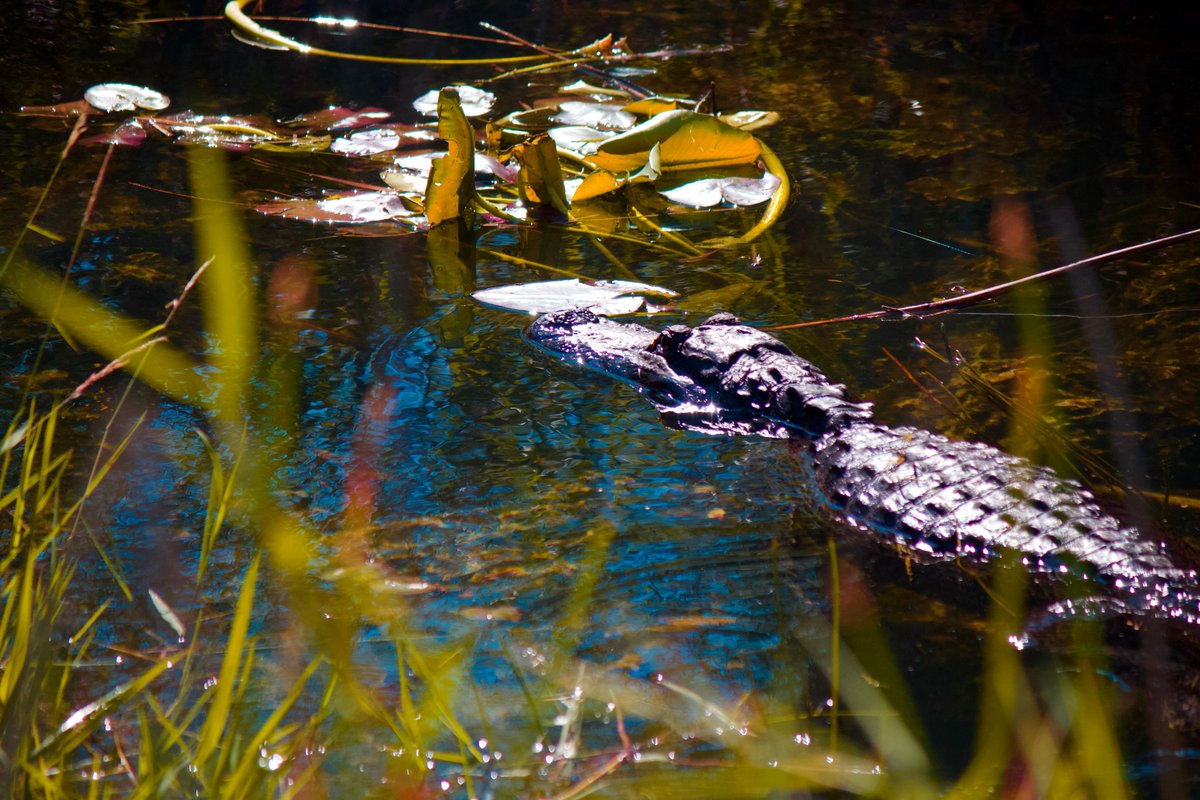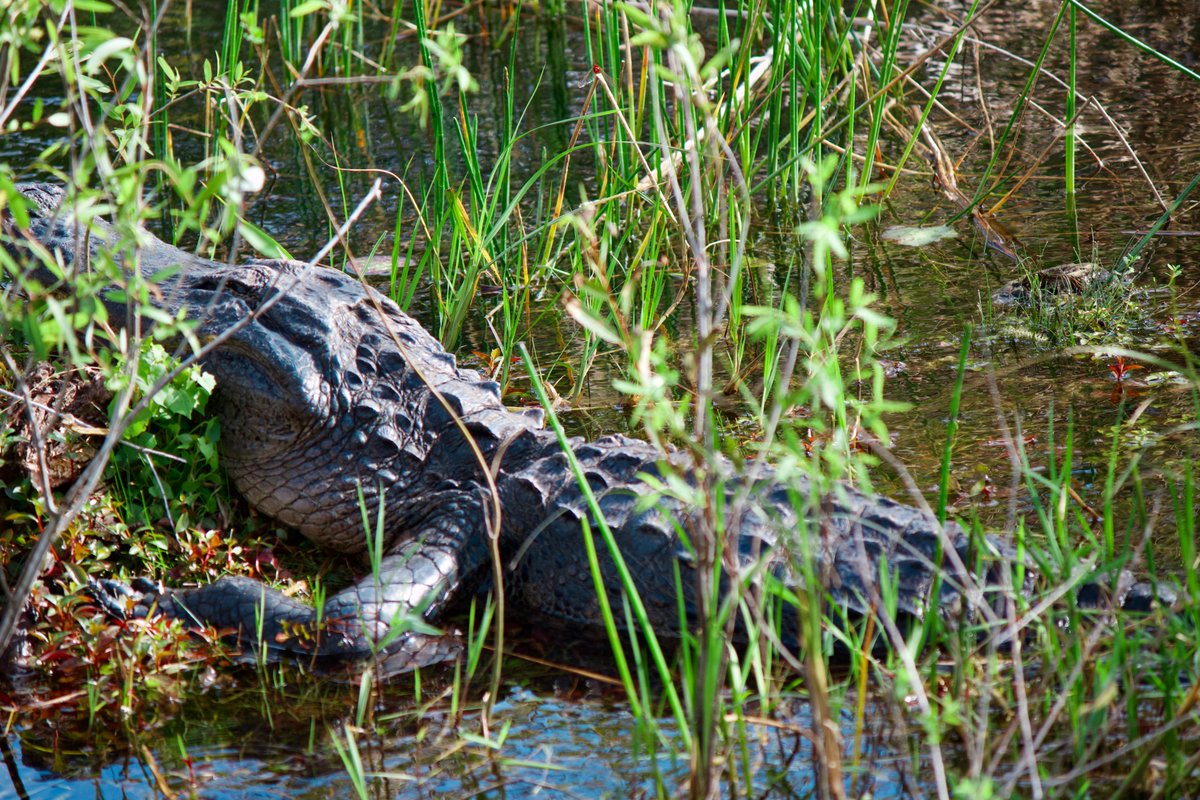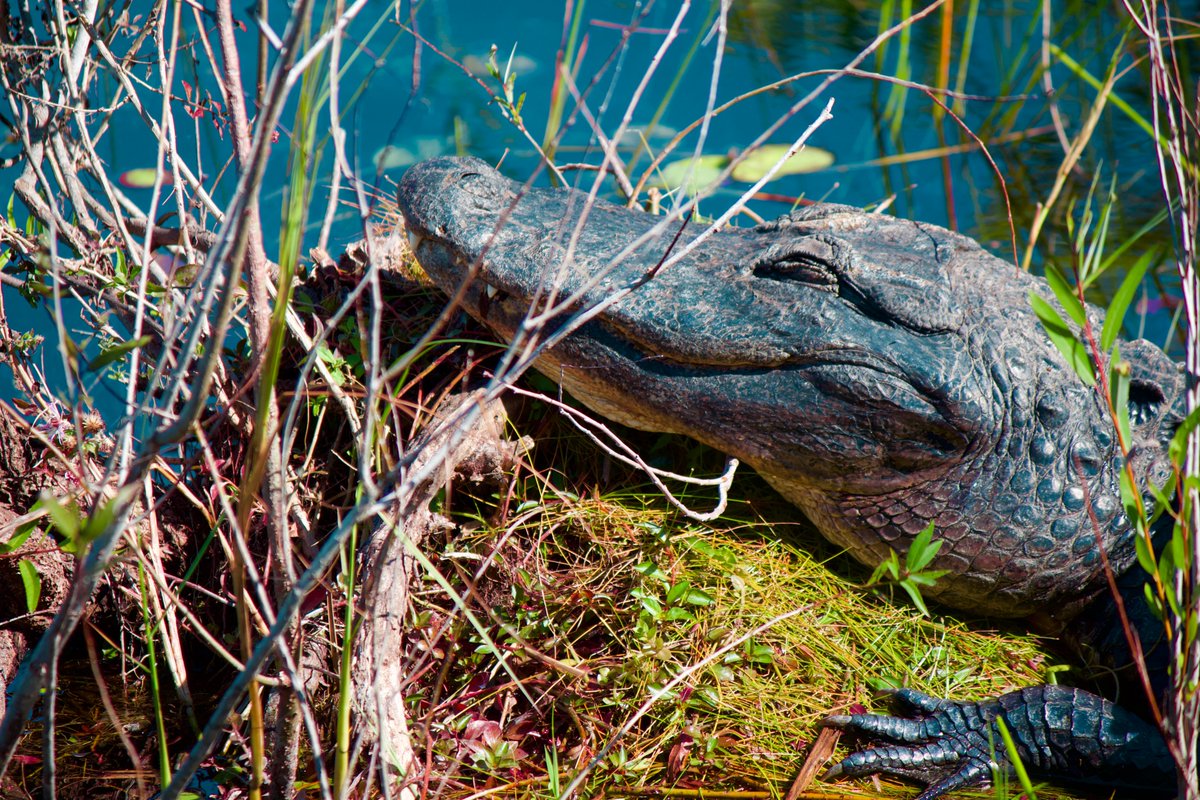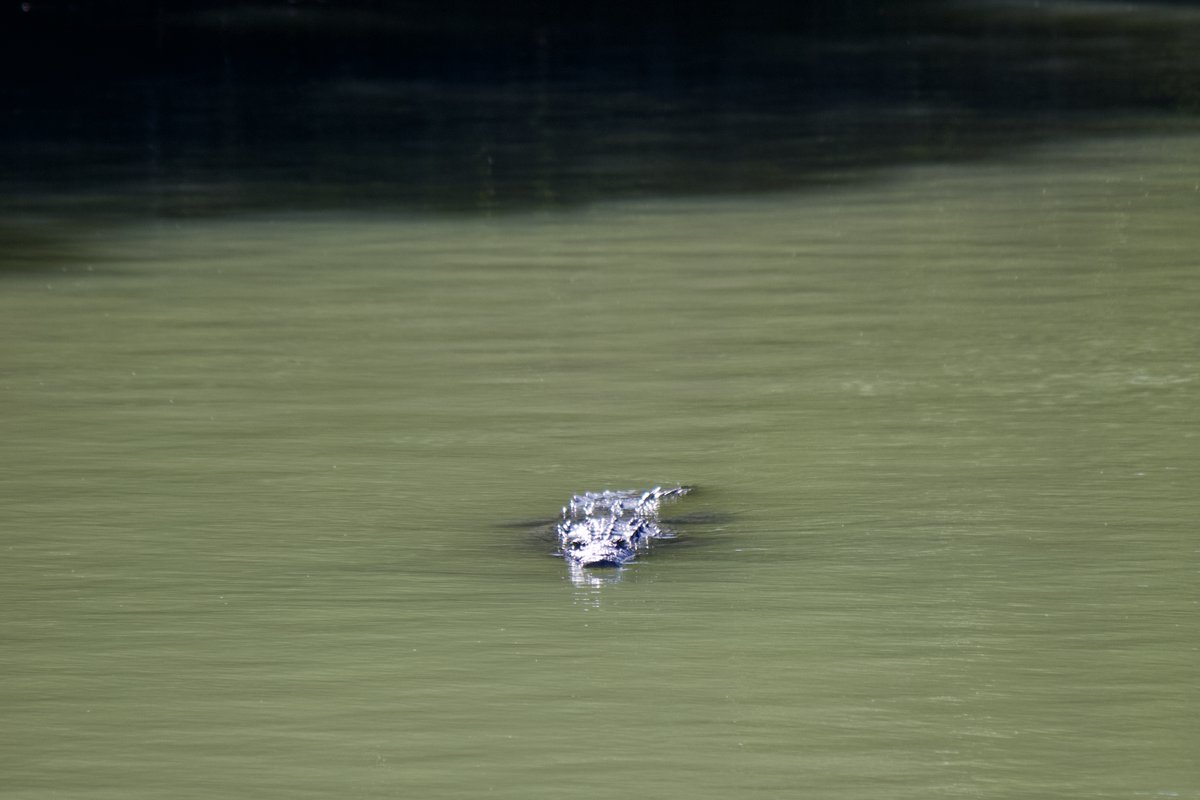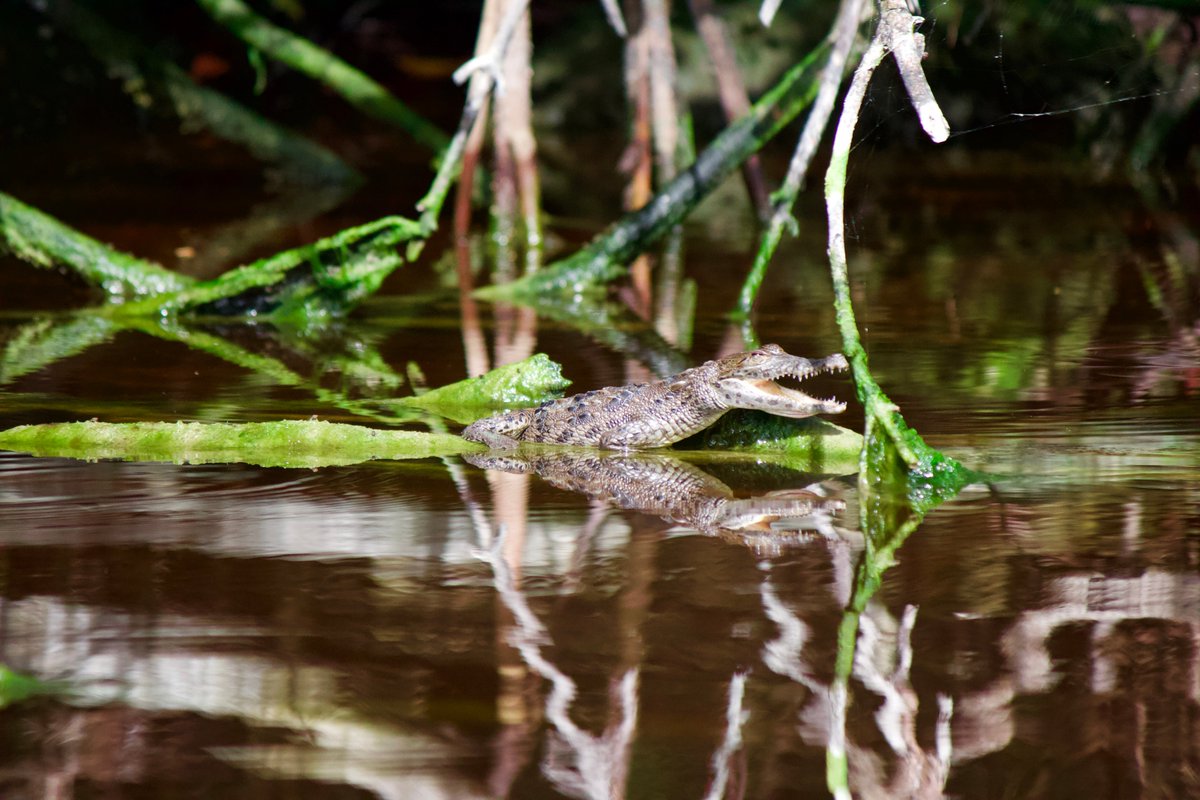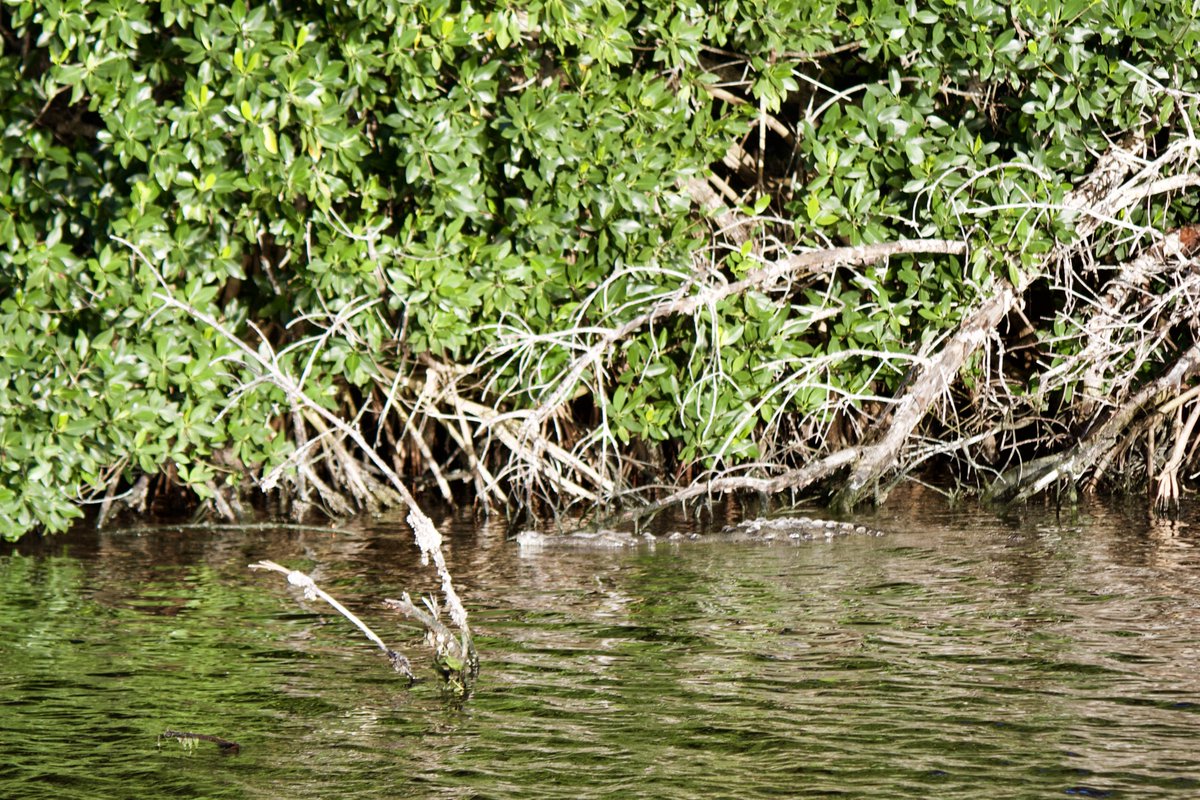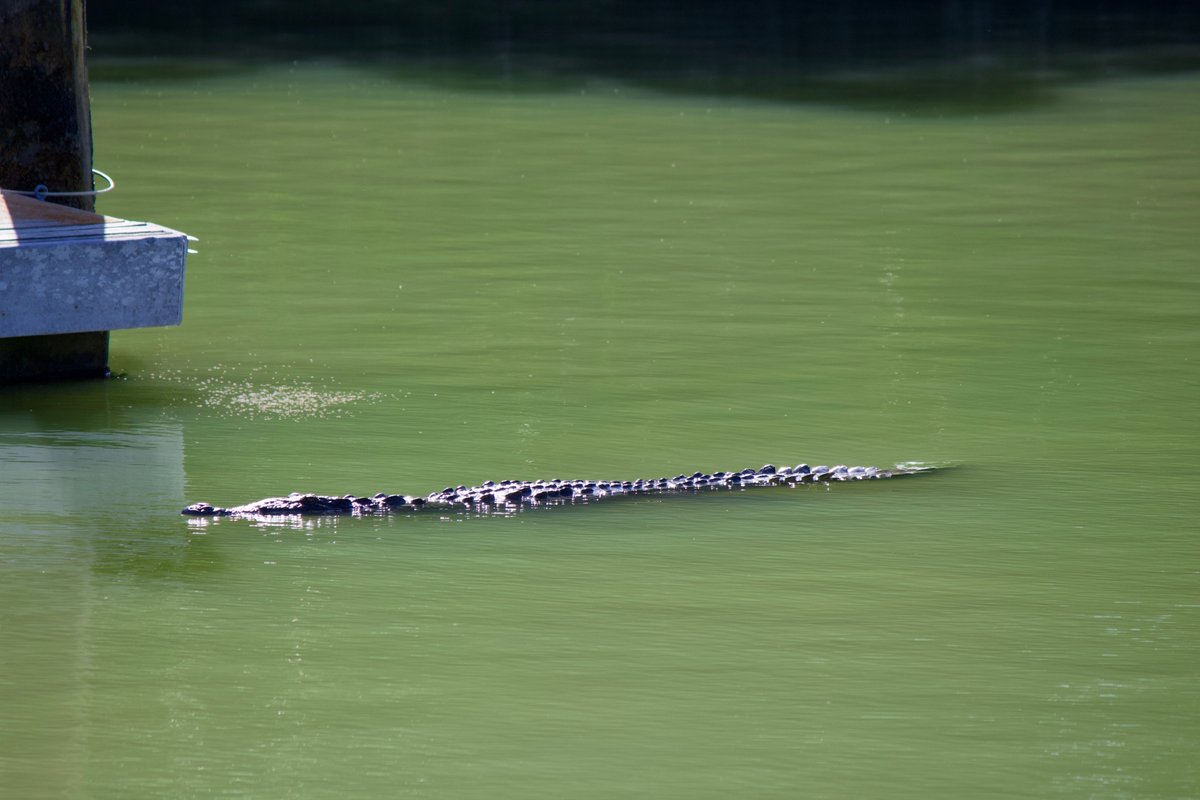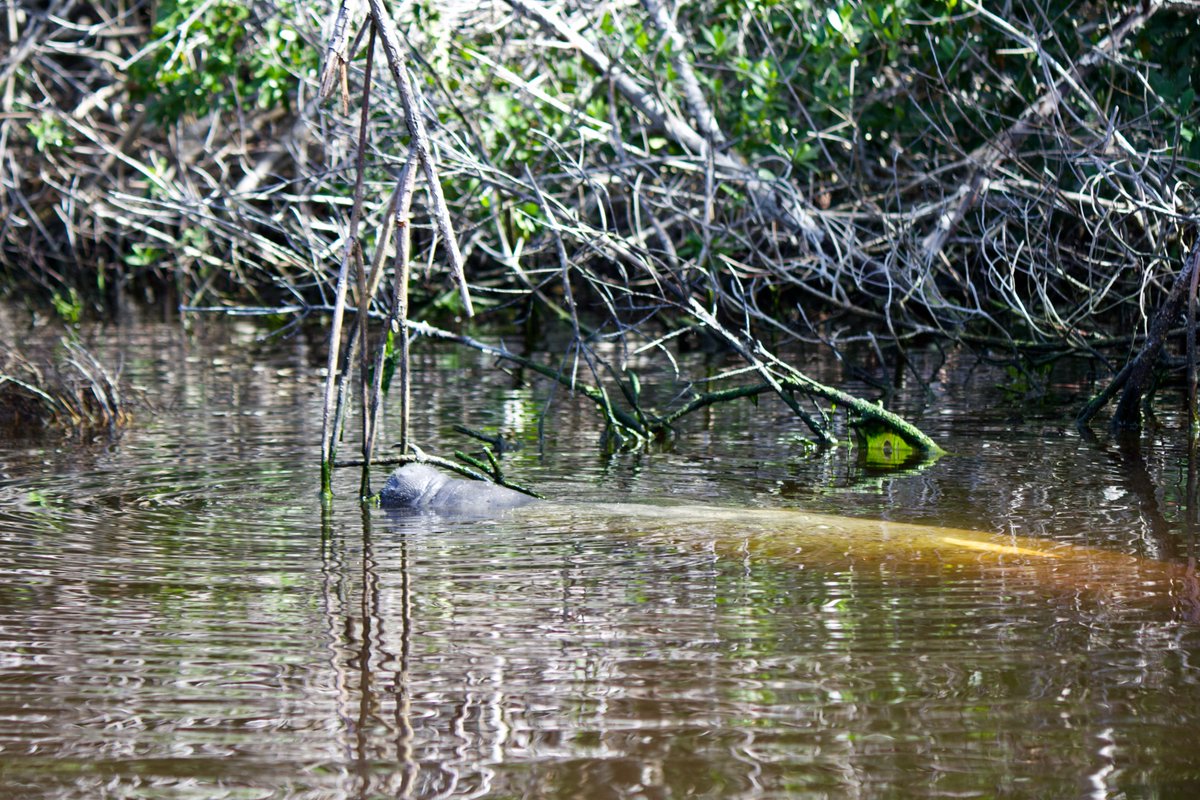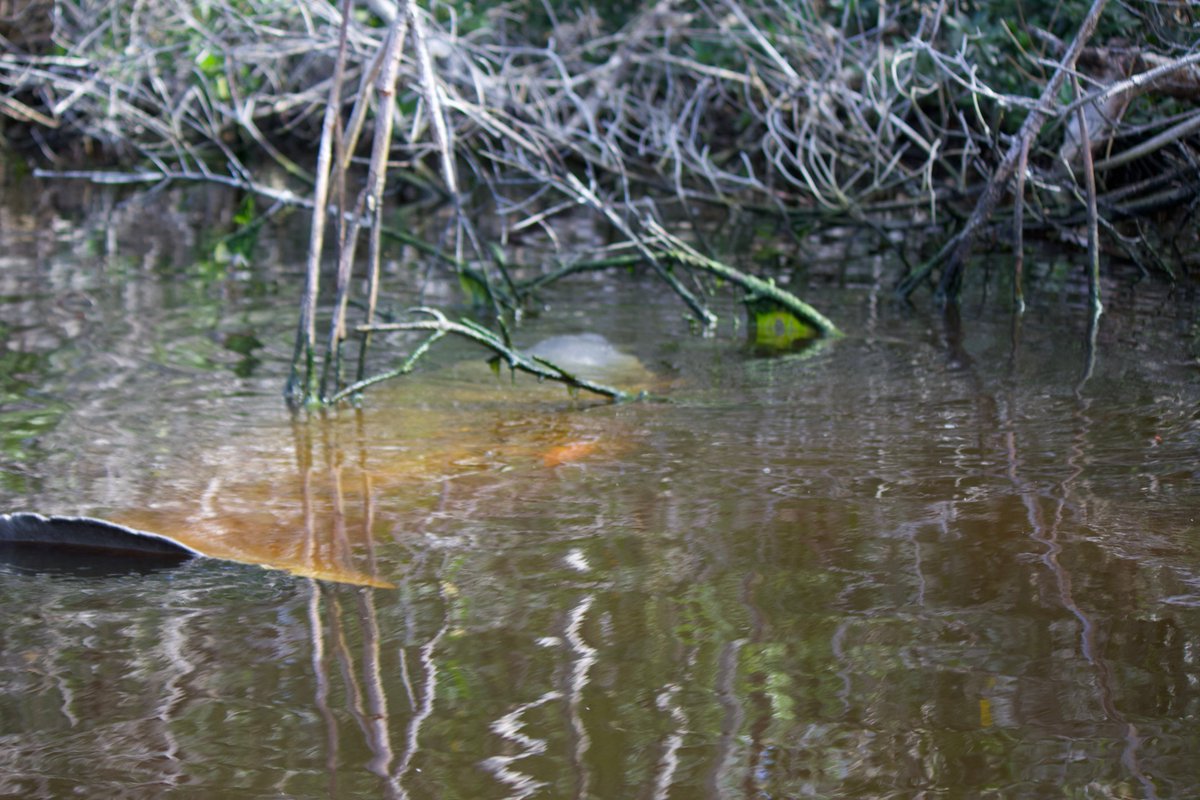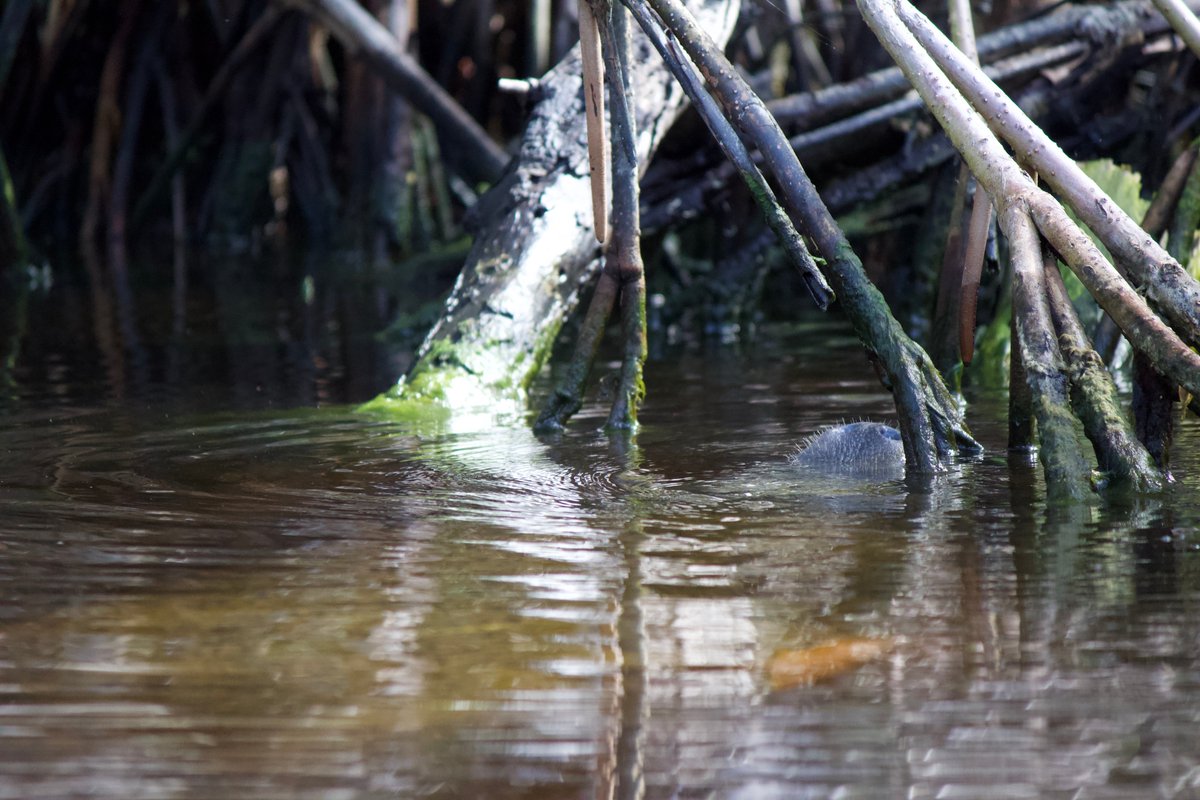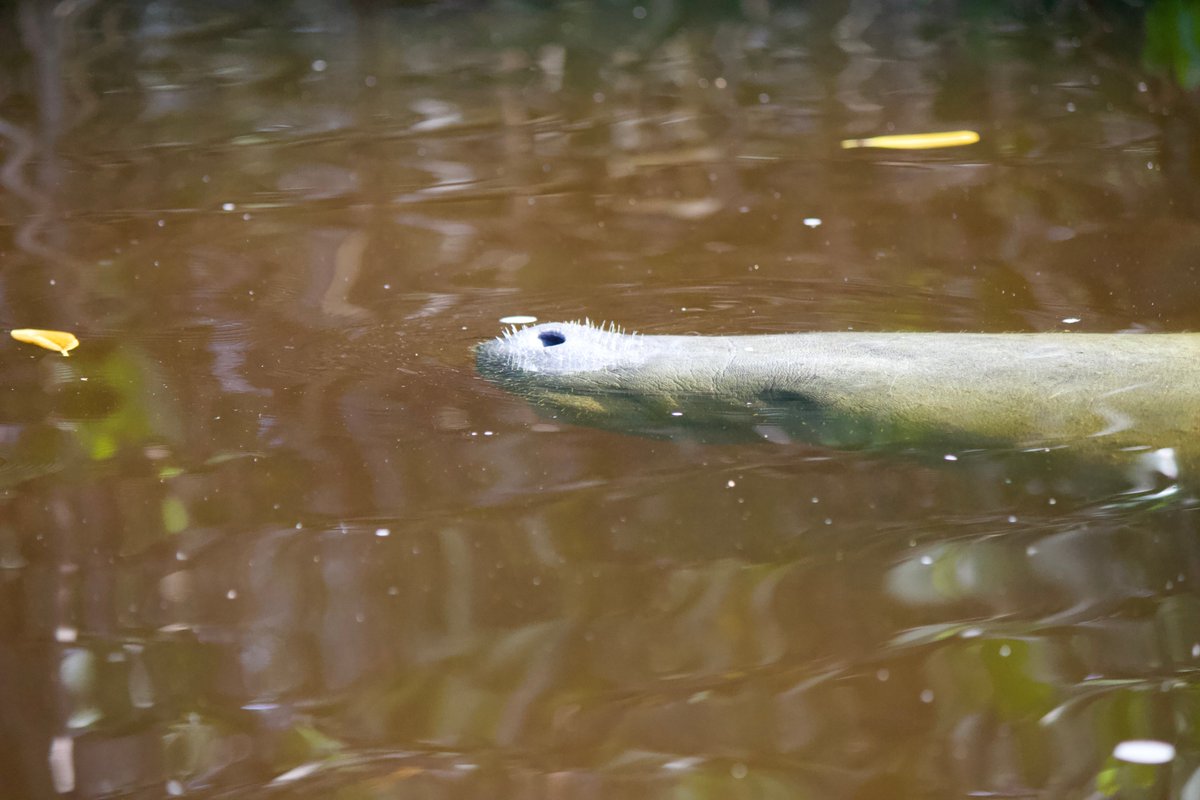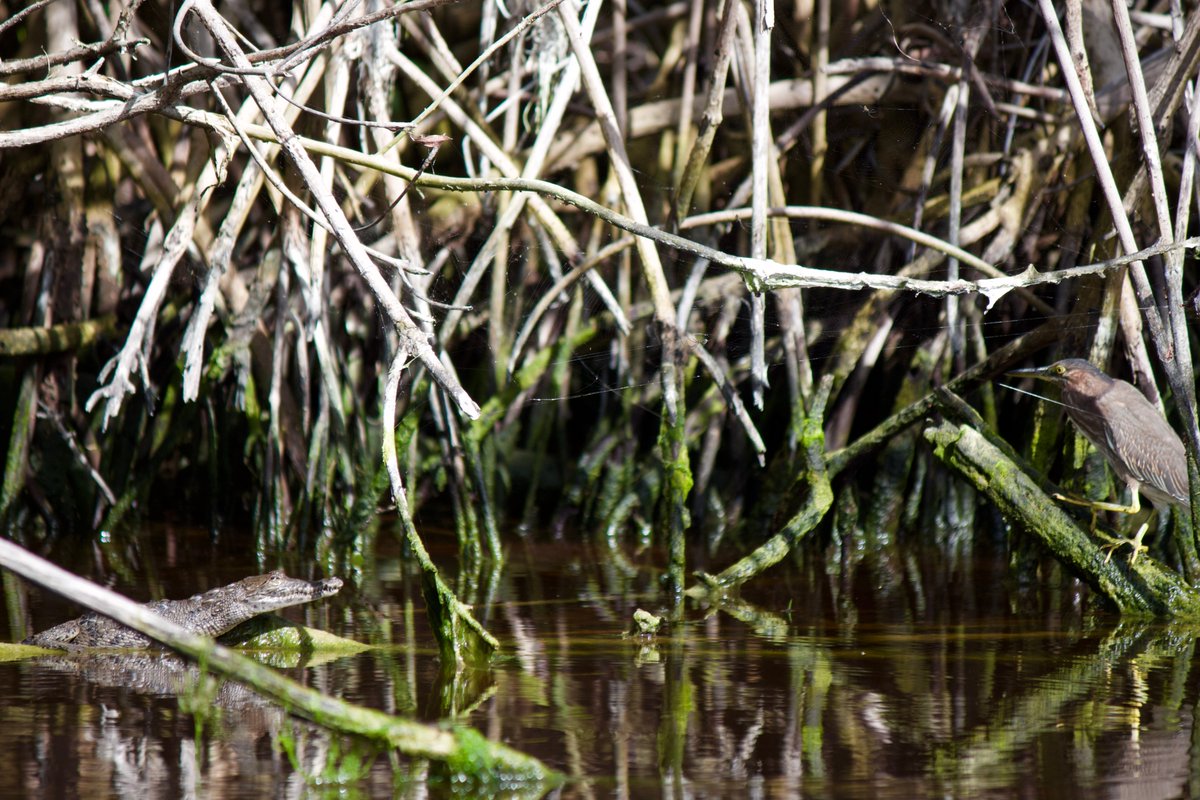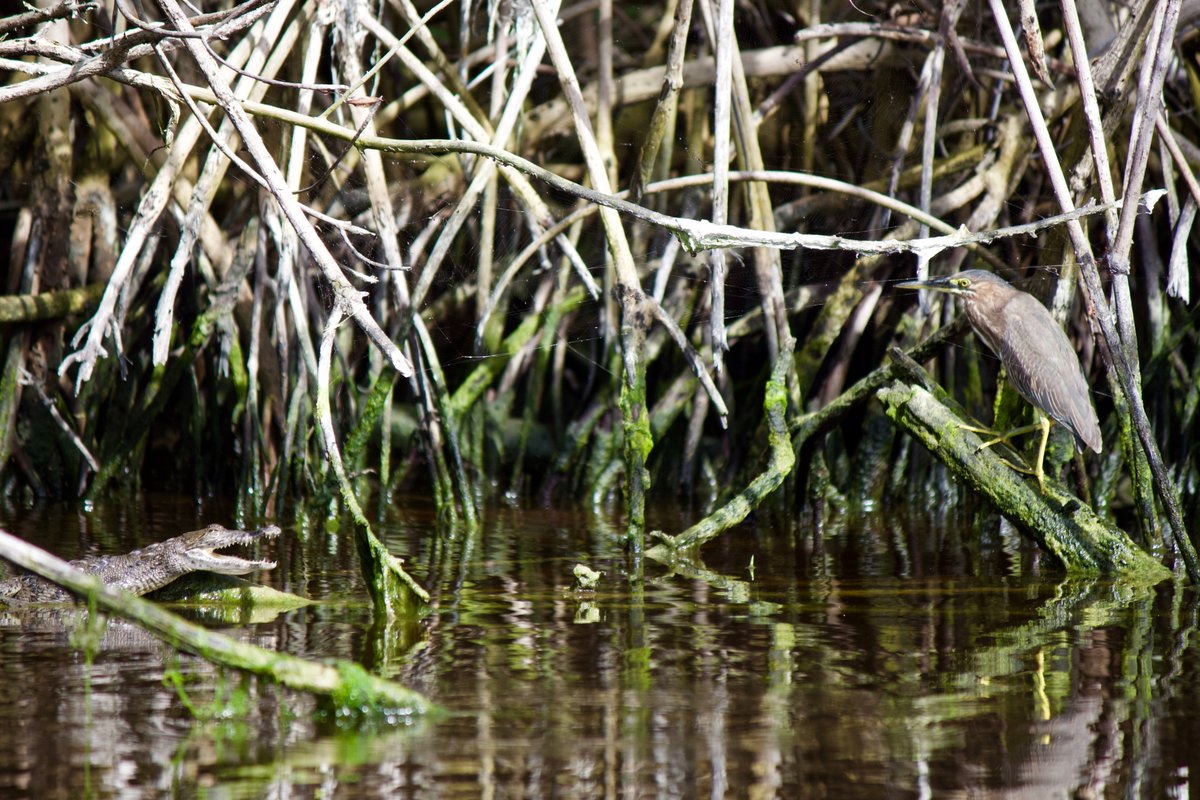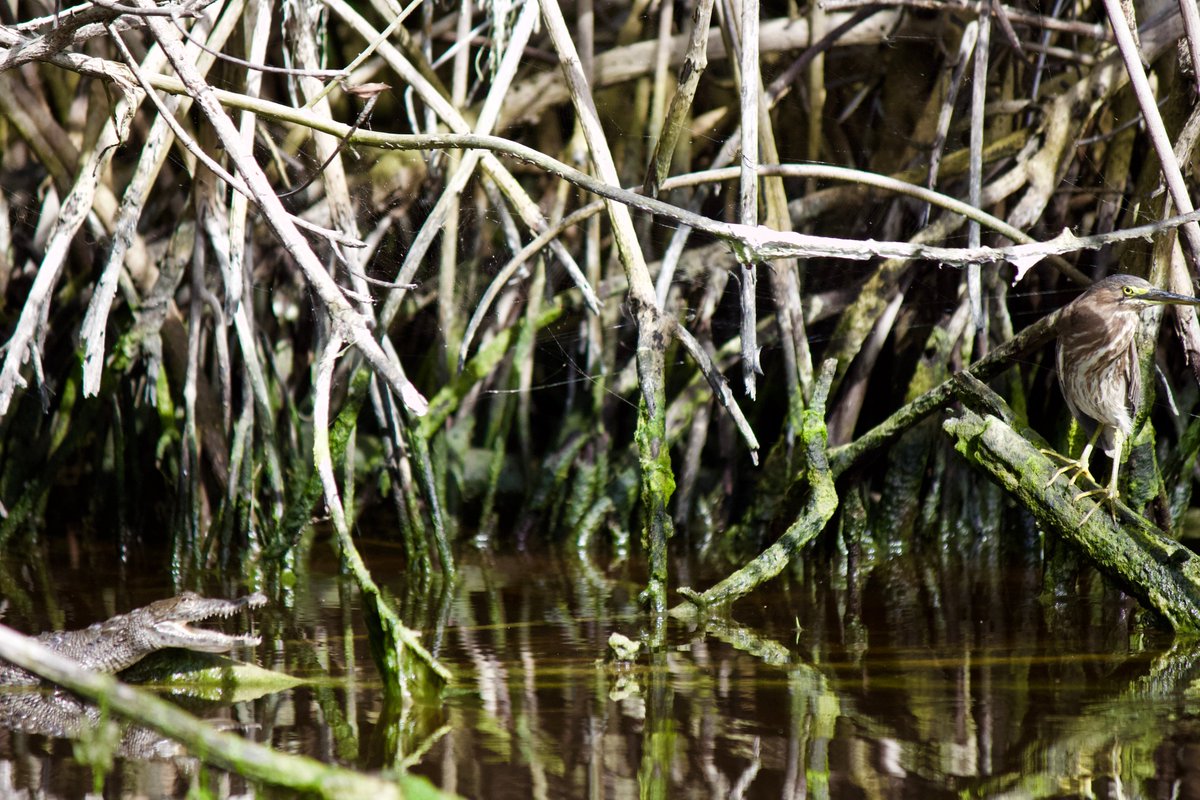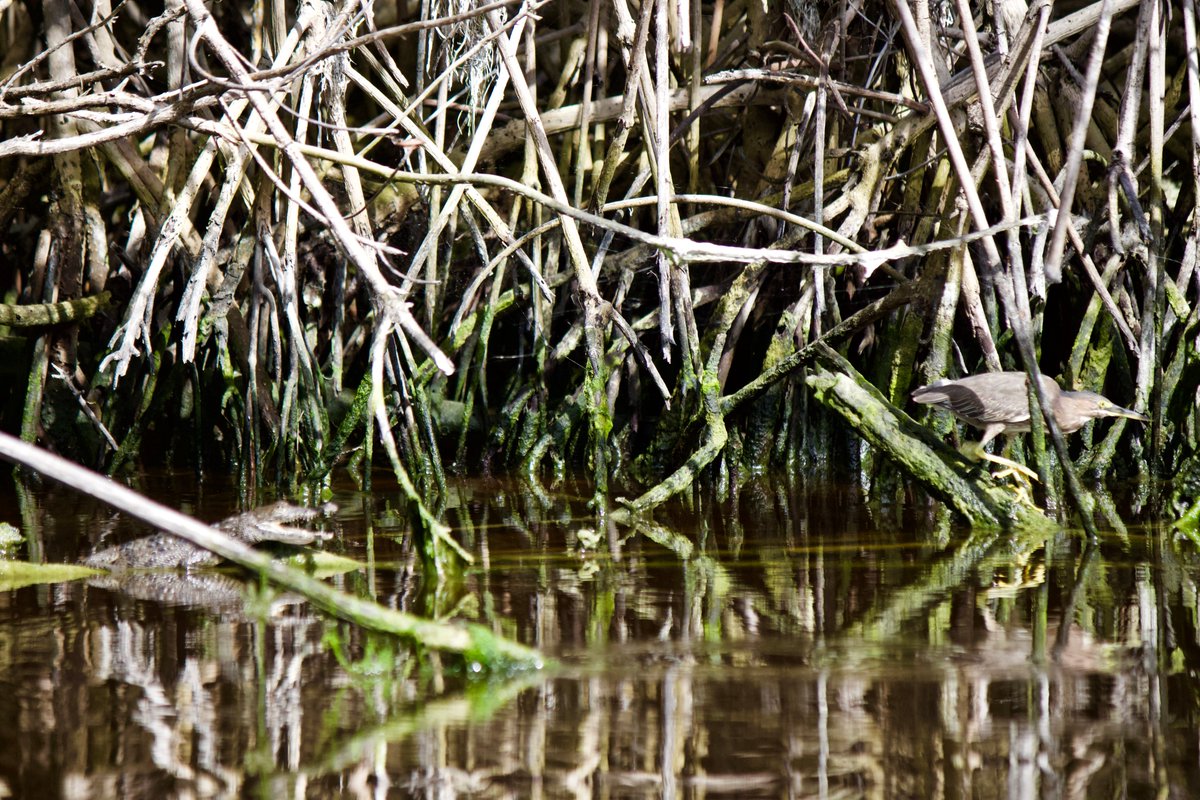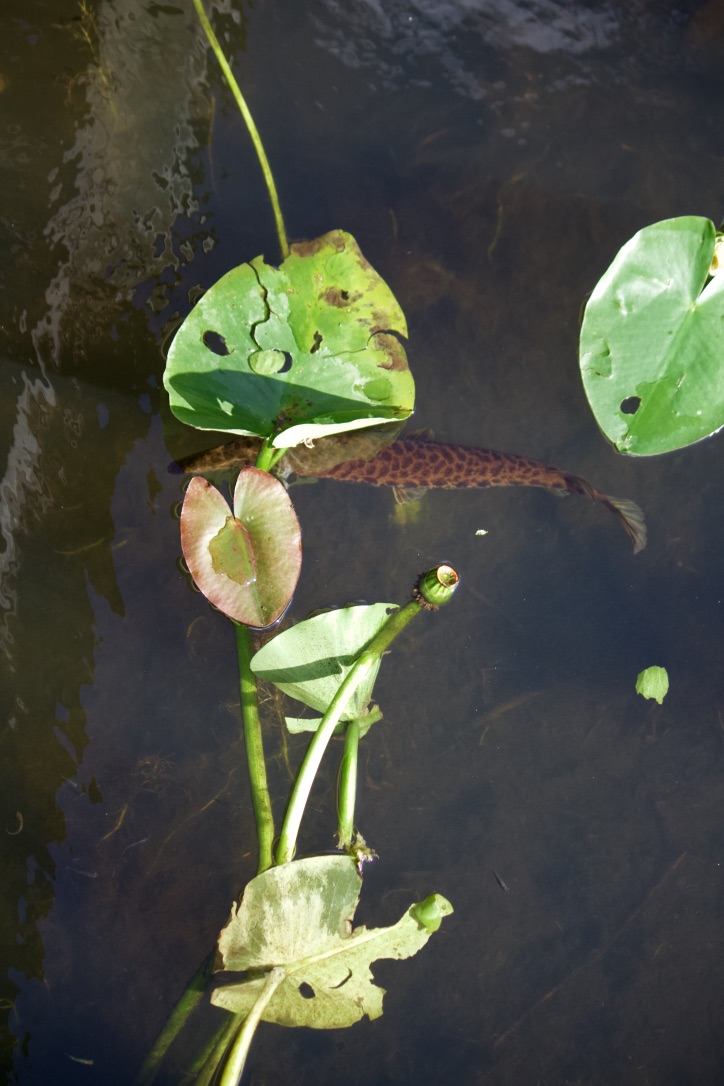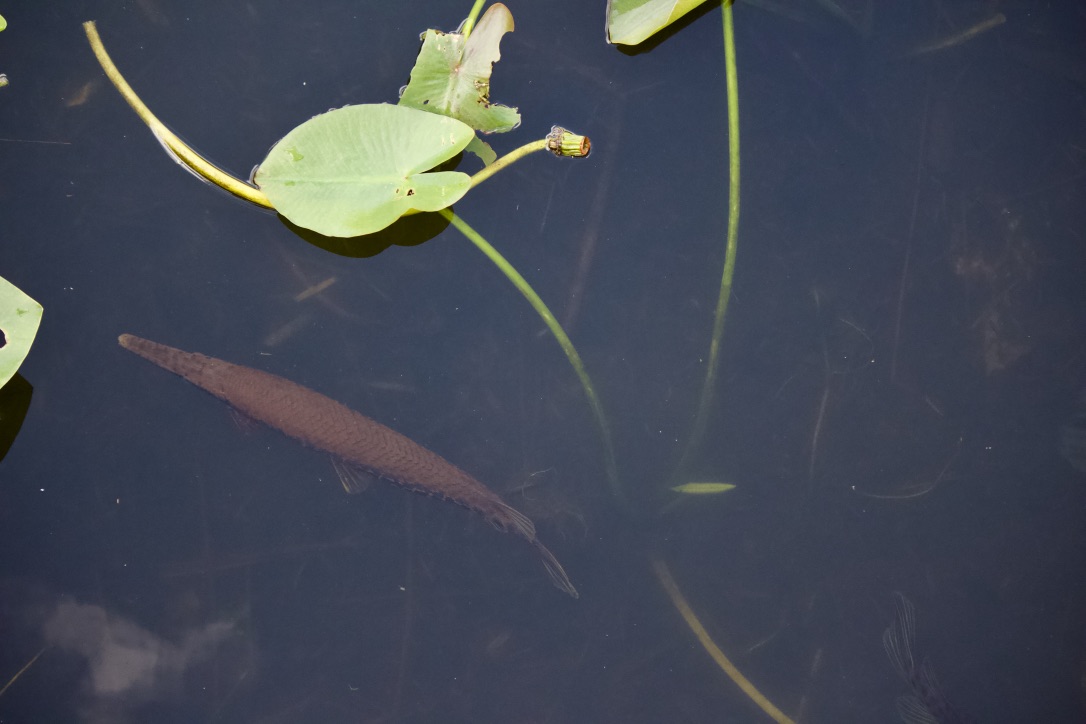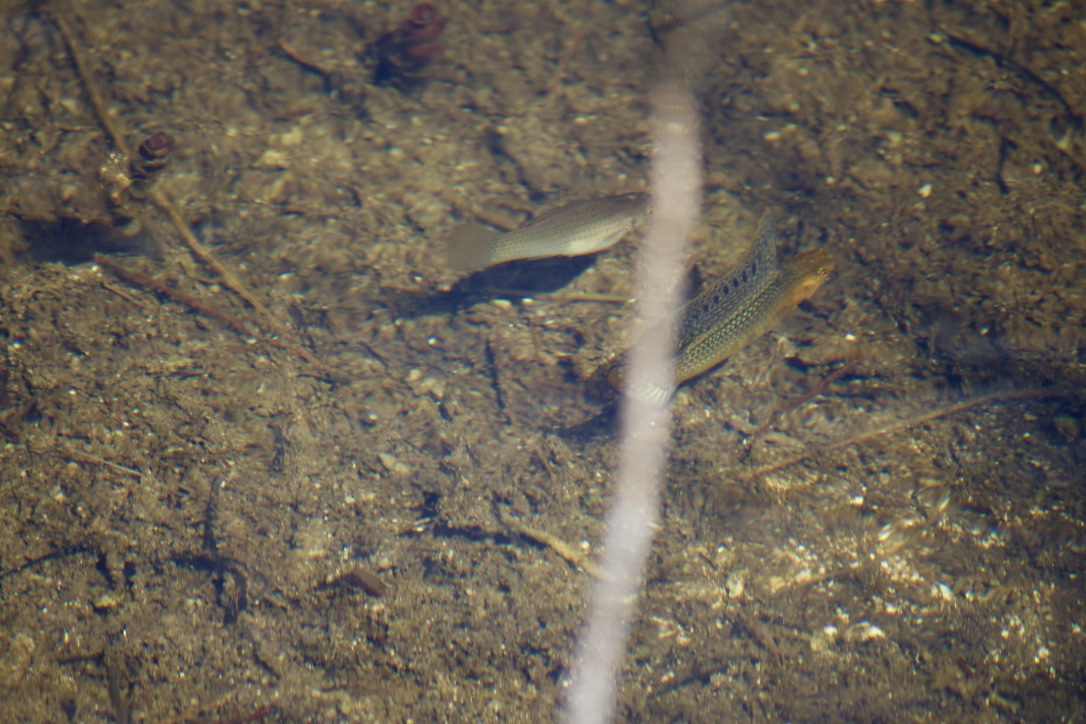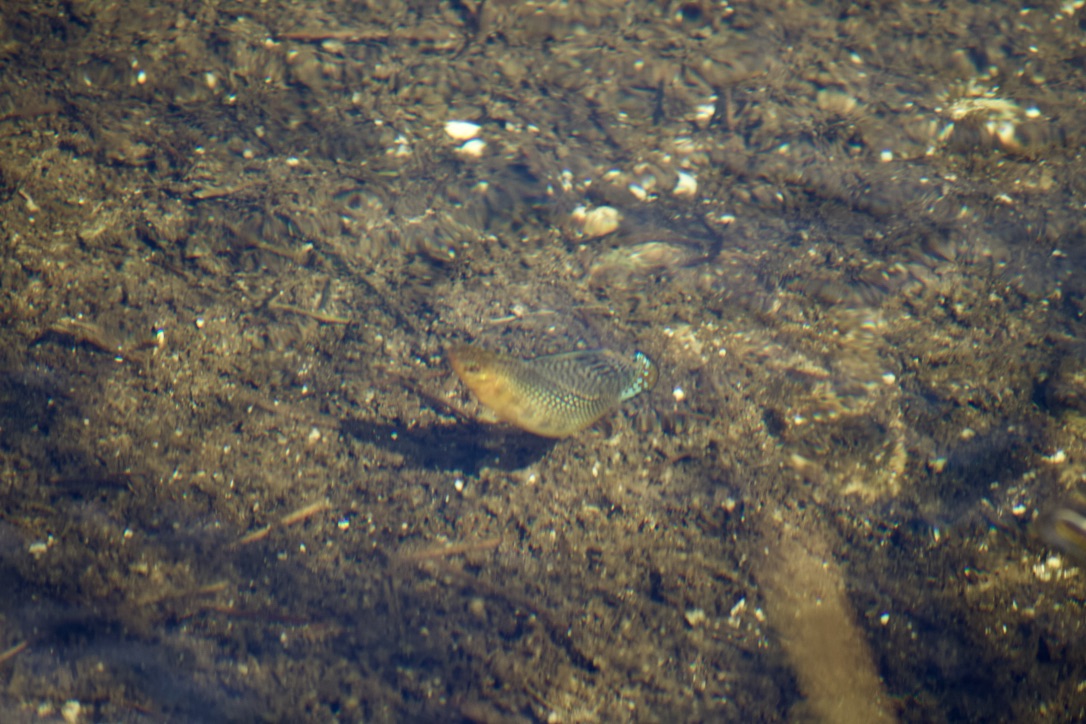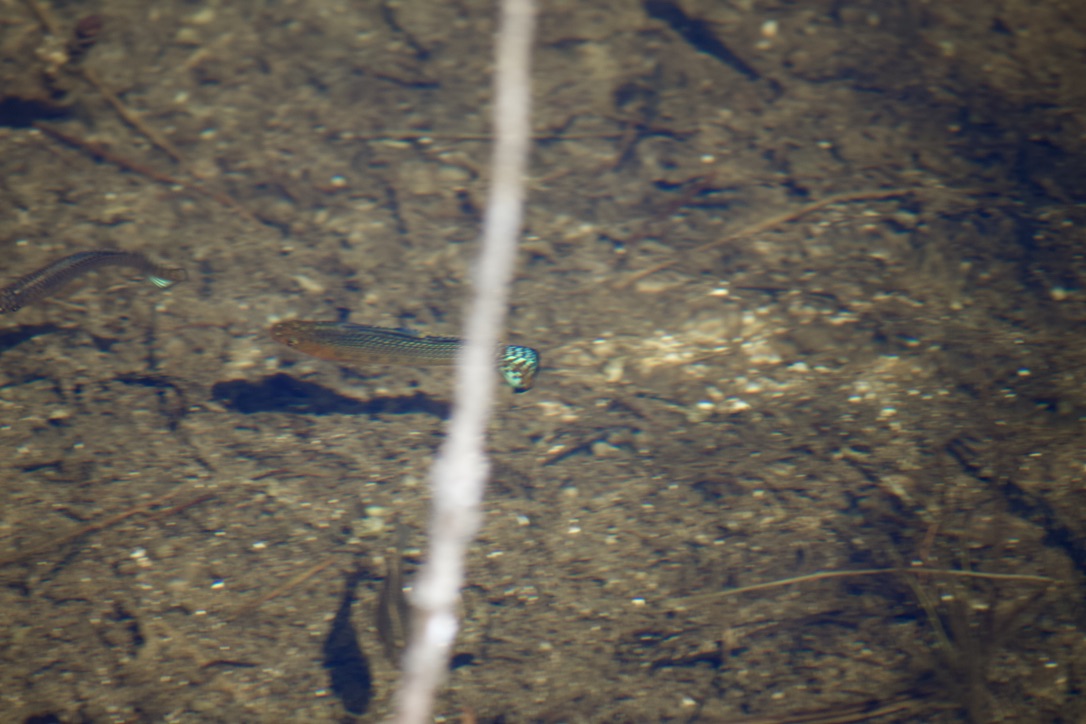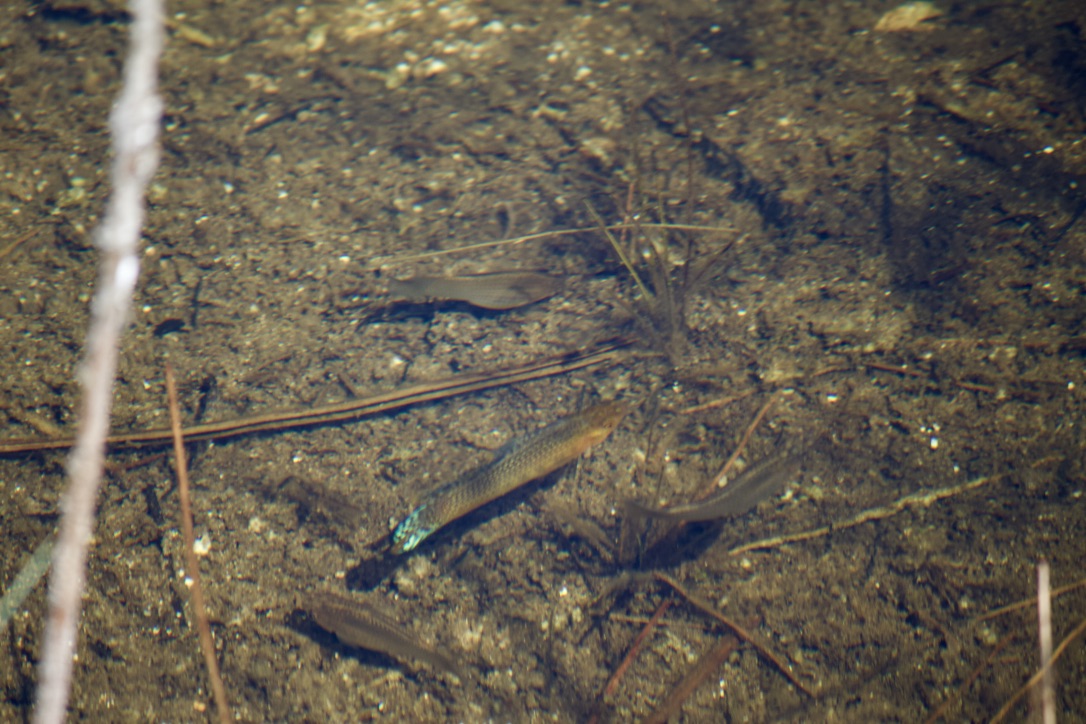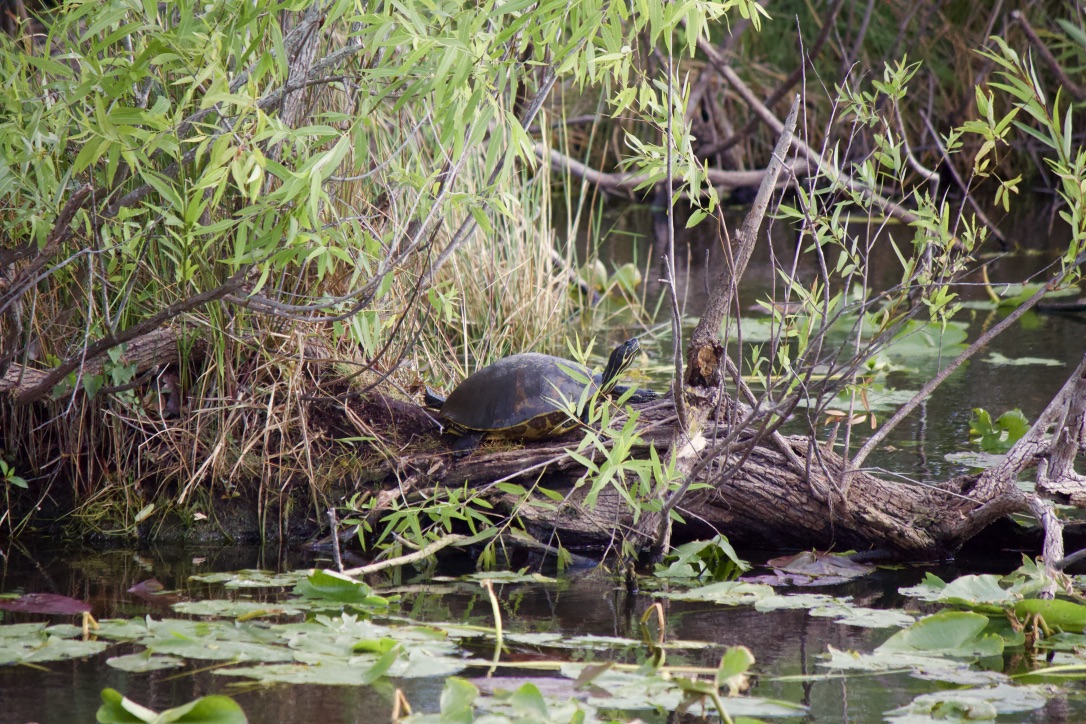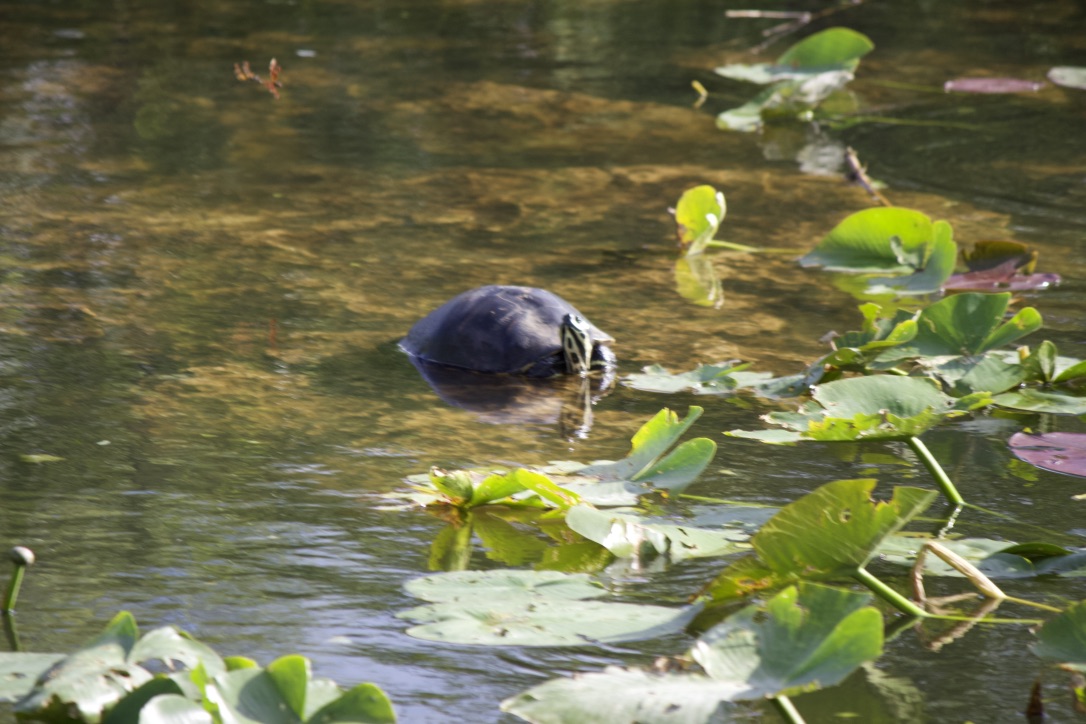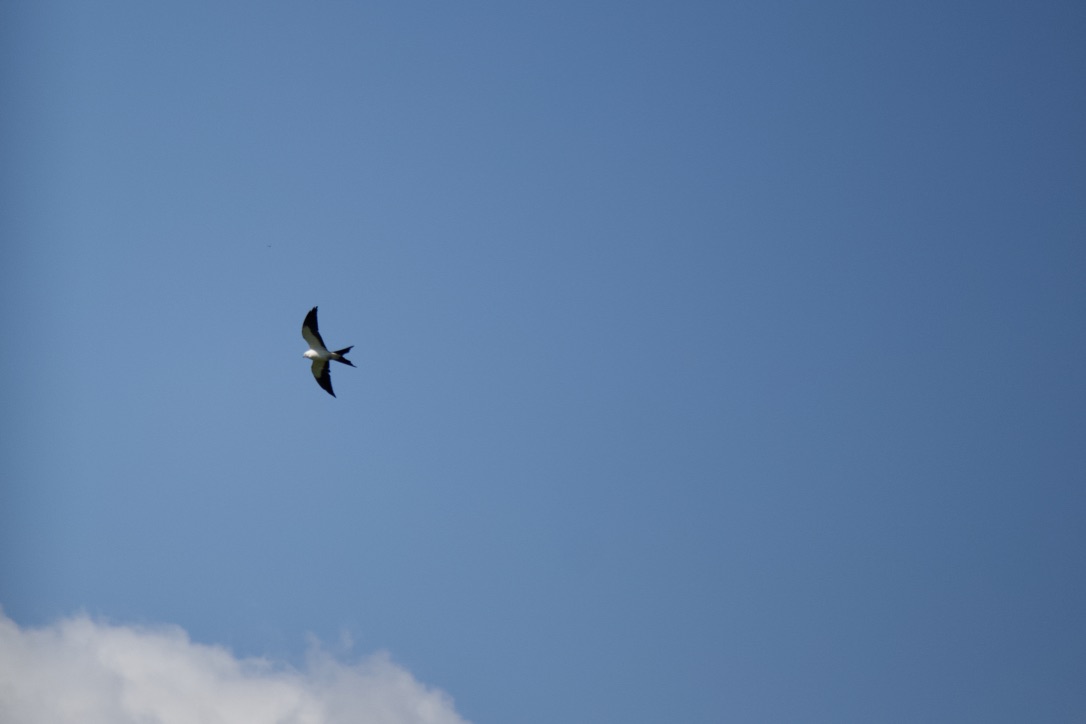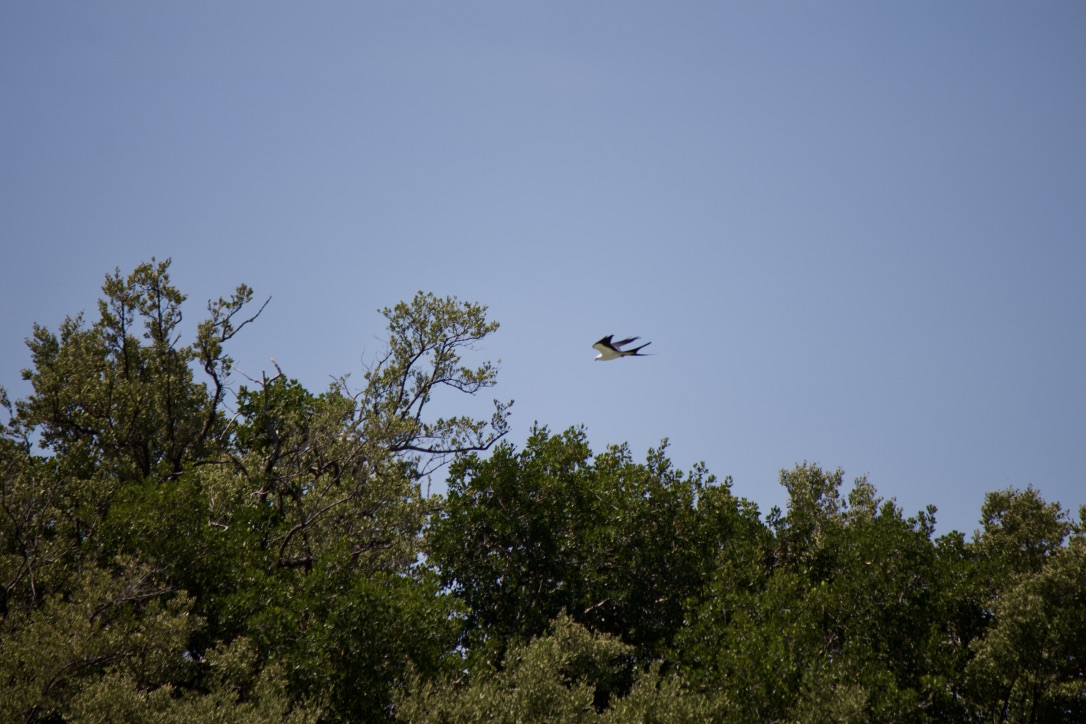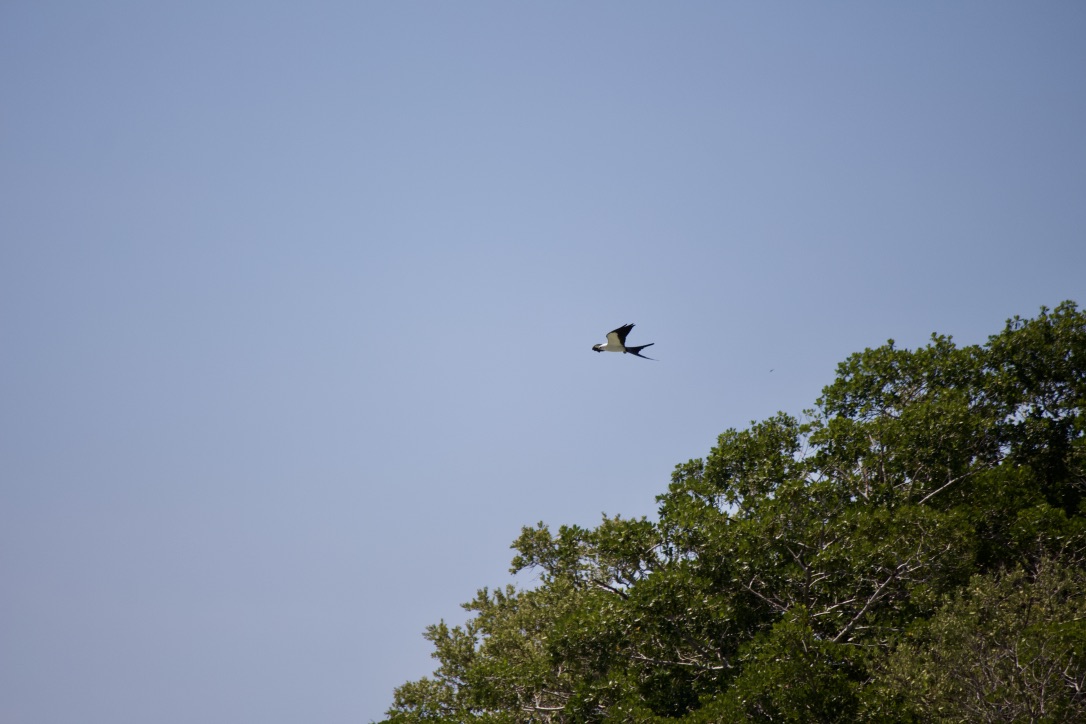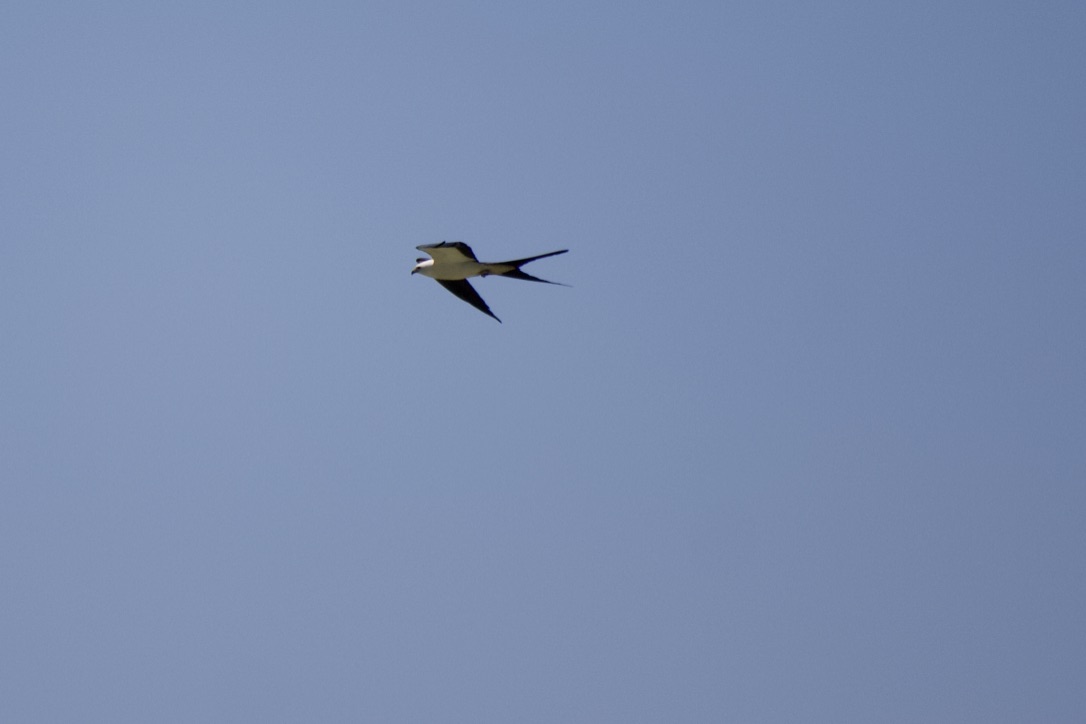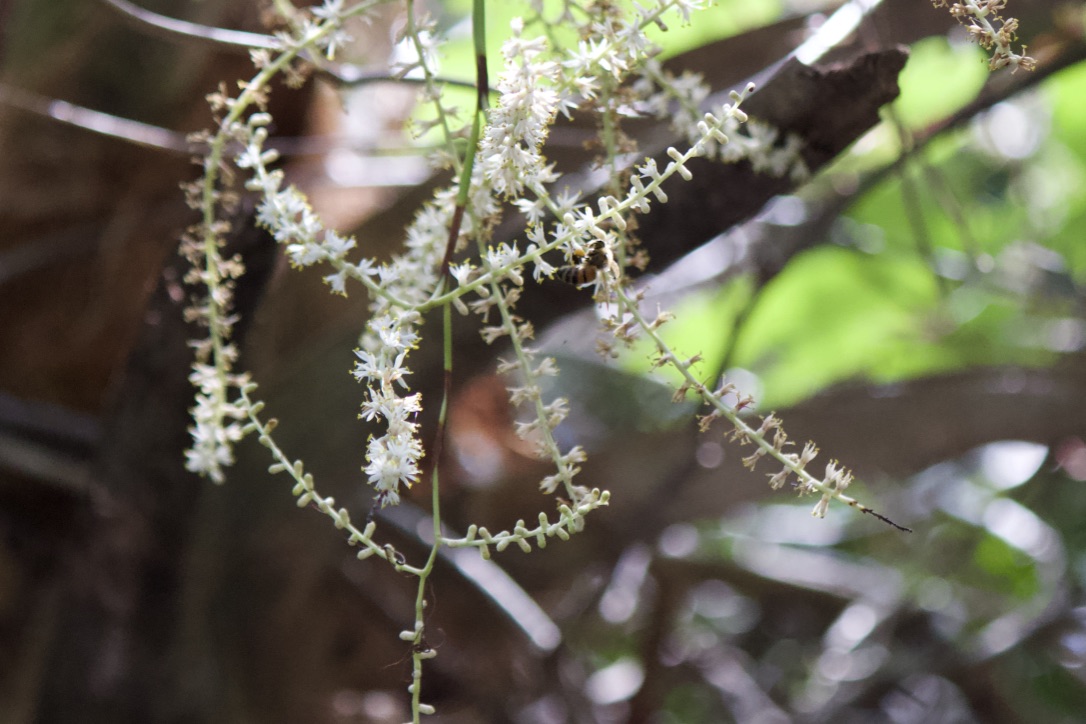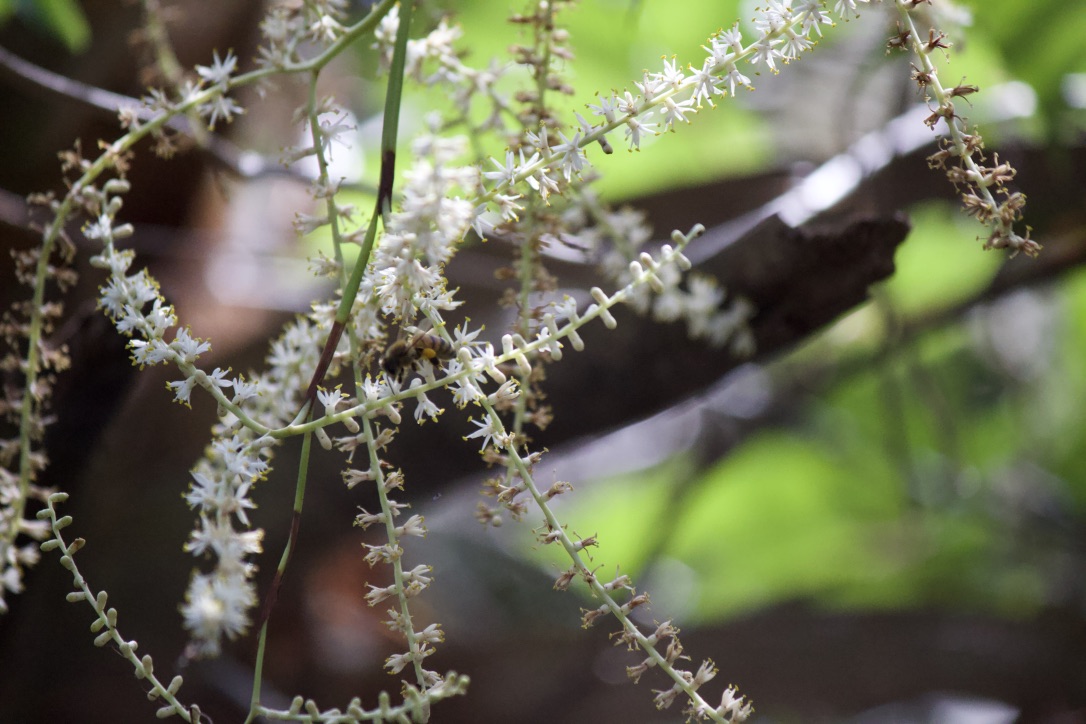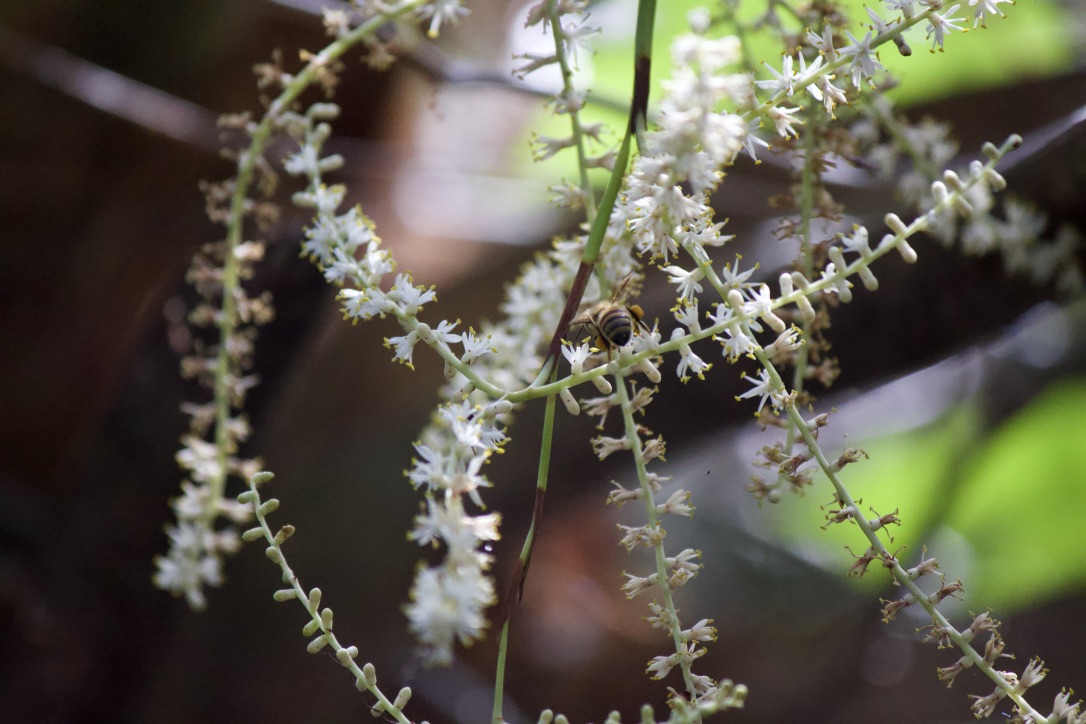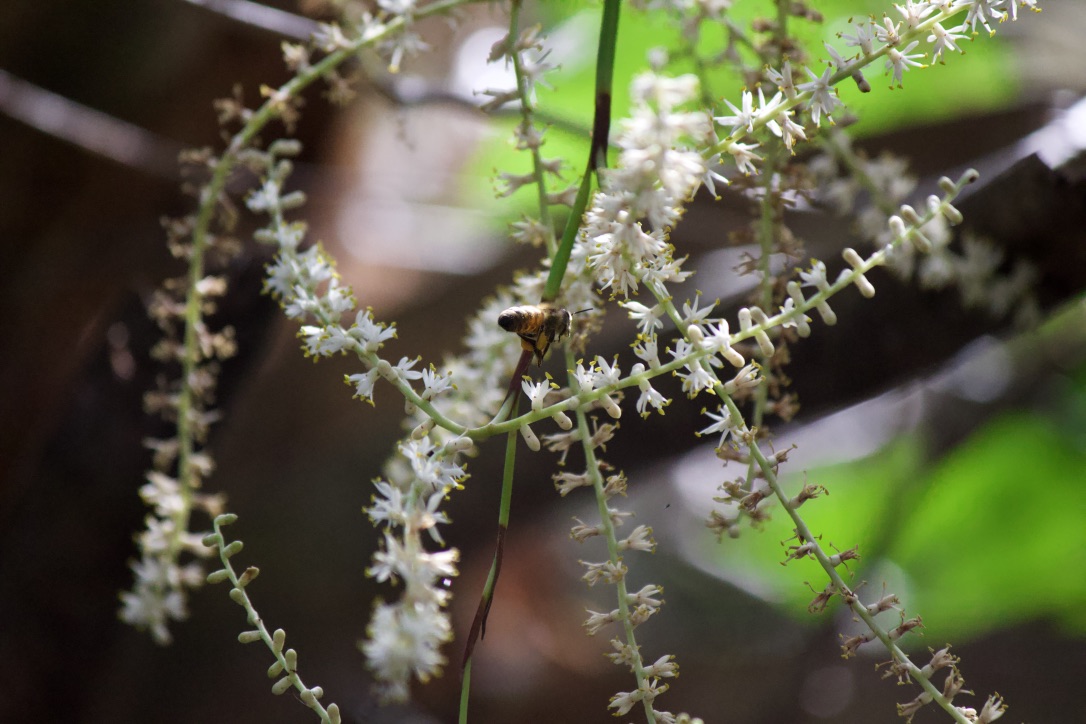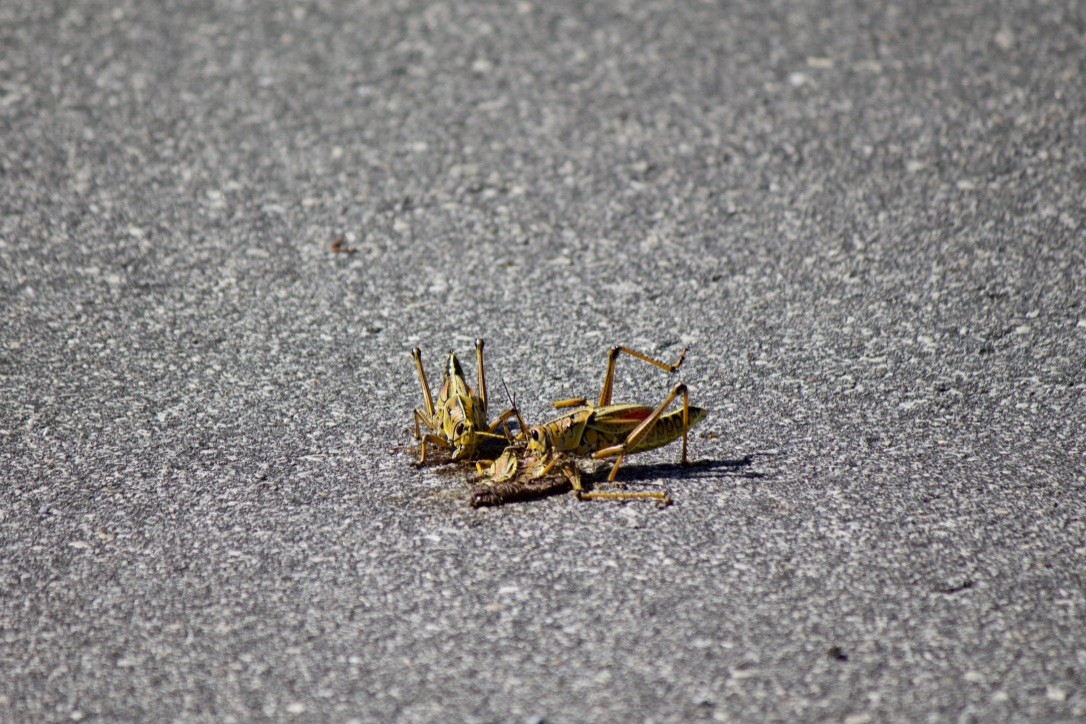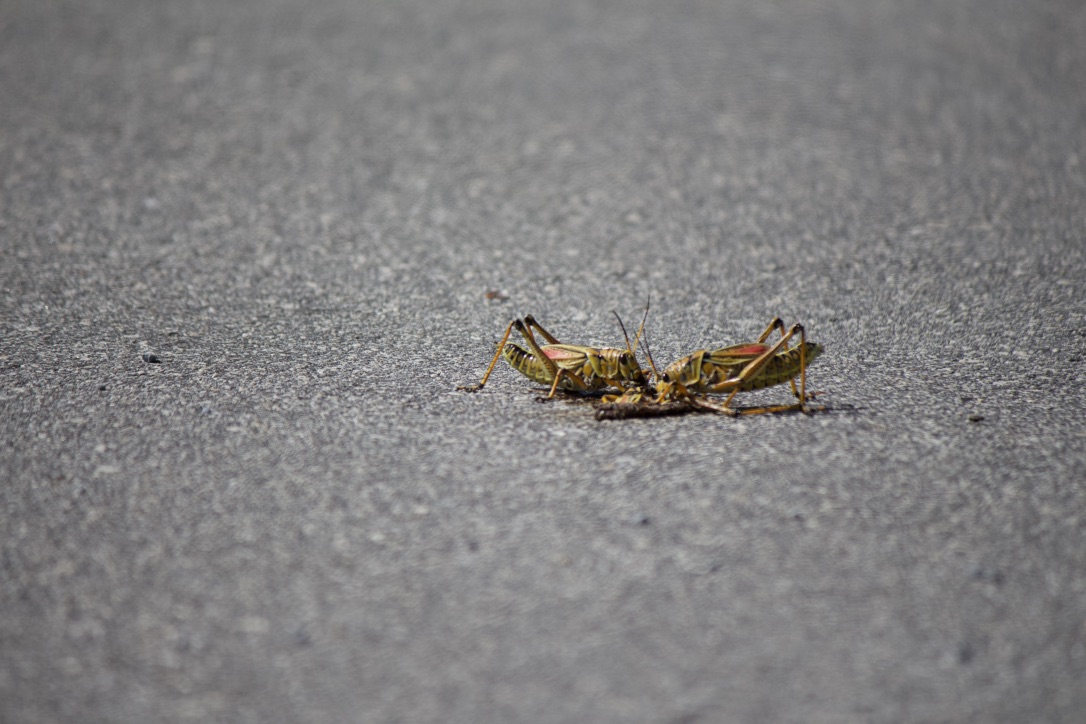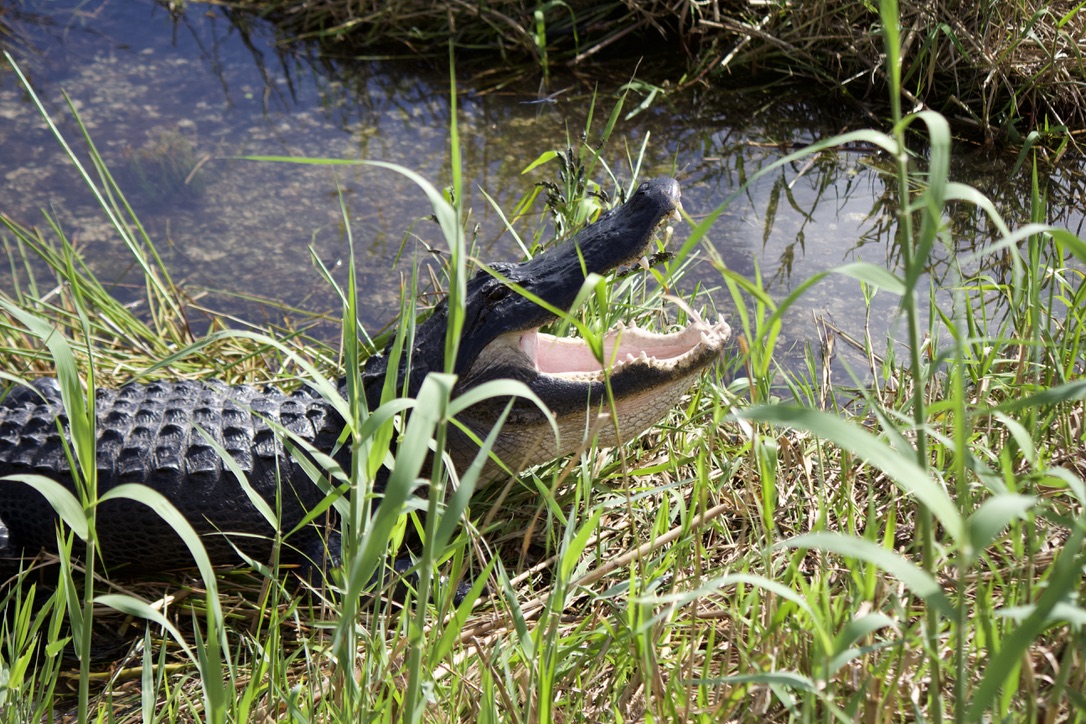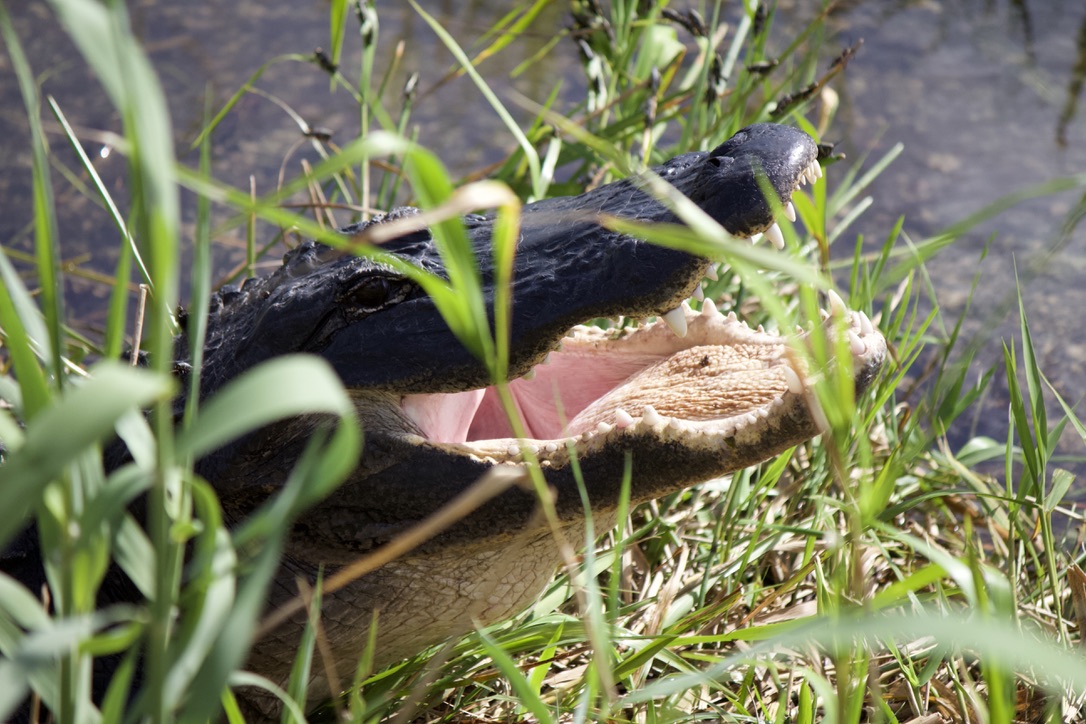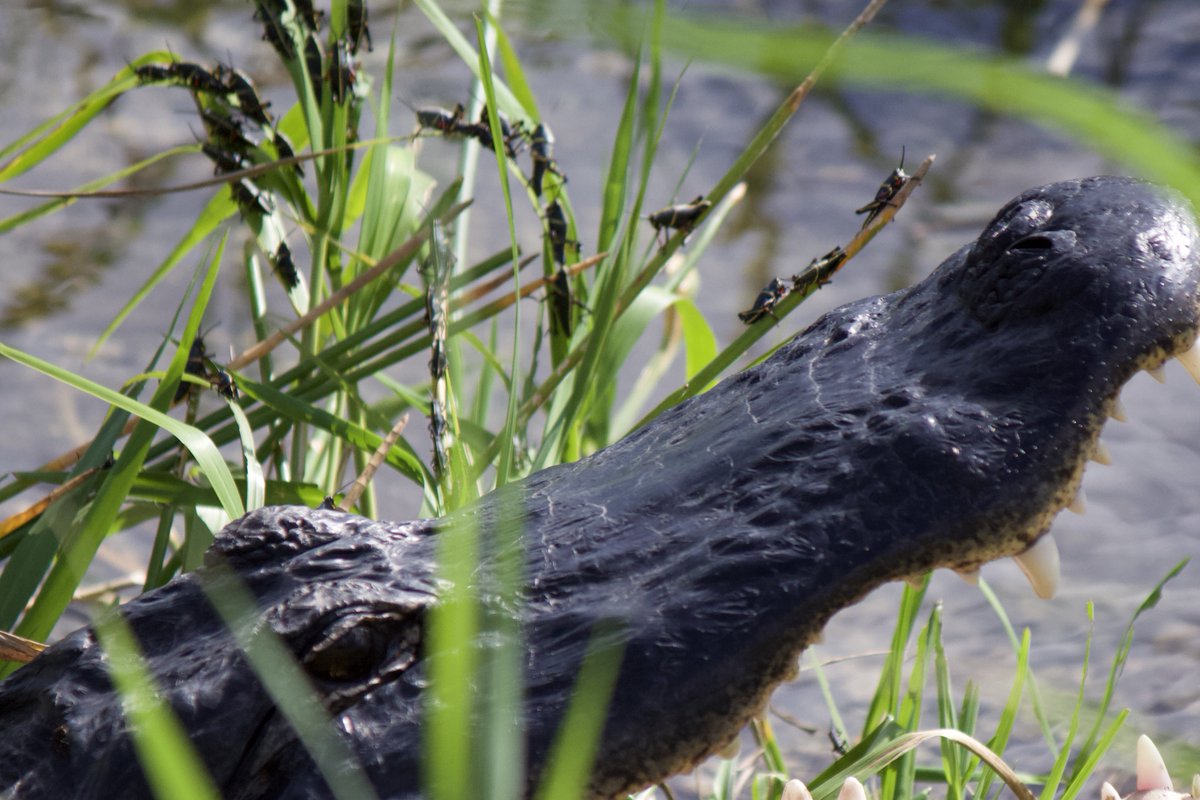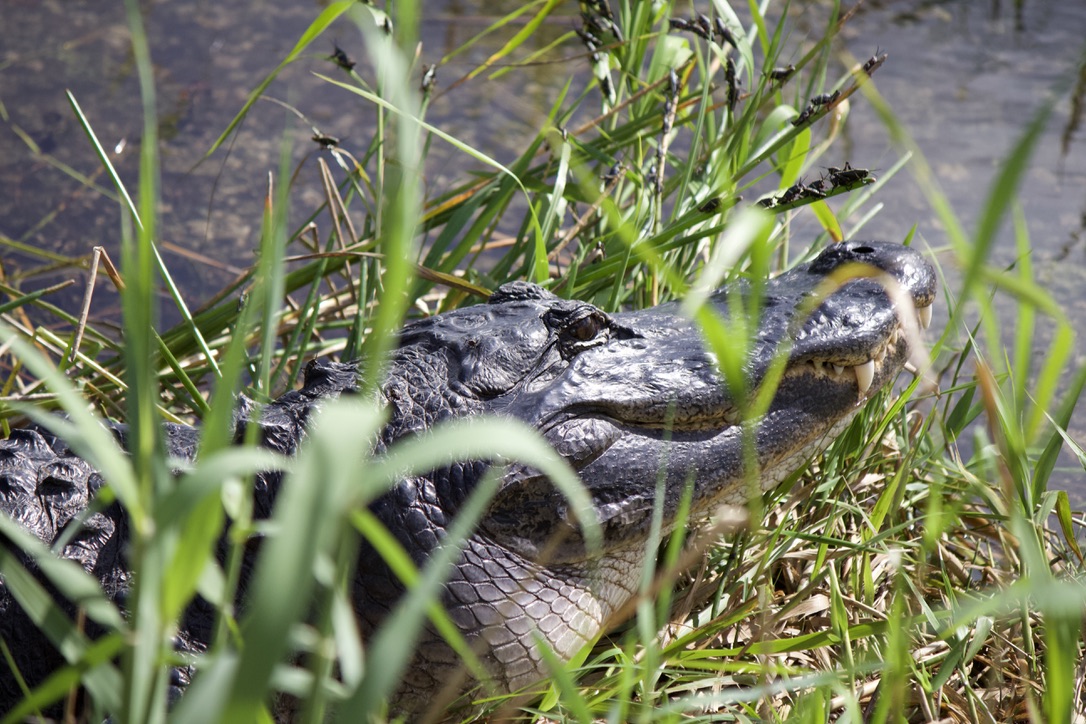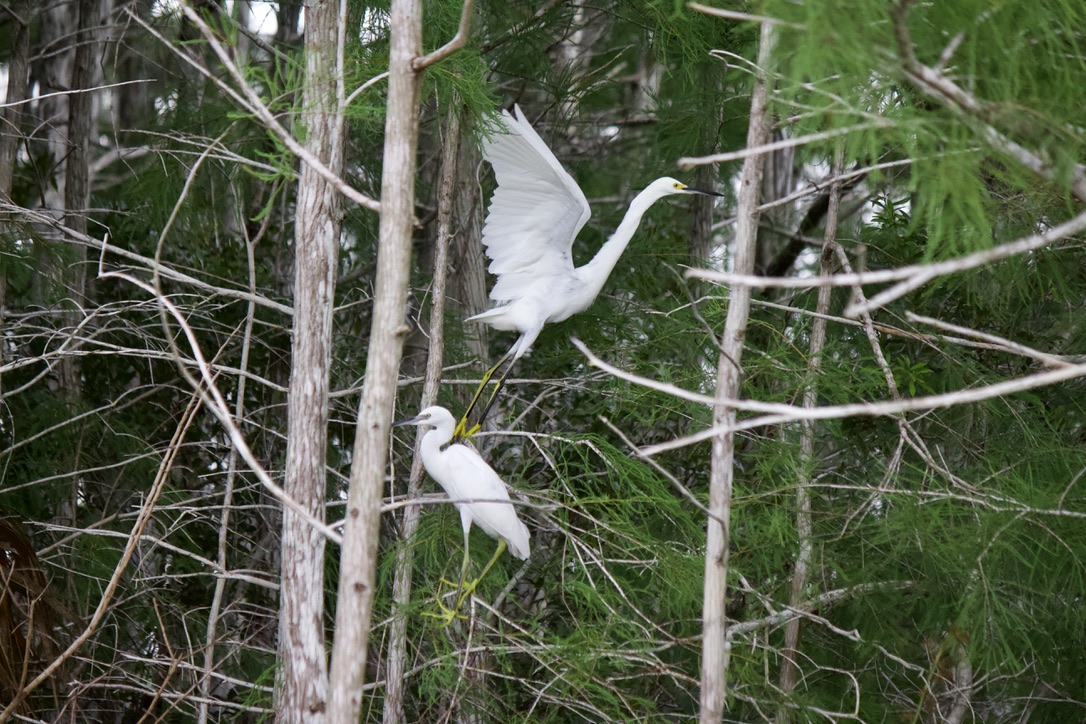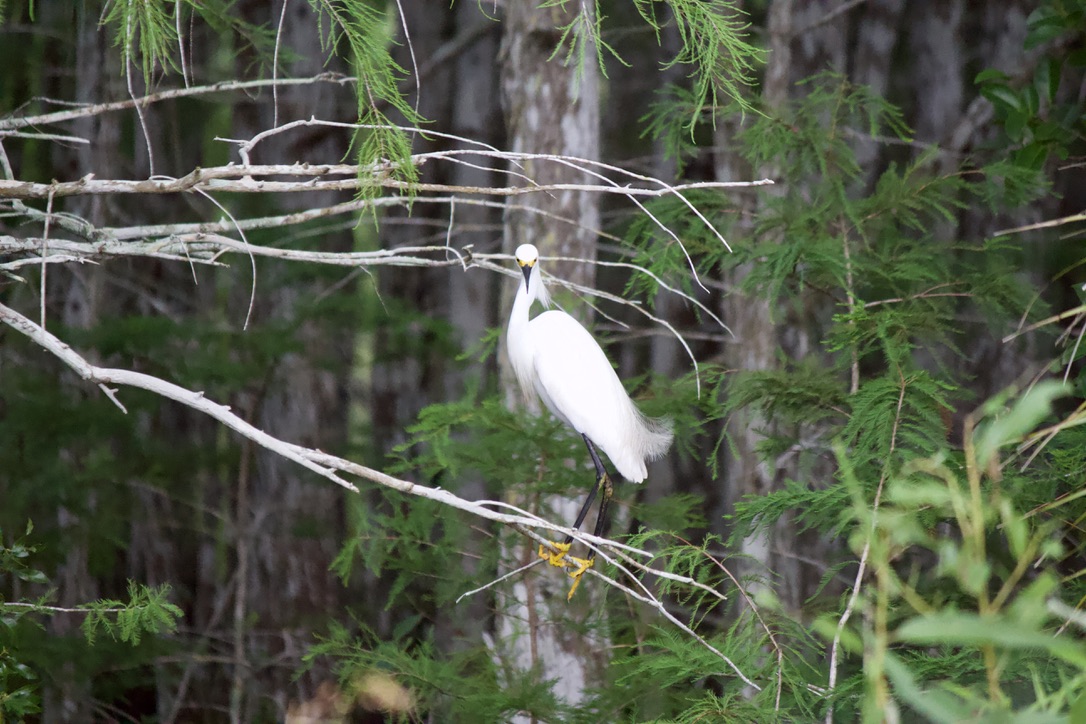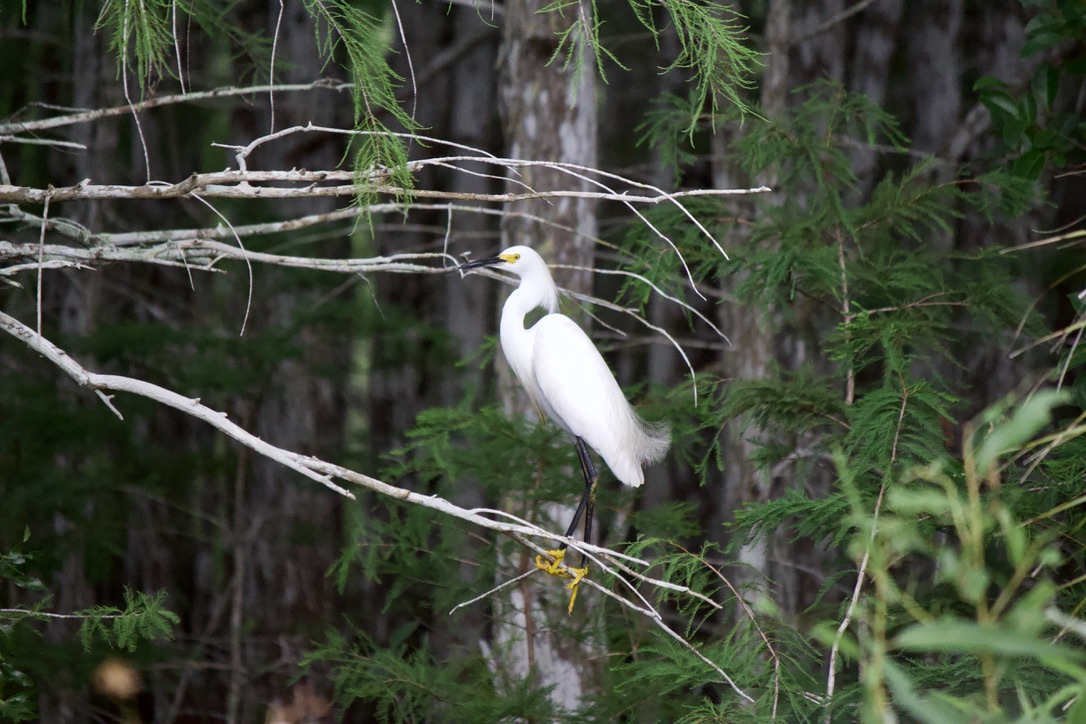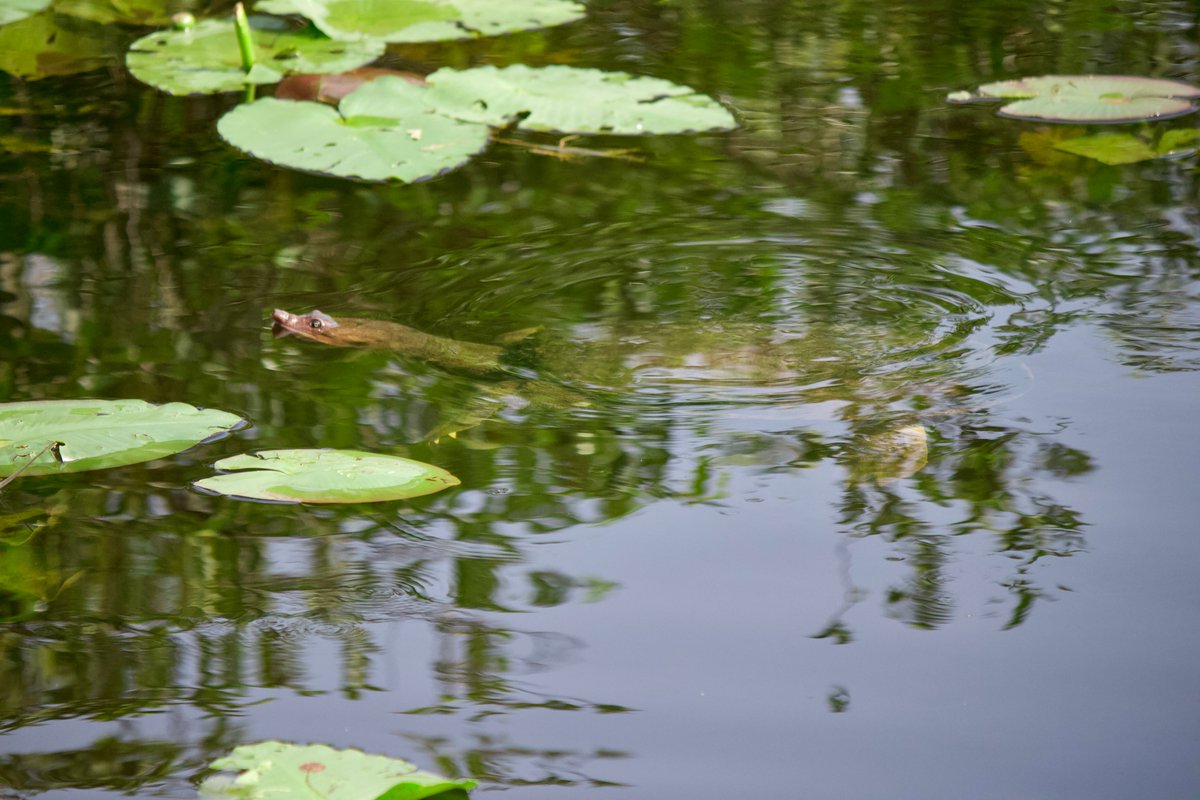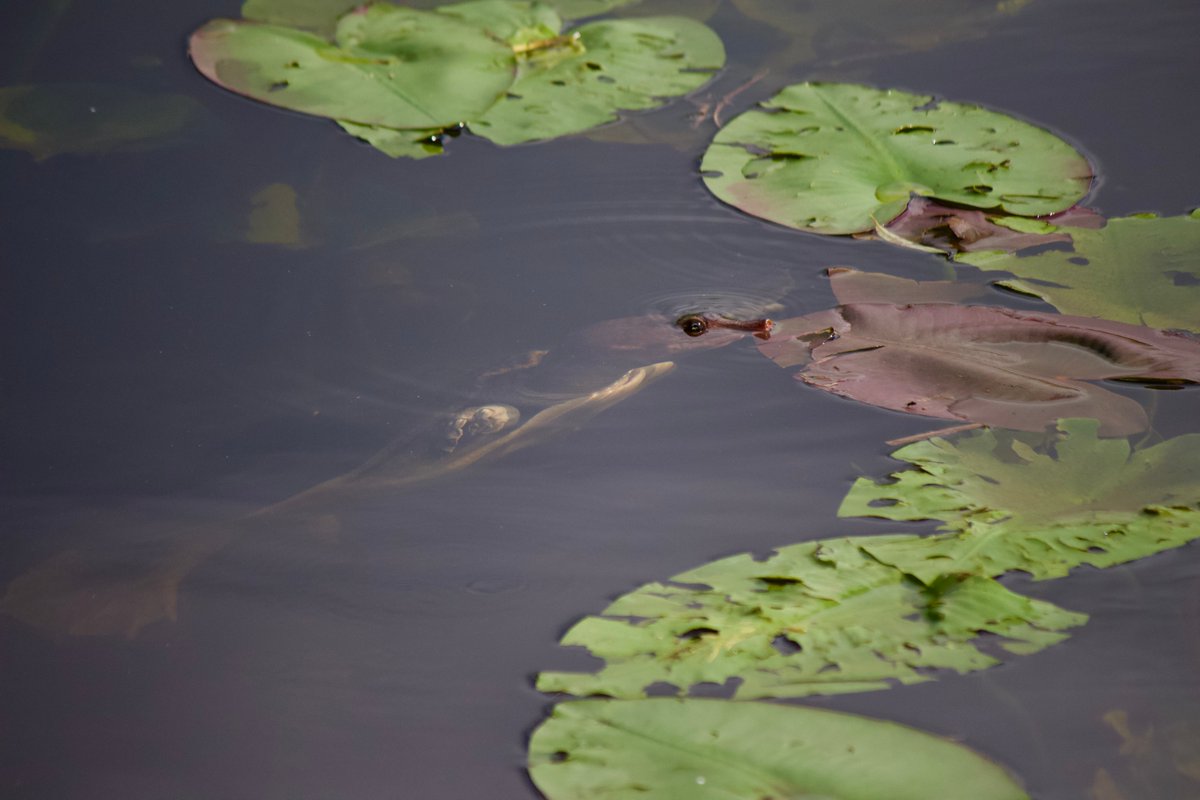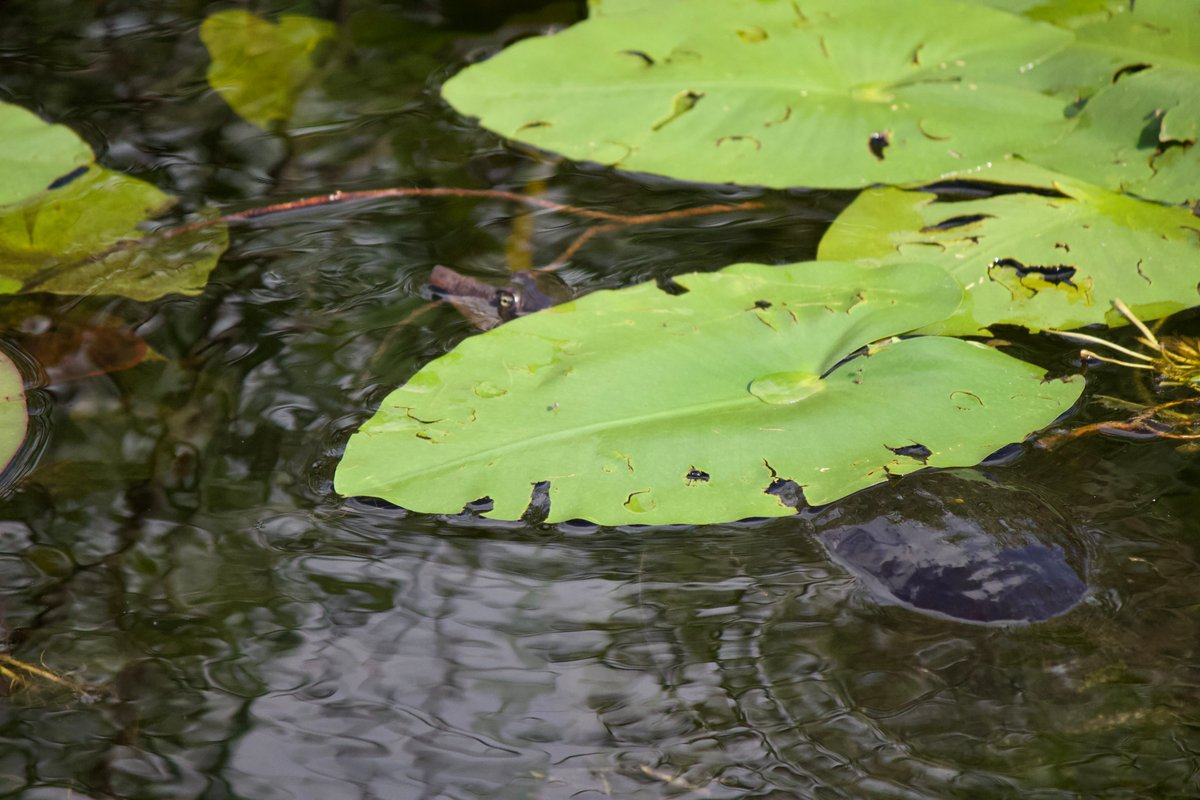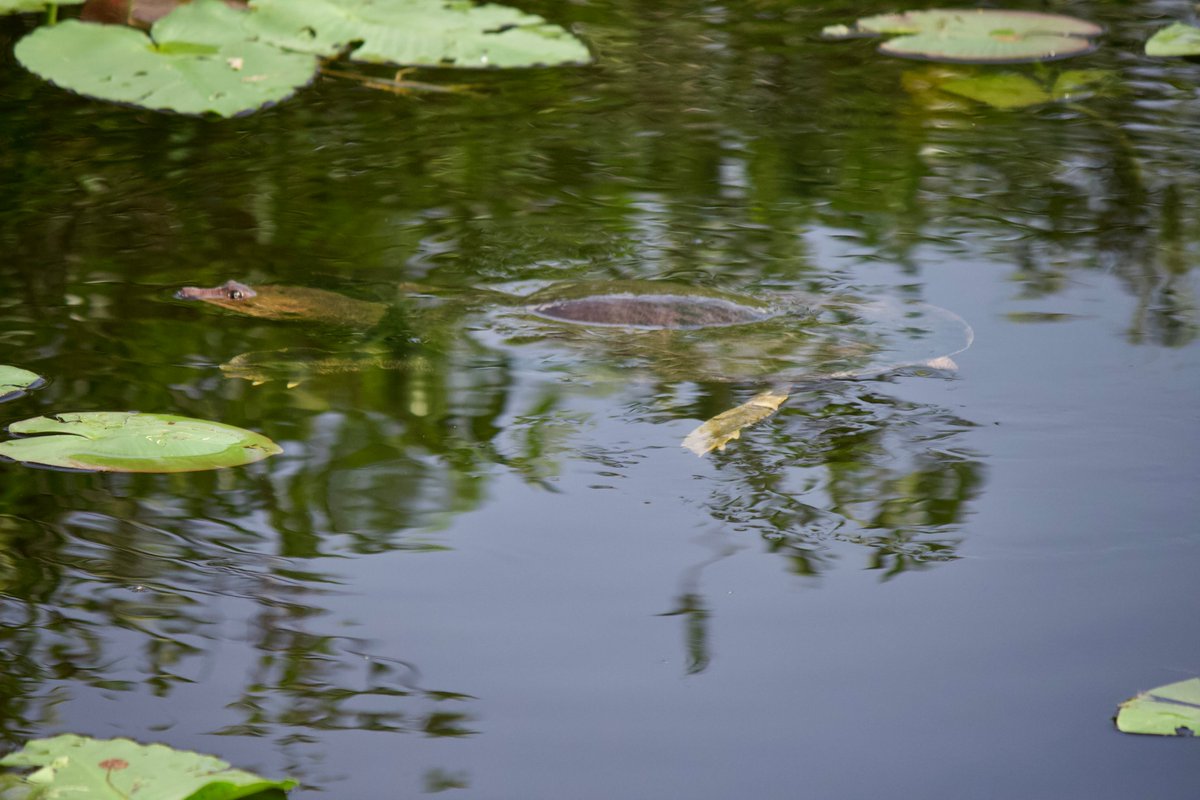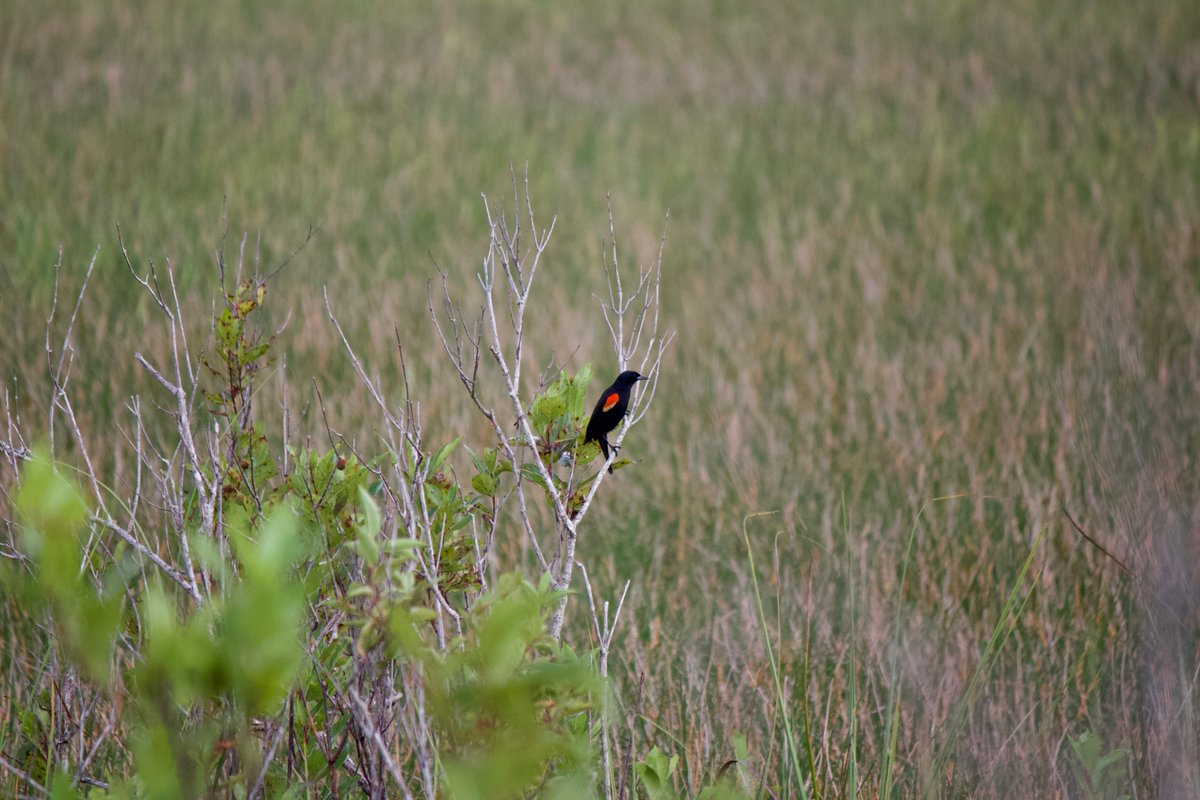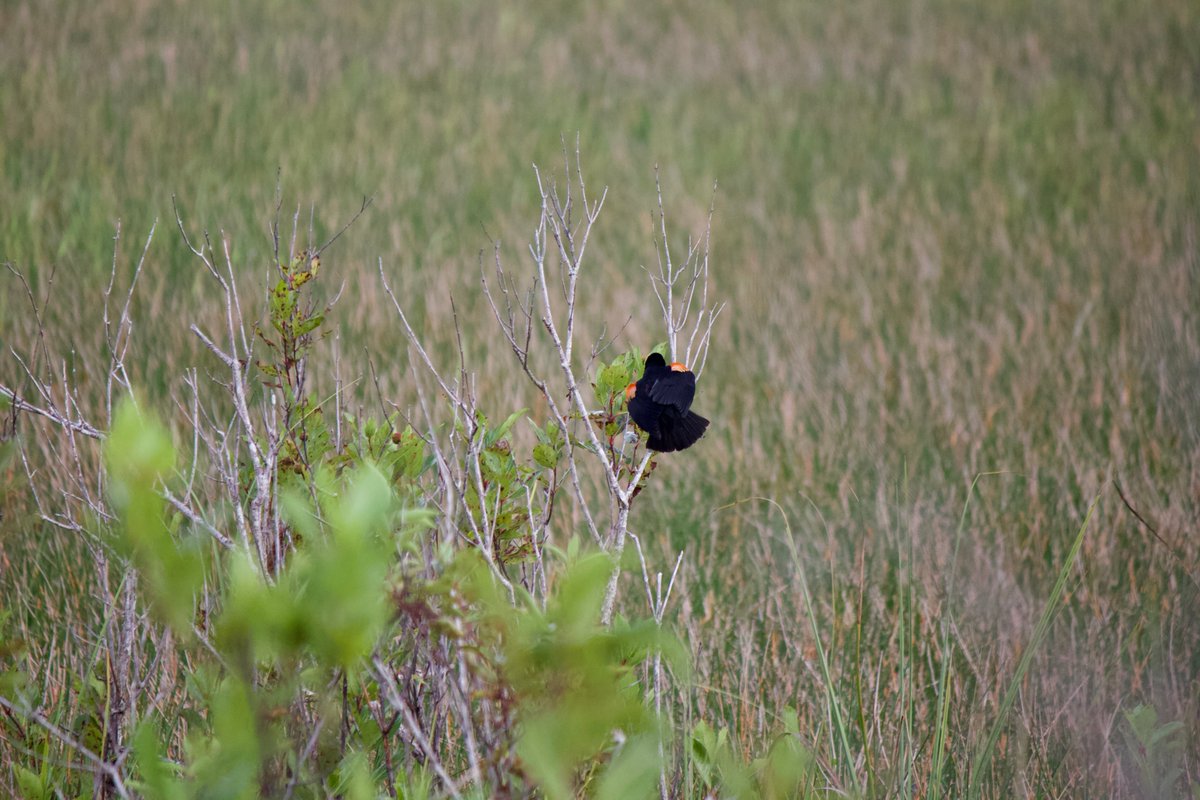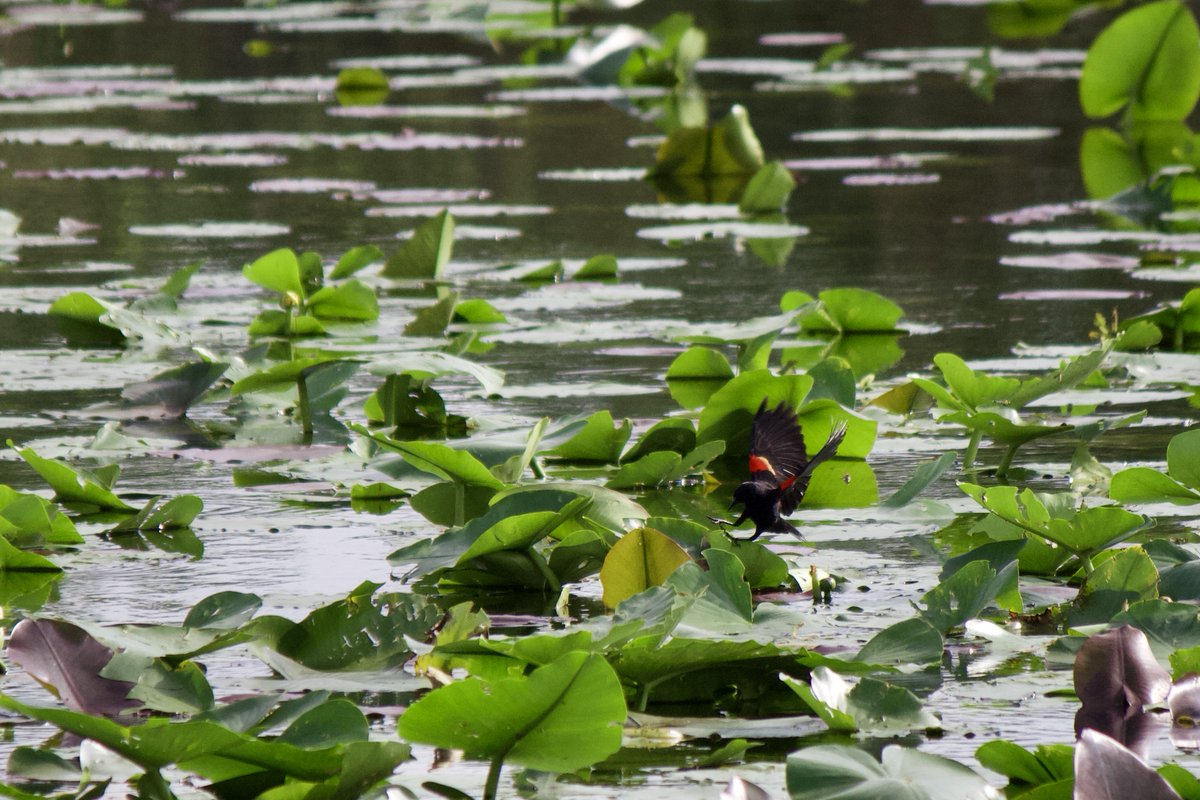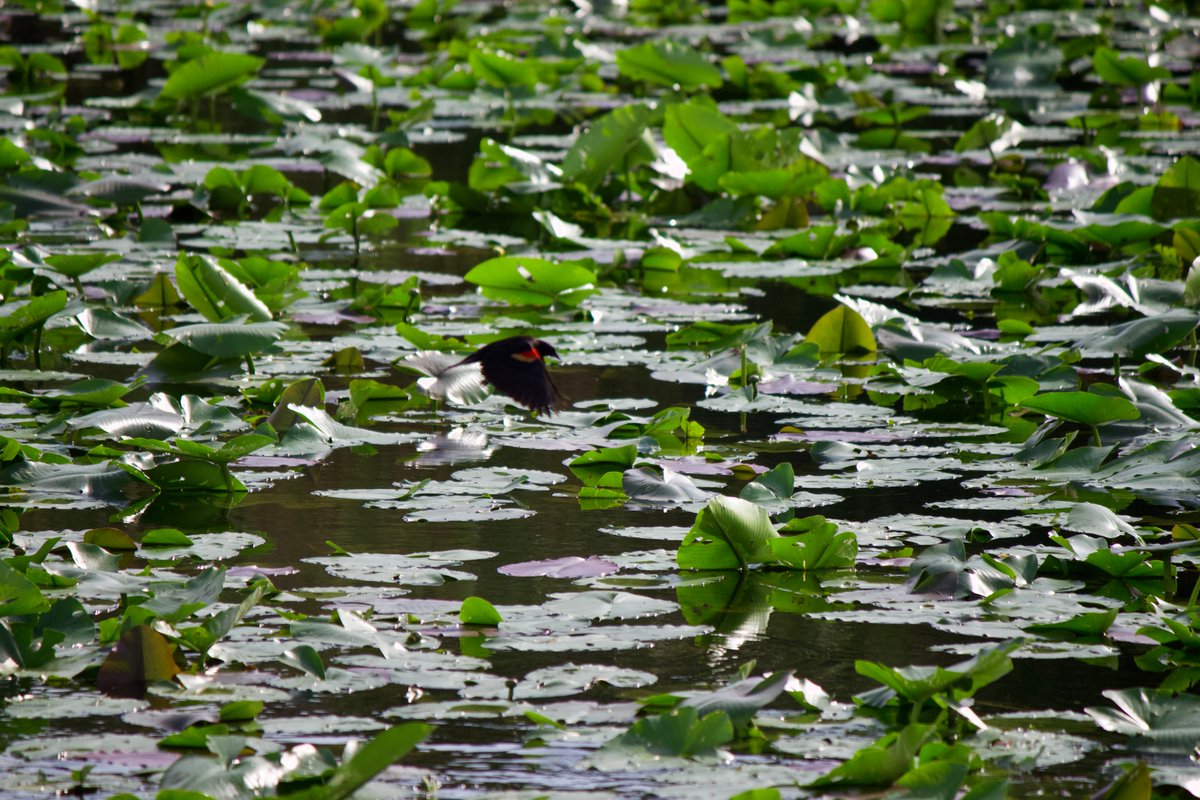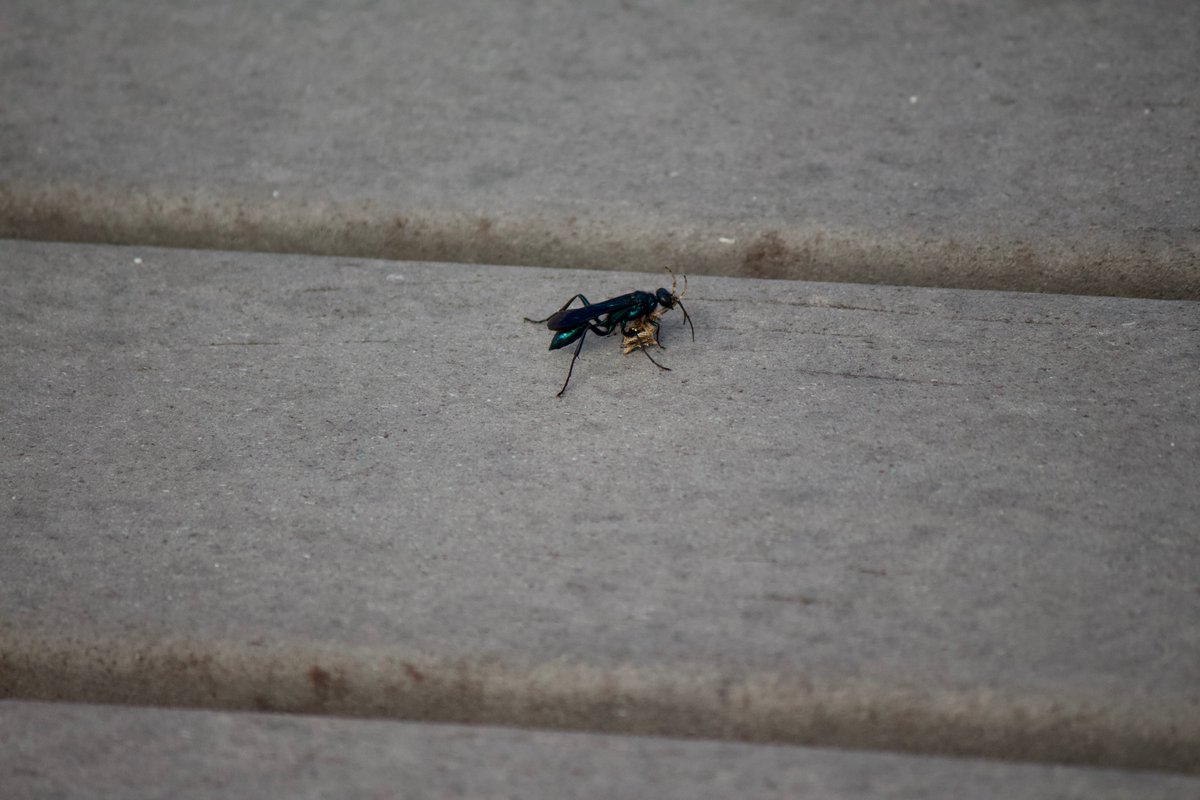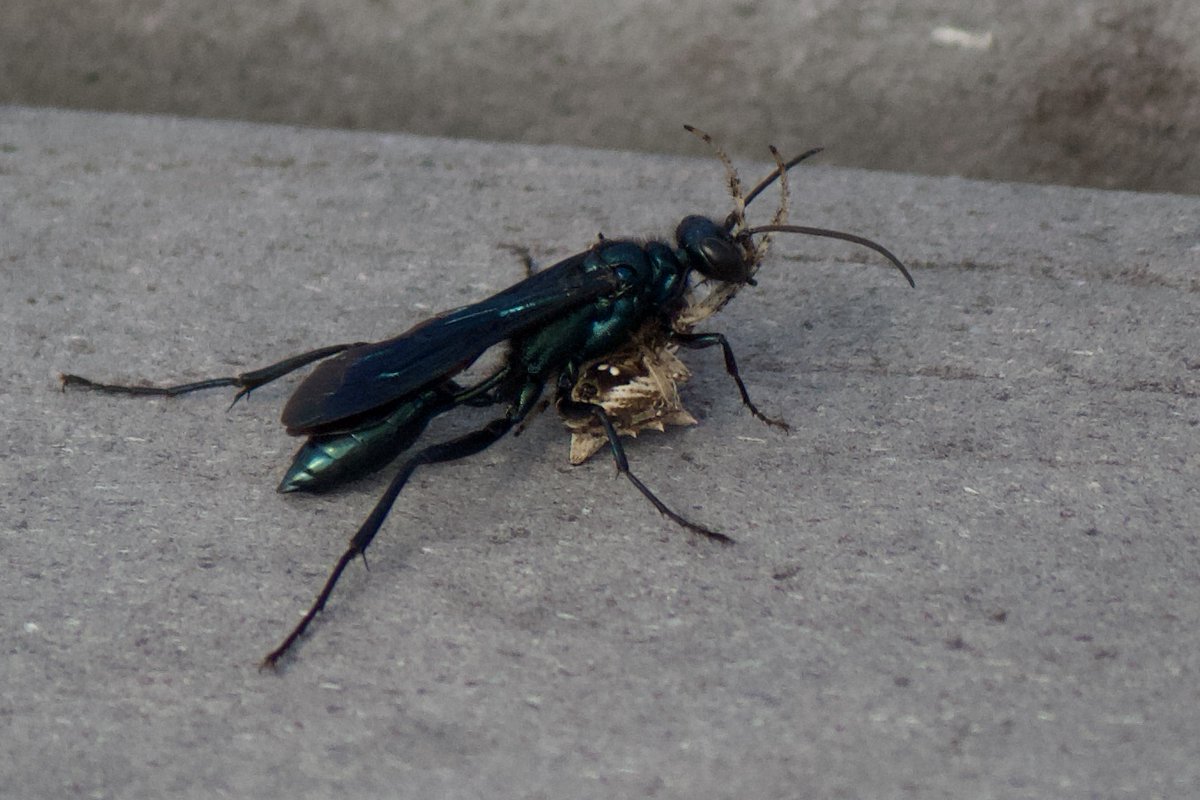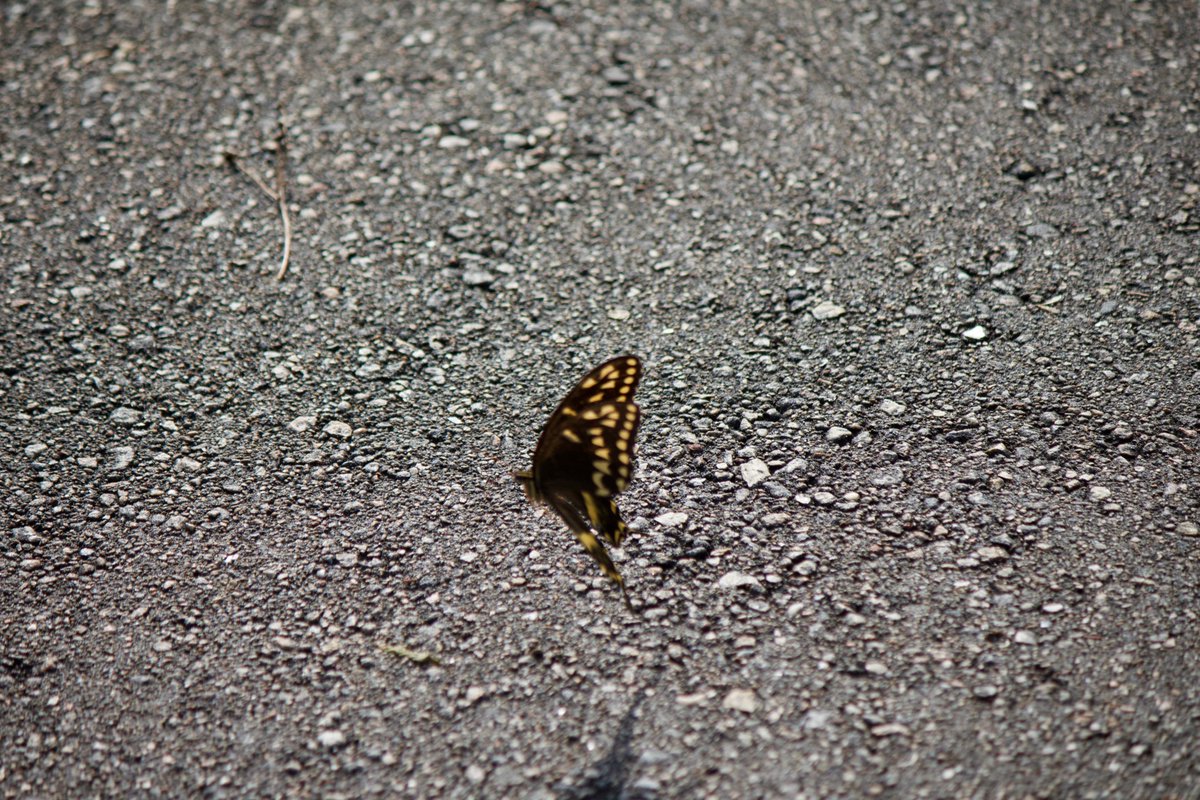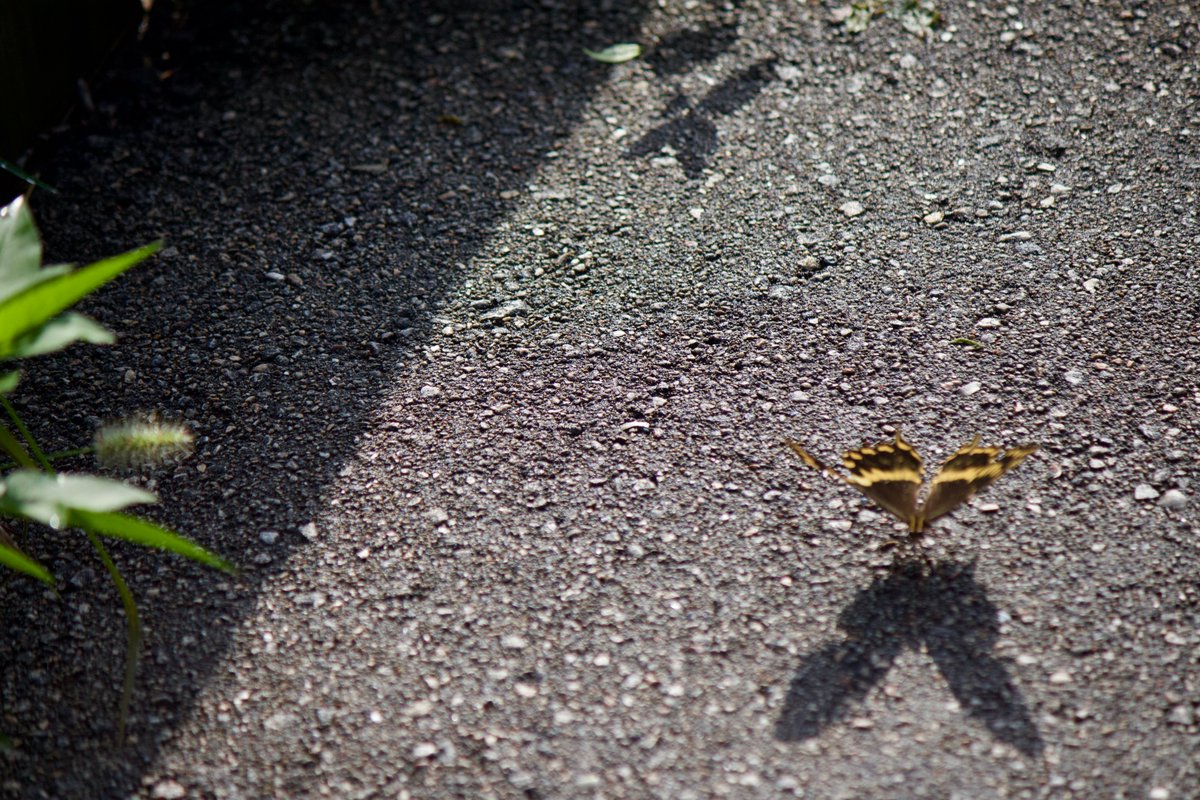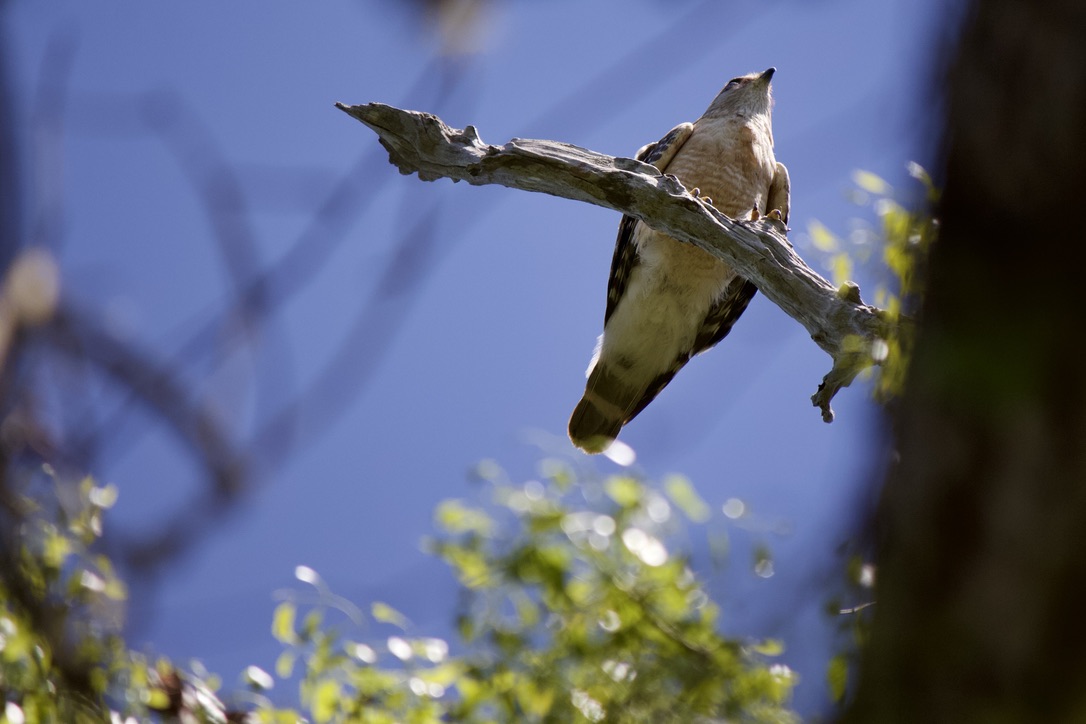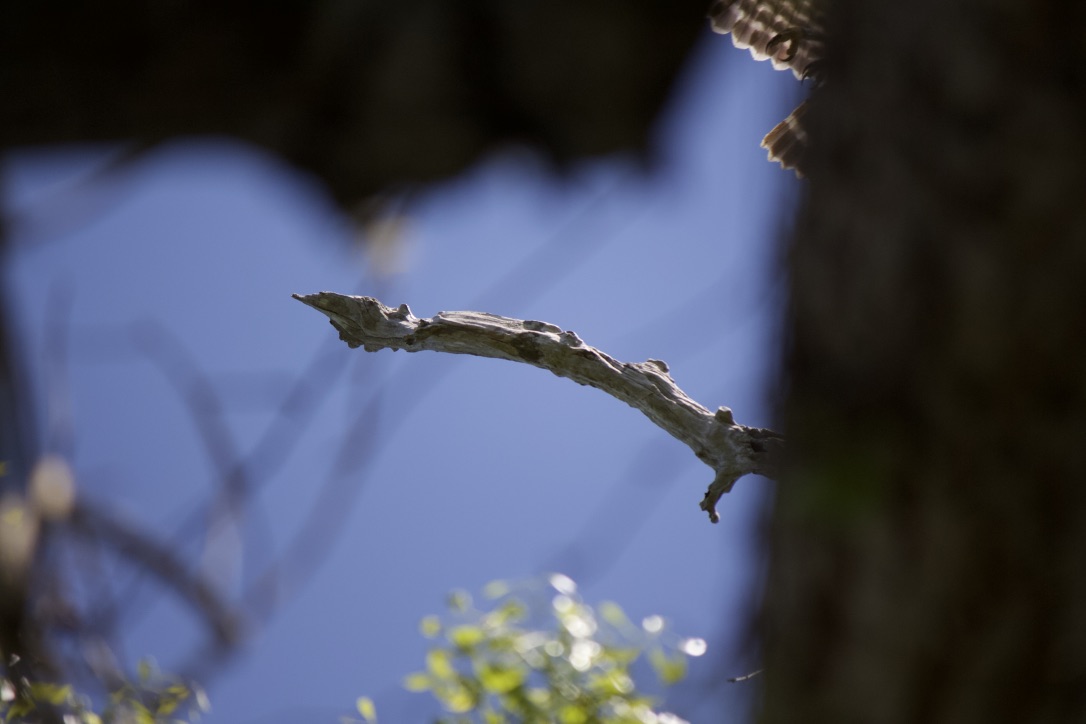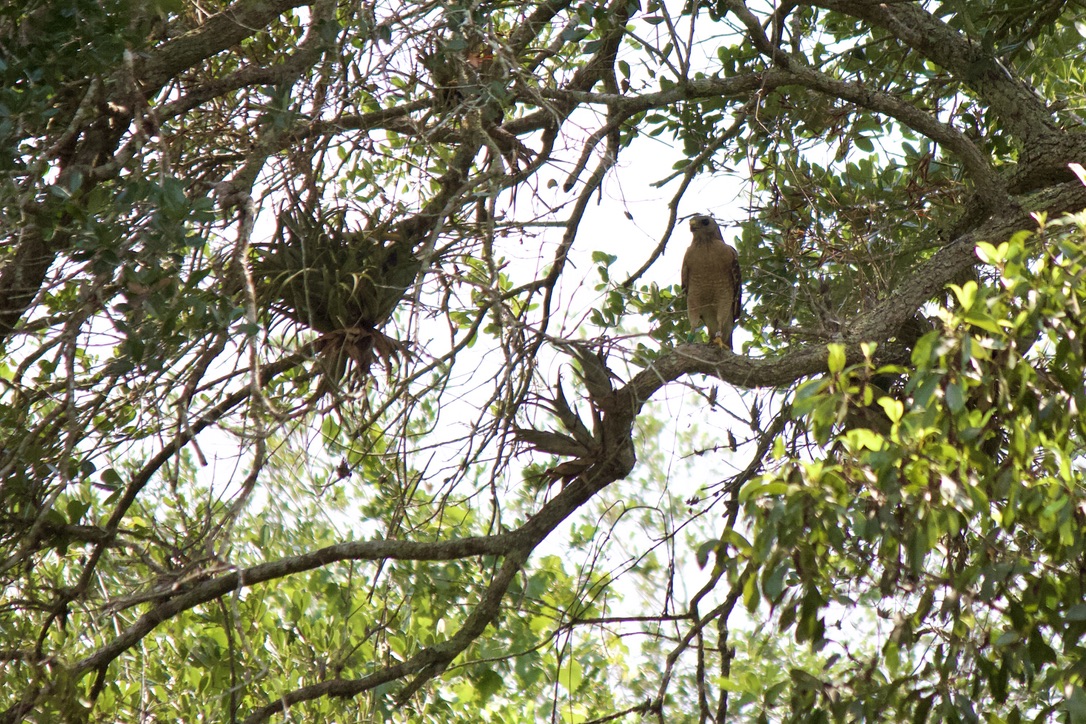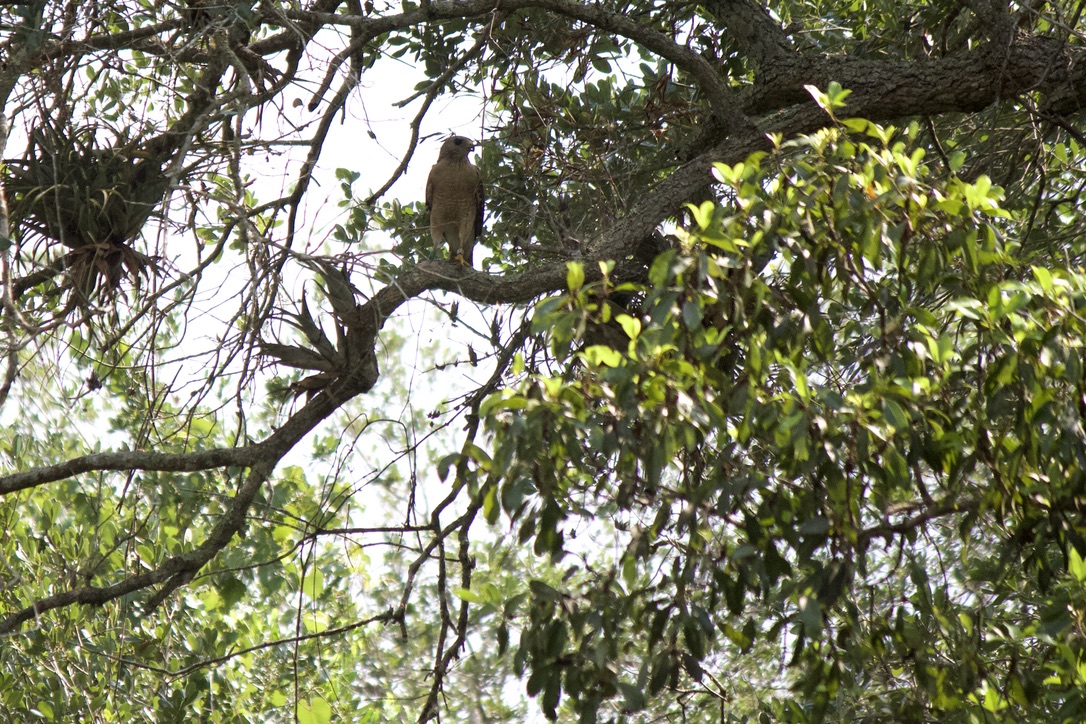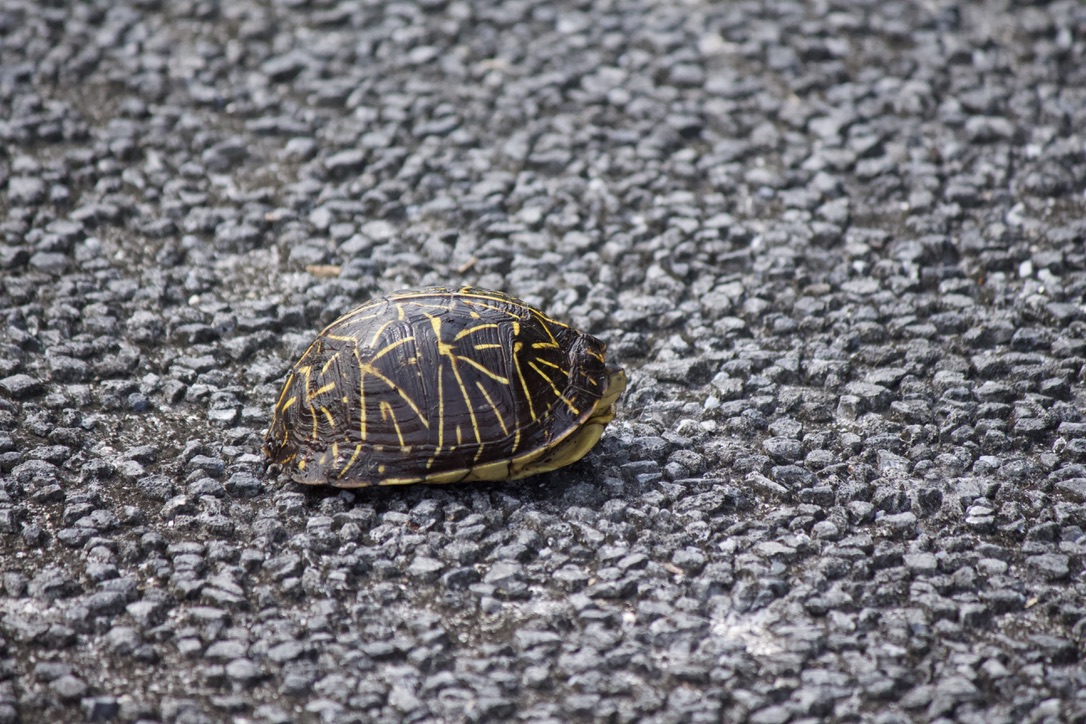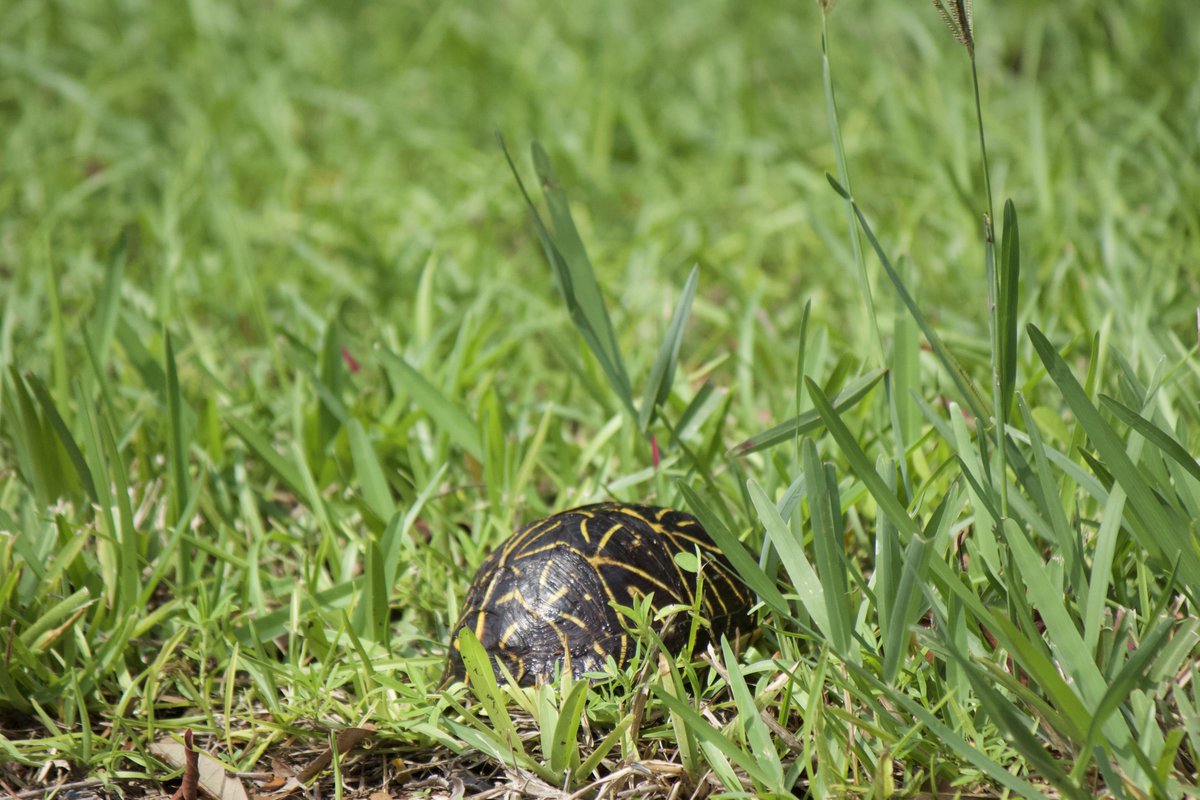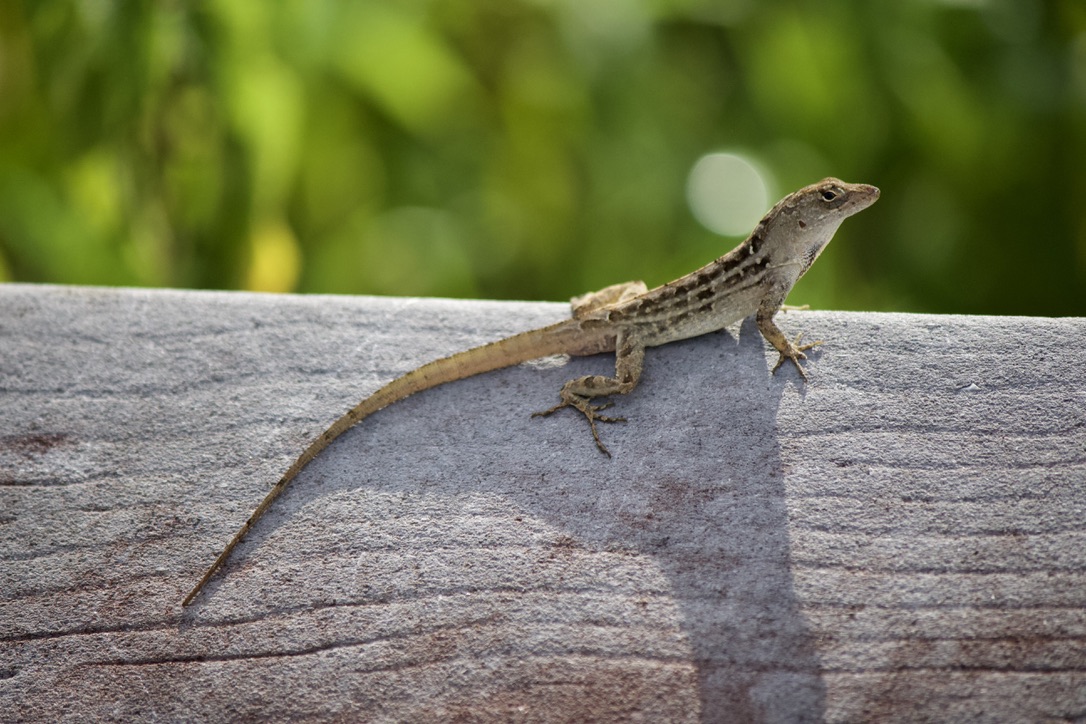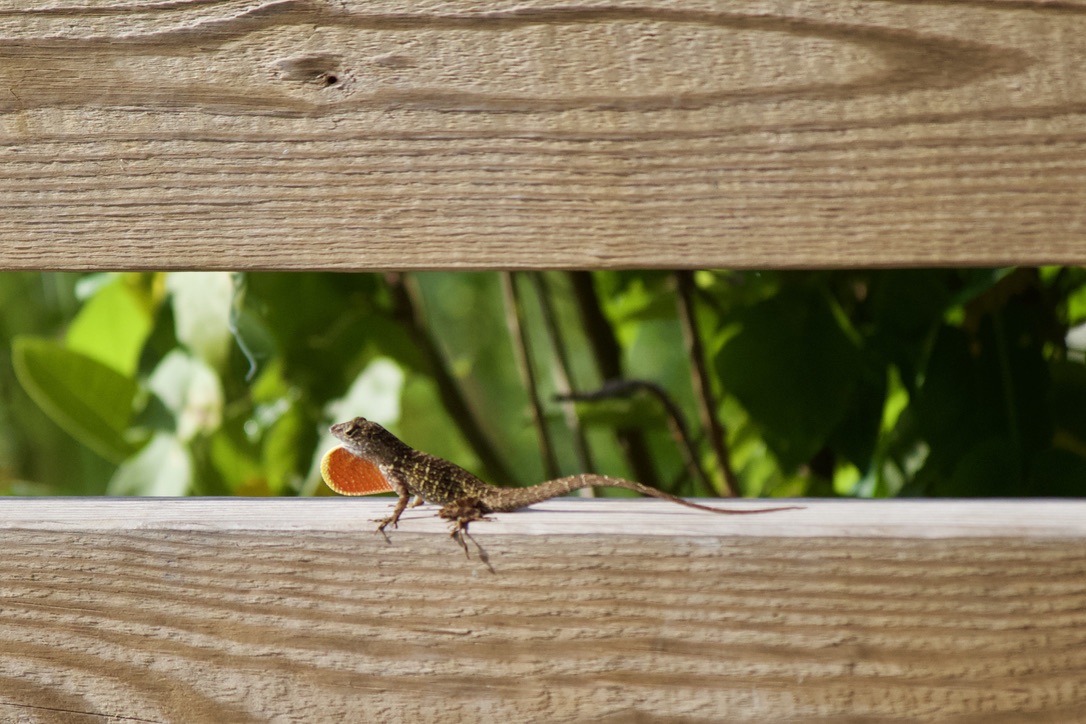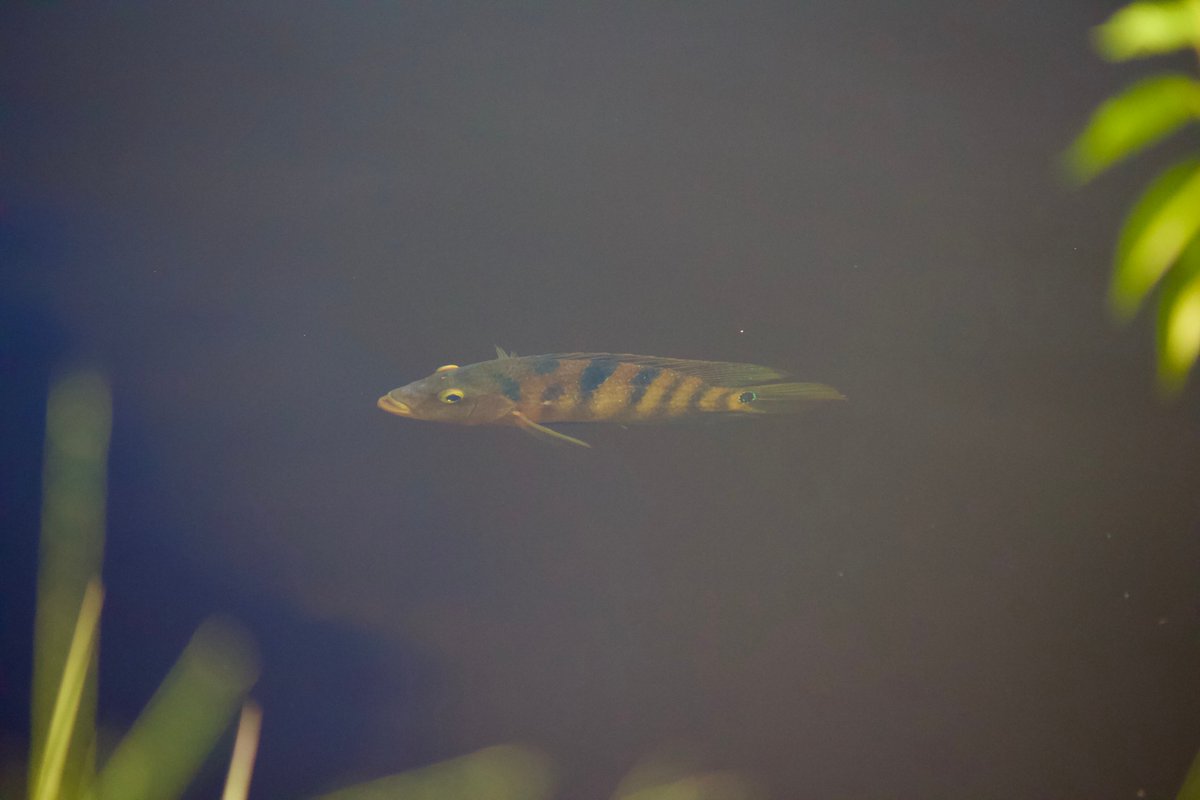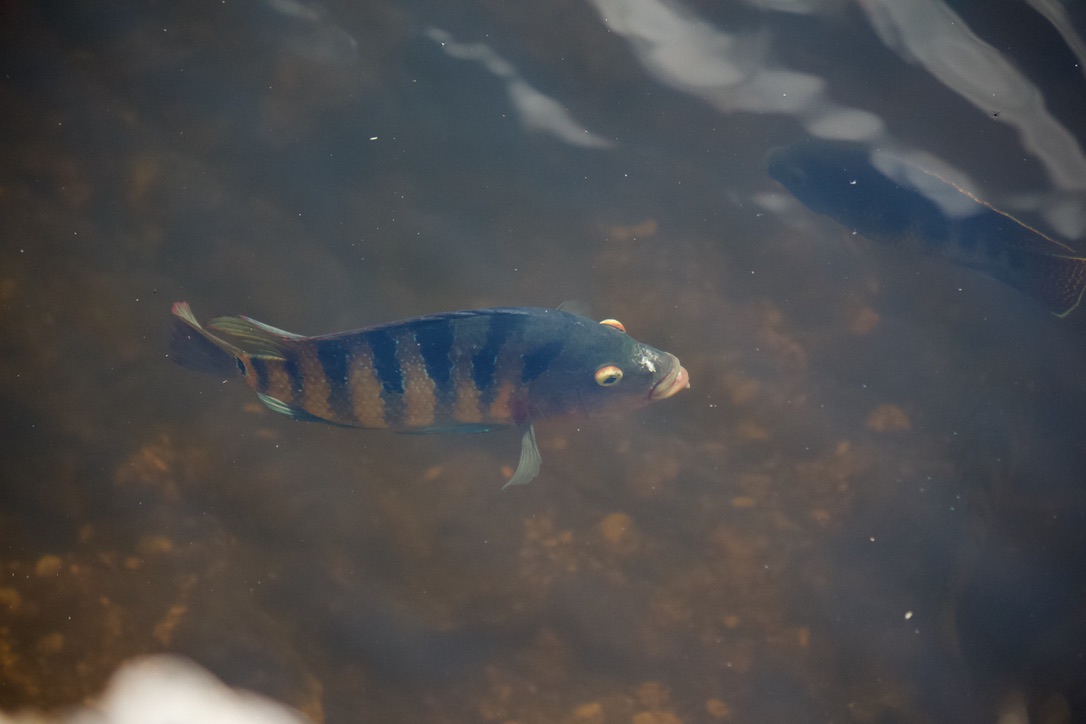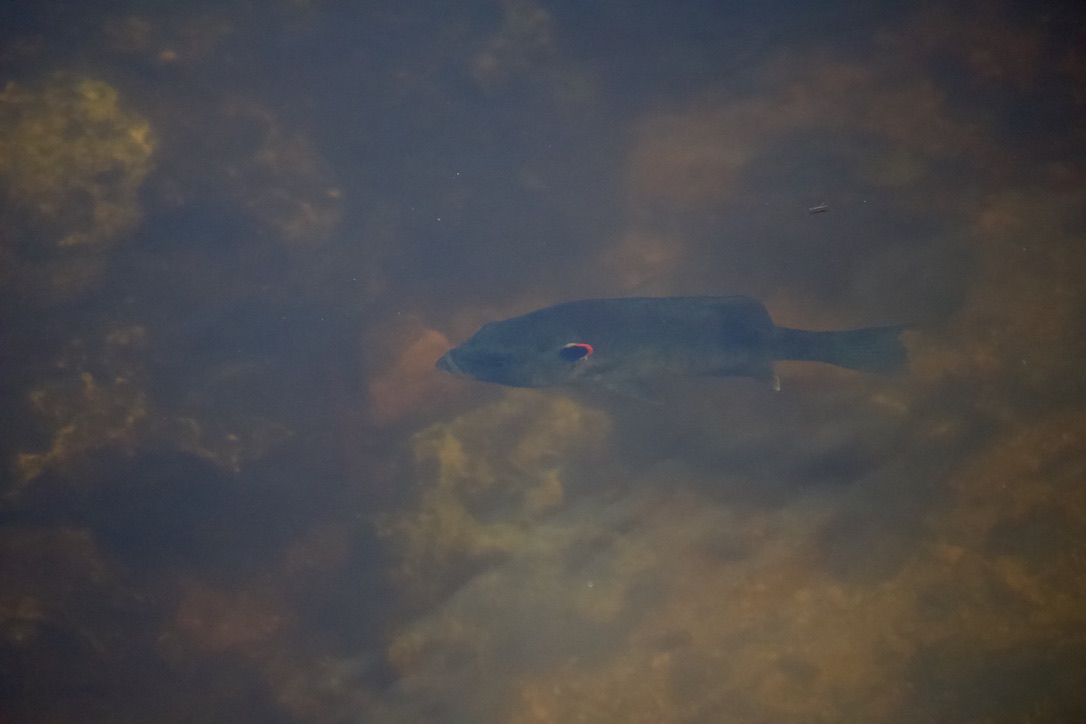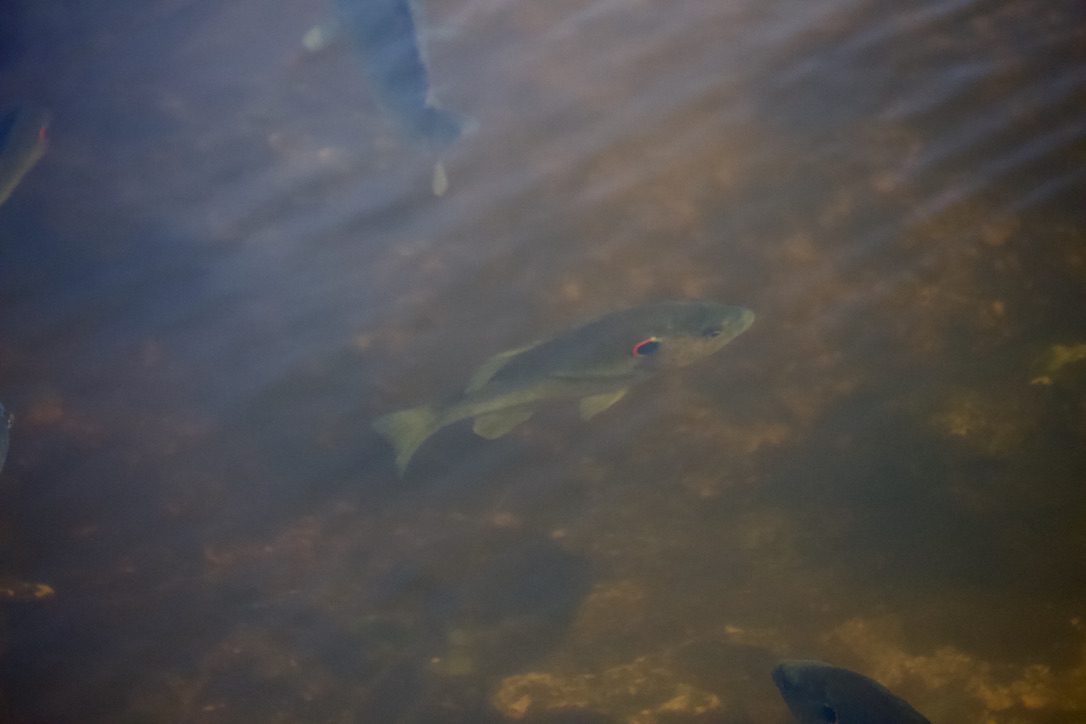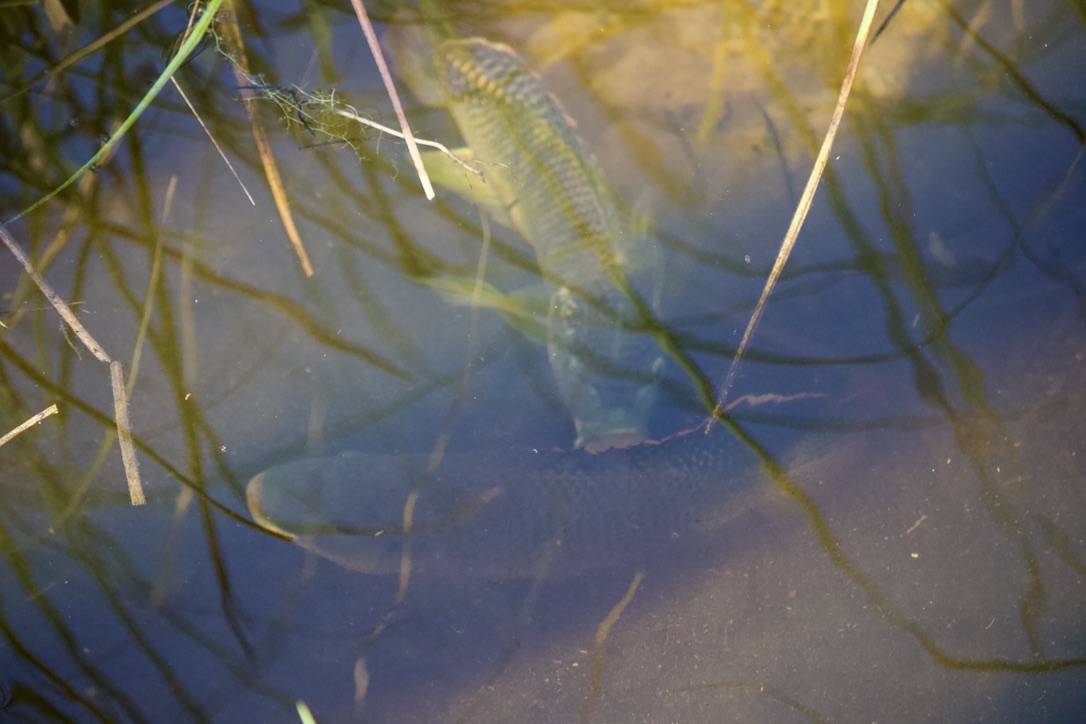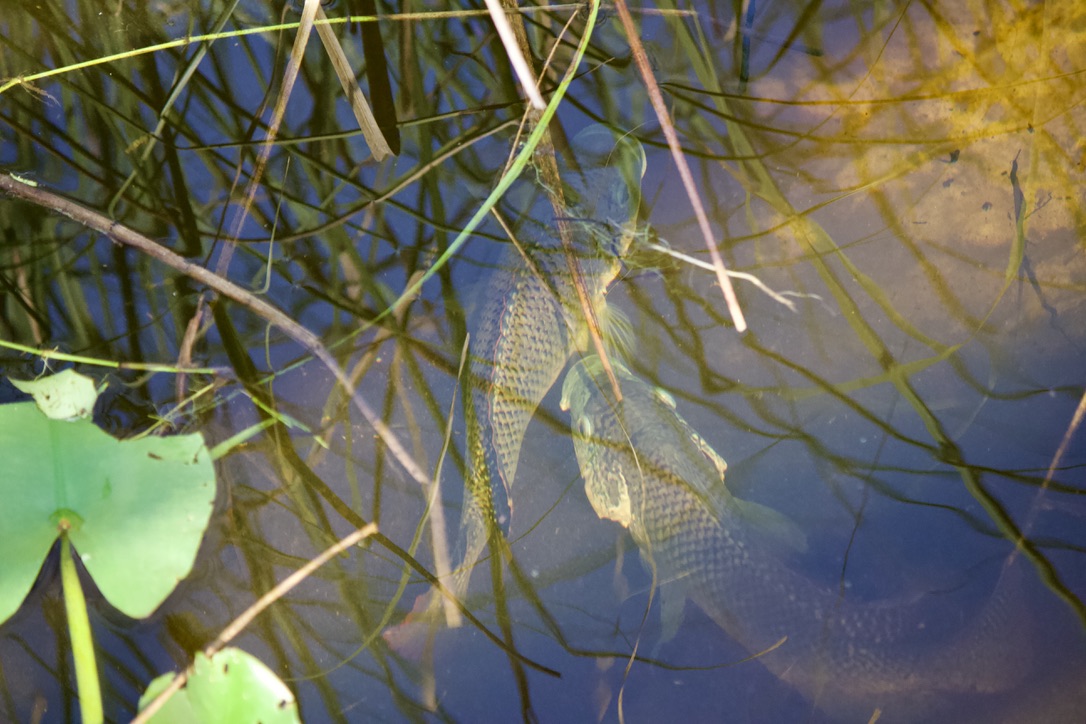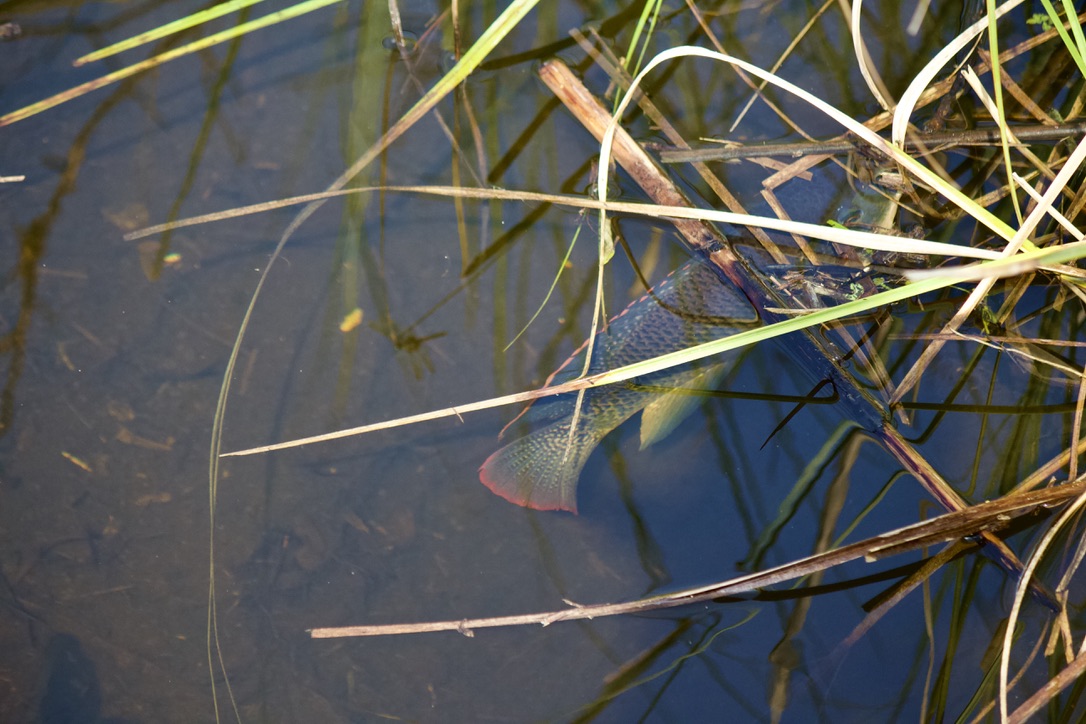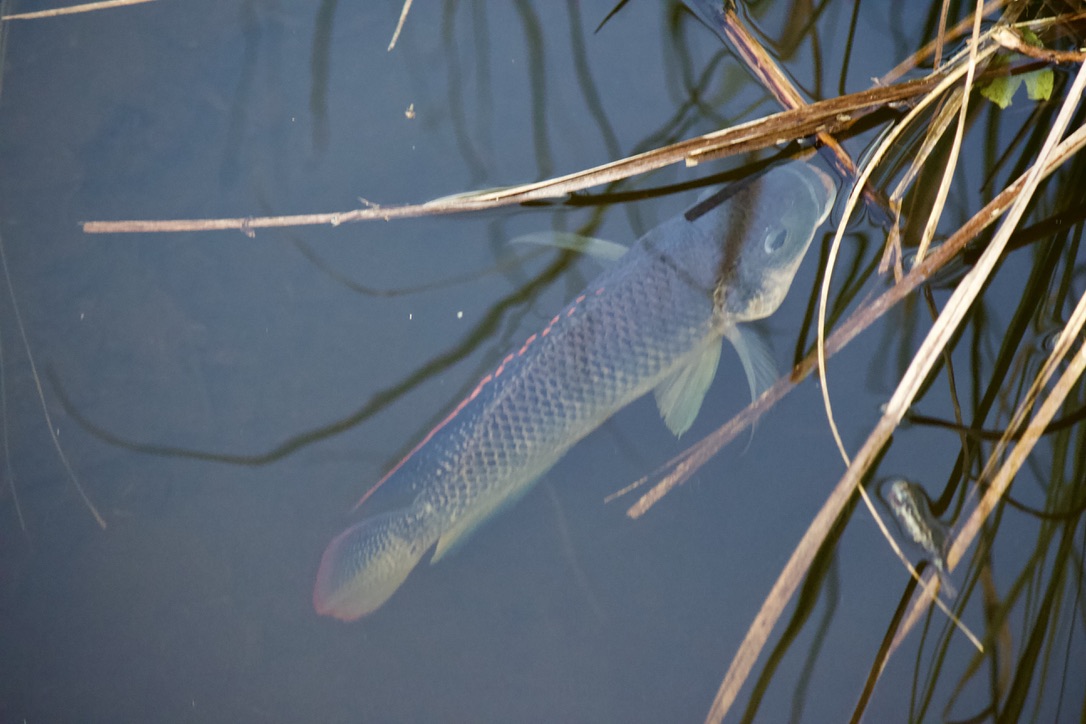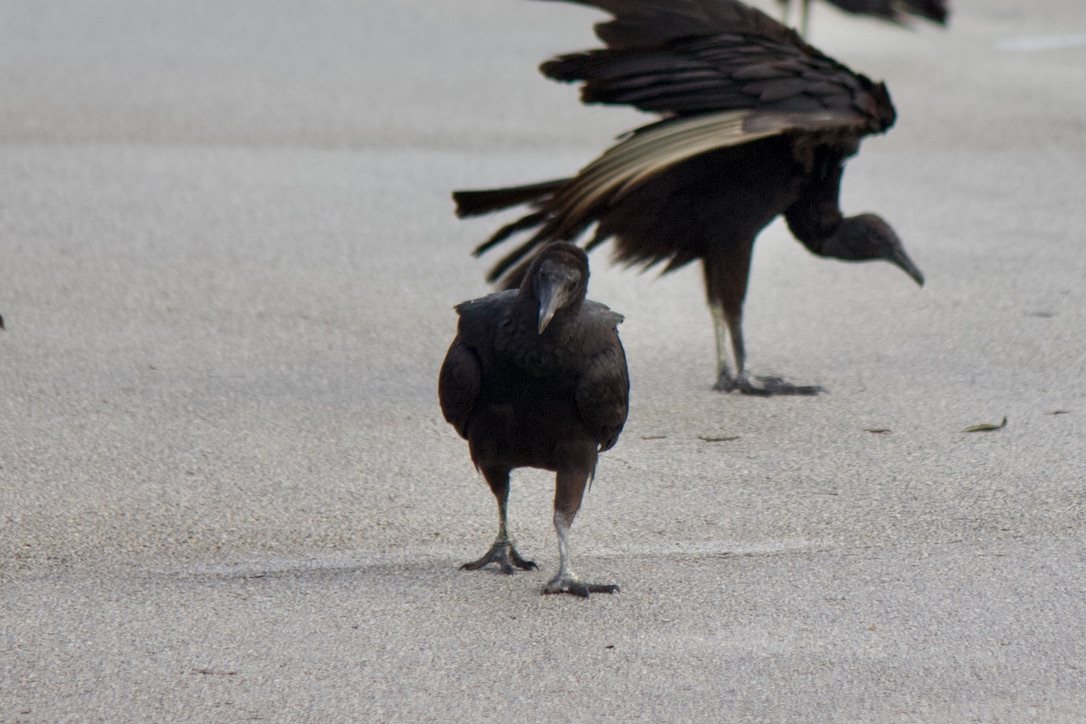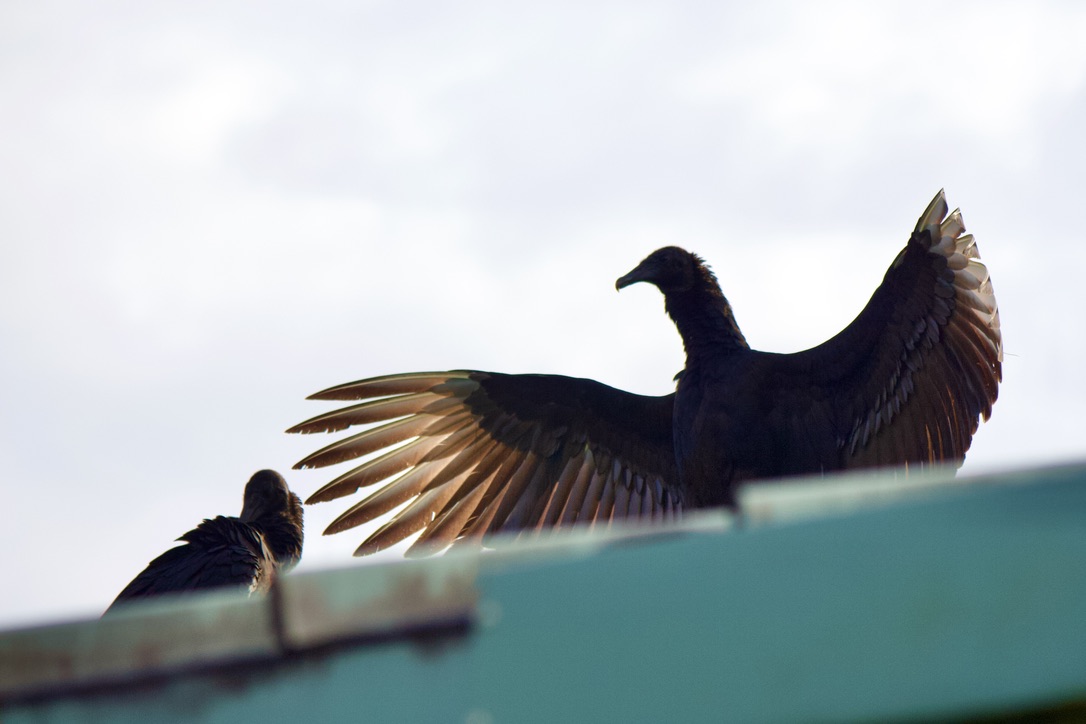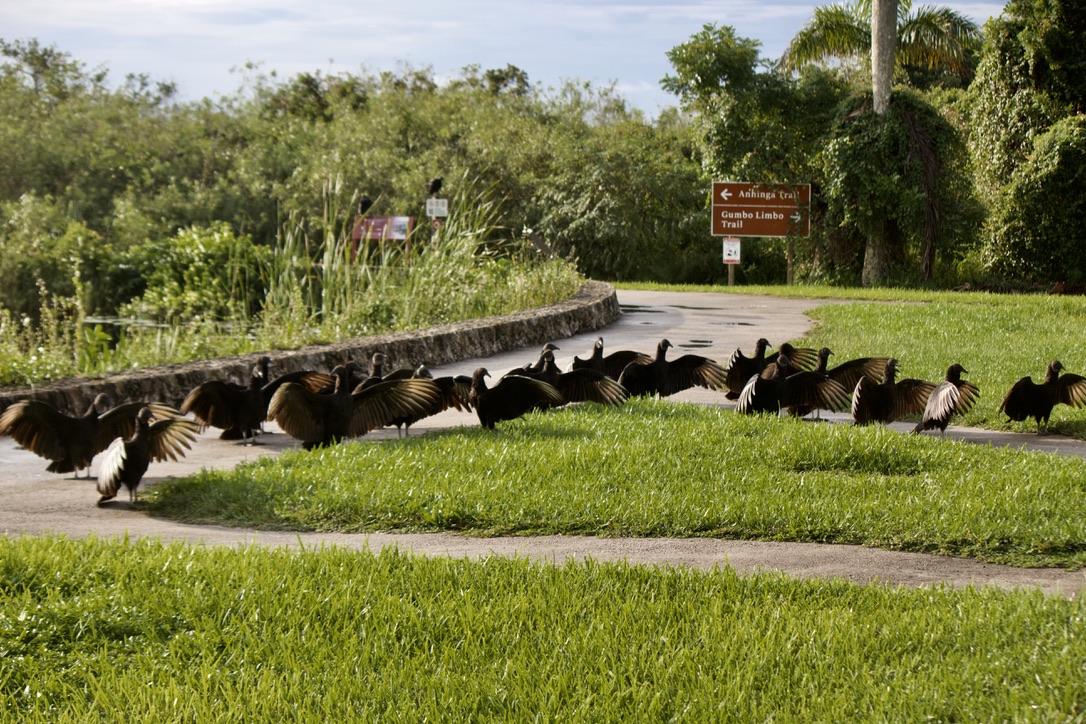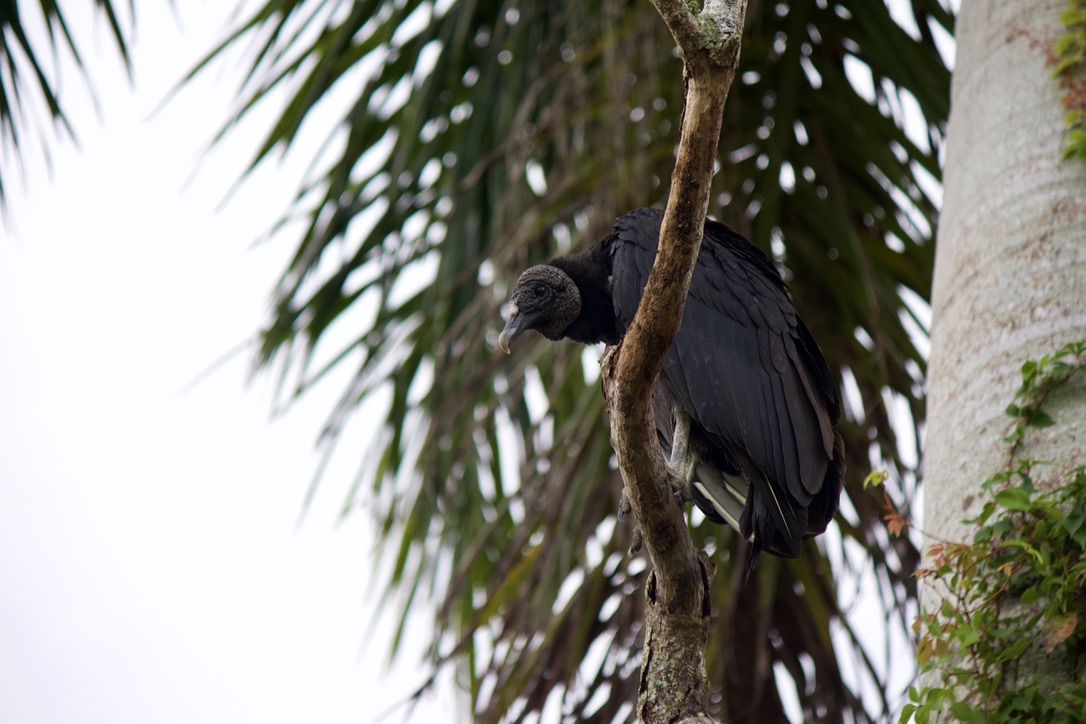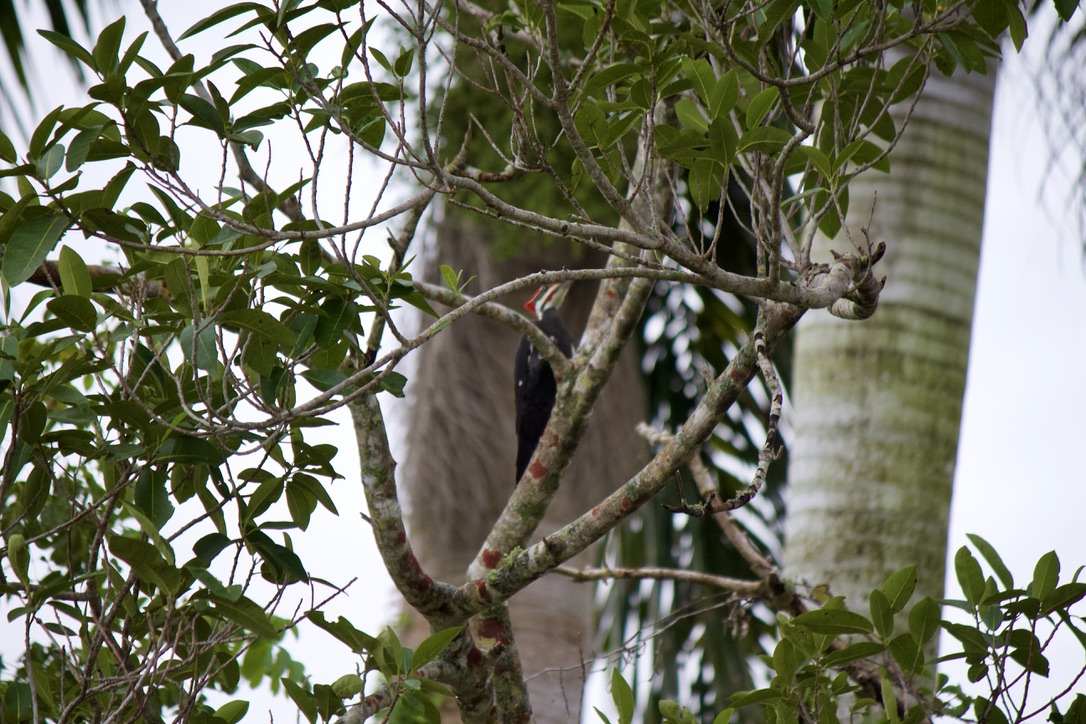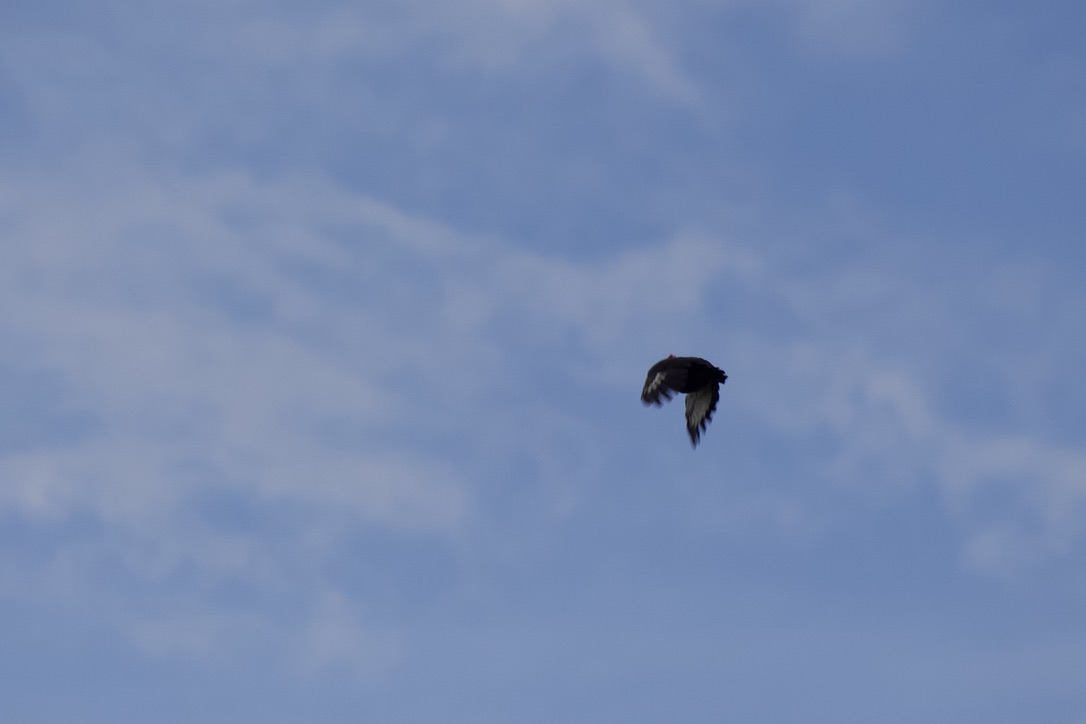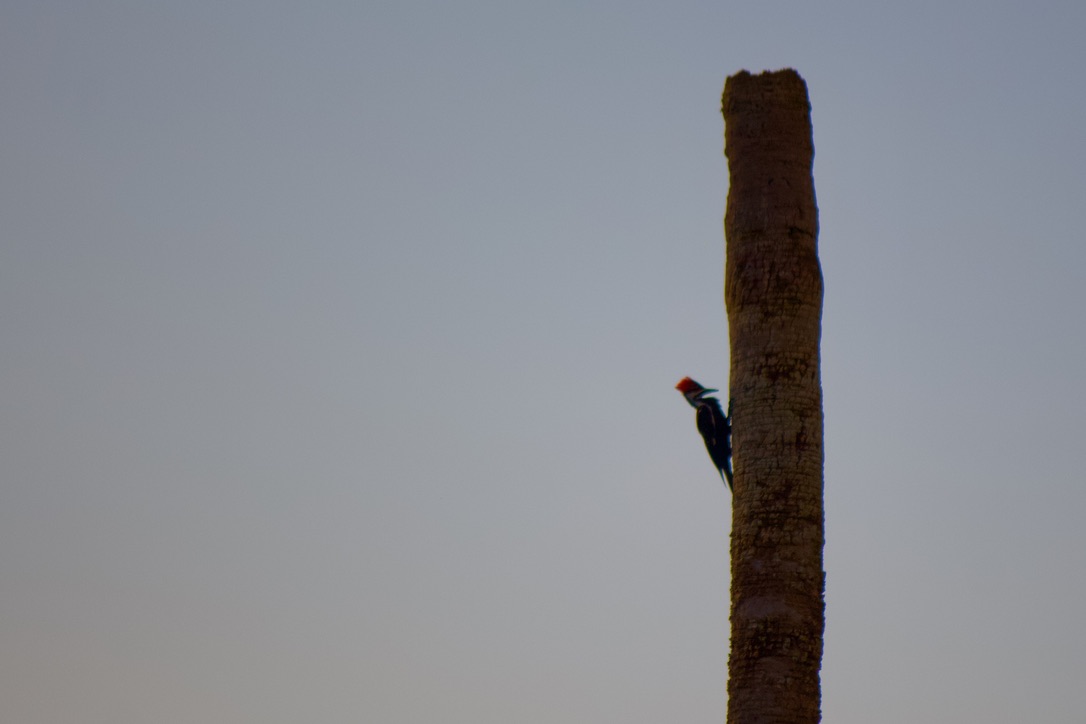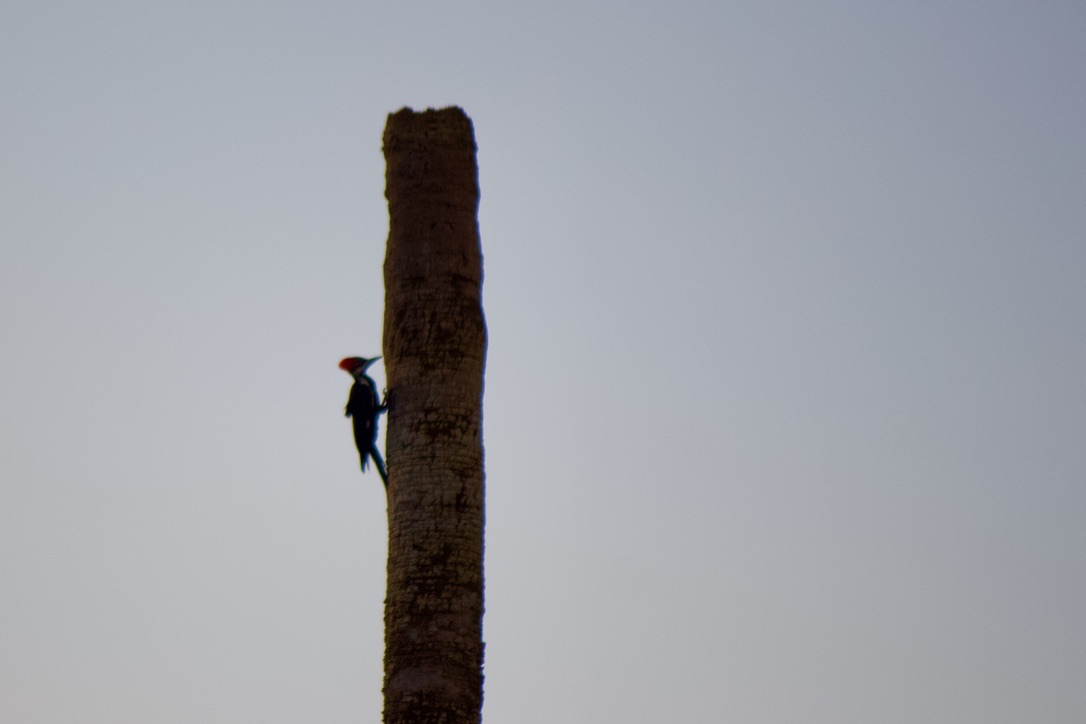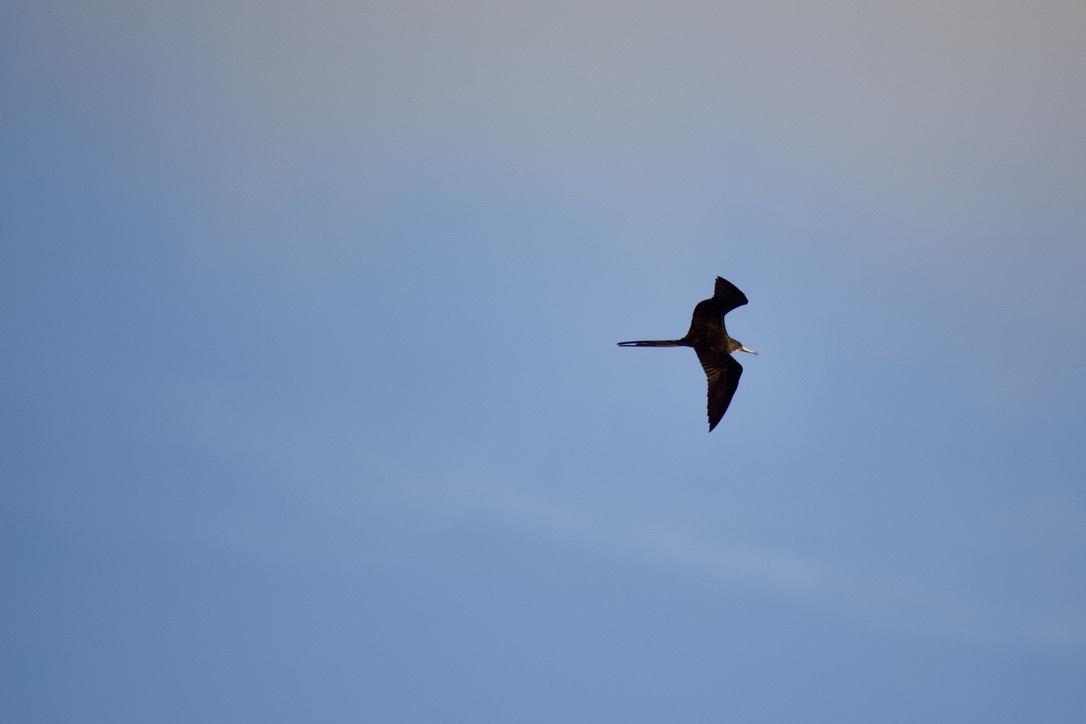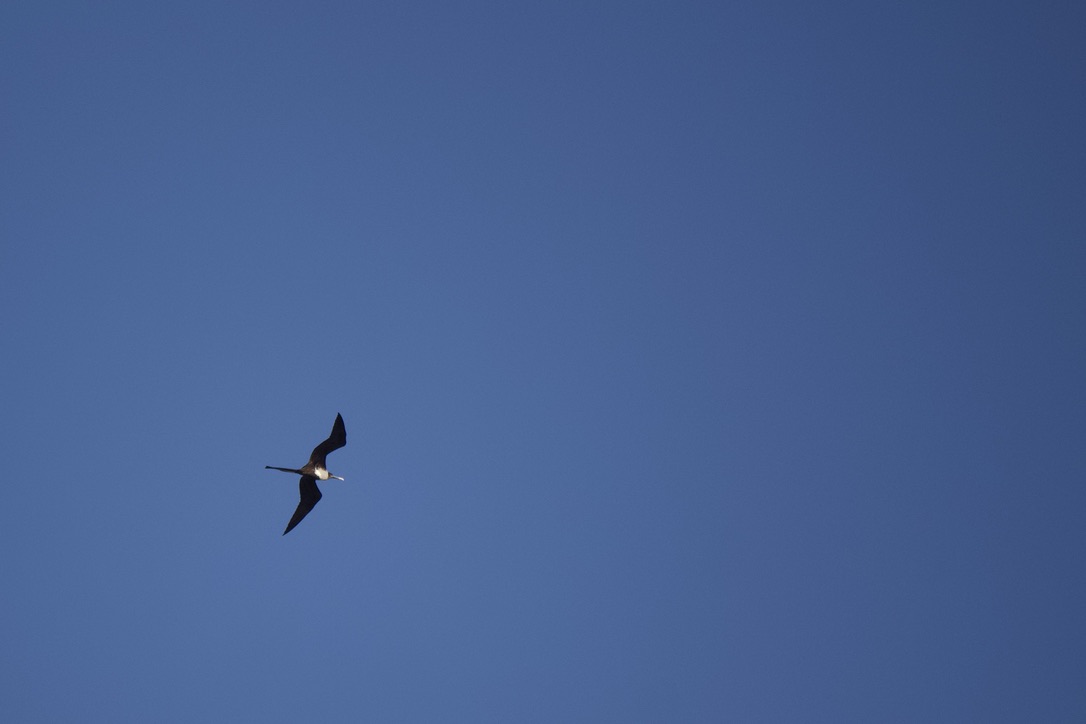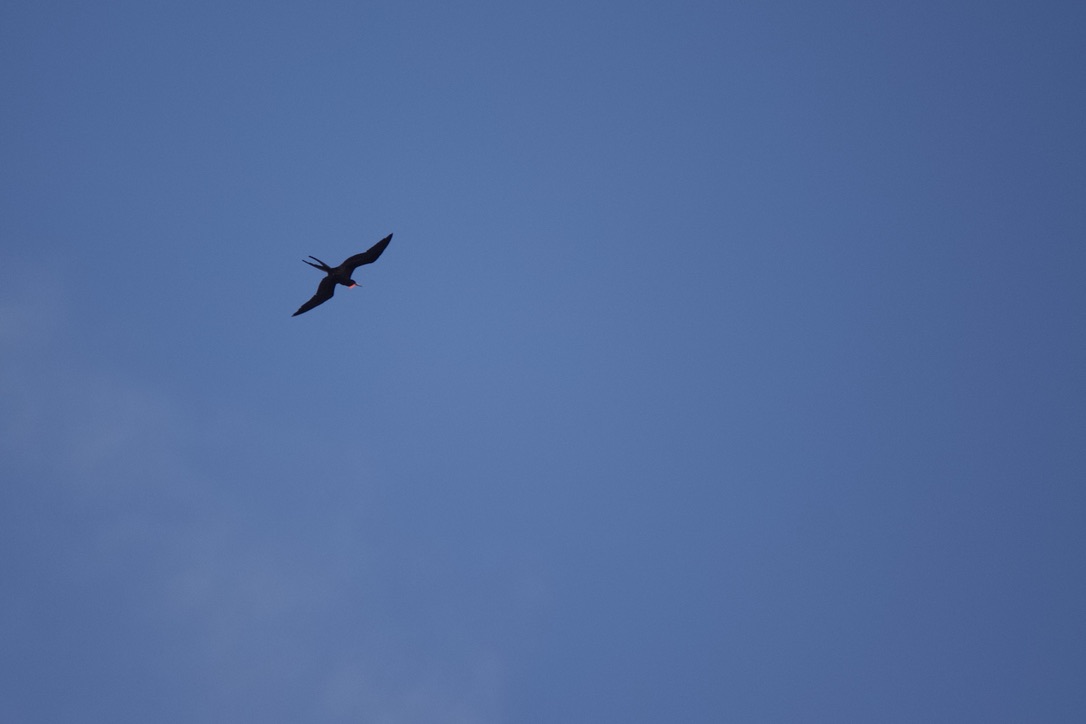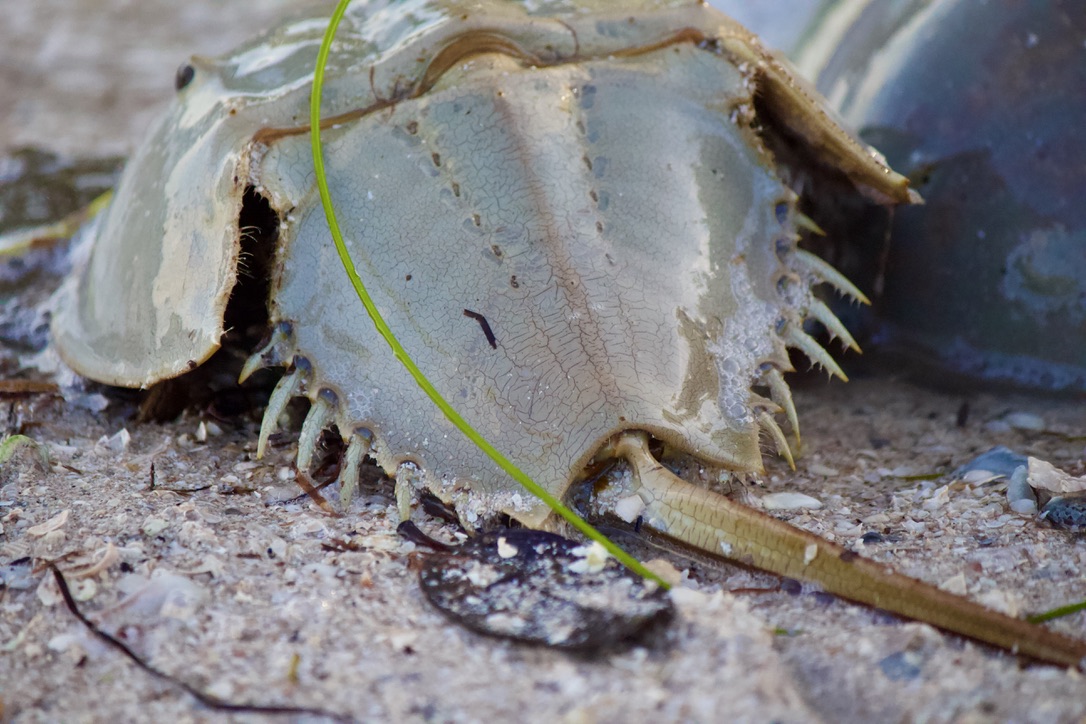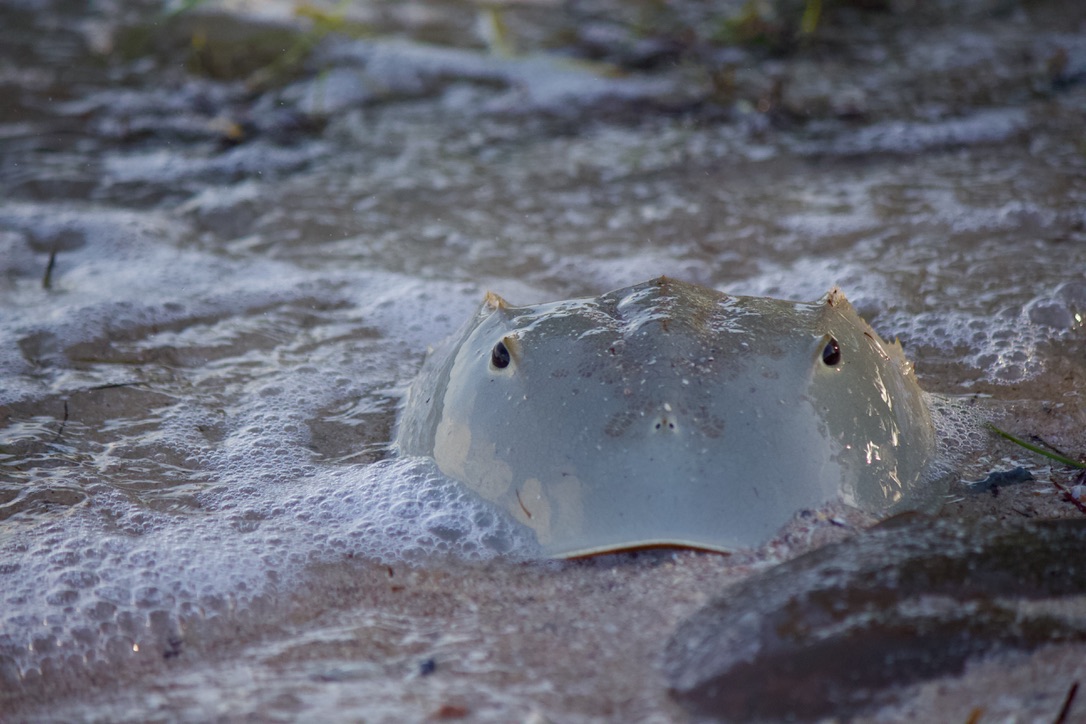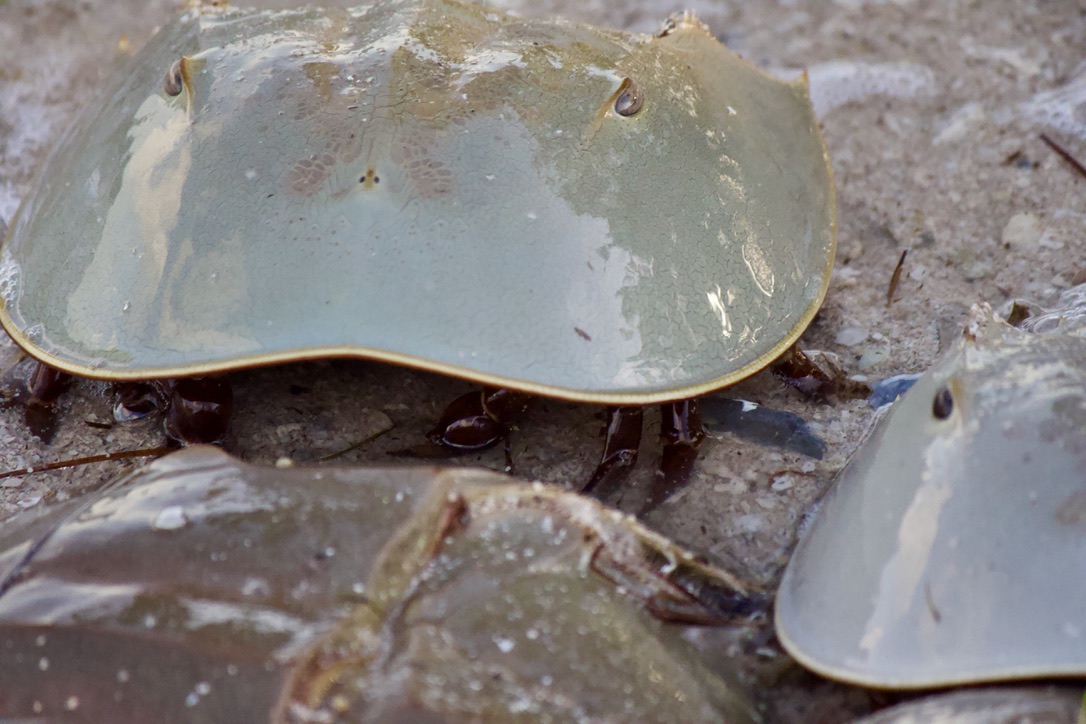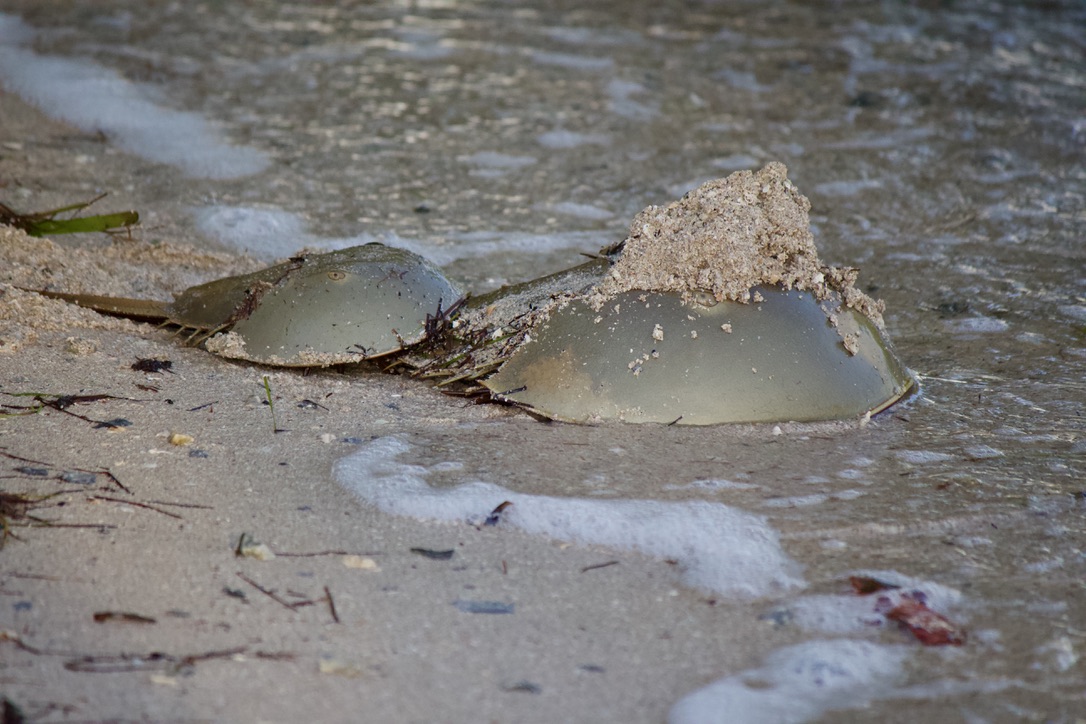let's try this again: thanks to my #NationalPark pass, i have been spending a lot of time out in the everglades enjoying the silence and doing some wildlife #photography. here's a thread of some snaps of some everglades resident species along with a little trivia
1. Anhinga - despite being water birds, they don't secrete oil to waterproof their feathers and as such spend a lot of time sunning in order to dry themselves out -- or potentially just to get that  shot for their insta game
shot for their insta game
 shot for their insta game
shot for their insta game
2. Double-crested cormorant - they get confused with anhinga a lot due to their similar appearance + behavior, as cormorants also have unoiled feathers and sun-dry accordingly. i always tell them apart by the cormorant's hooked beak.
3. Great blue heron - the largest heron in north america. herons that live in more seasonal climates are migratory, but the ones in florida stay here year-round.
4. Great egret - the great egret can also be migratory, and in the past decades breeding pairs have flown to/set up for the first time in the UK and in Finland. they are the logo of the @audubonsociety, a great conservation org everyone should check out
4* fun note about the 4th picture -- i actually have no way of knowing if that is a great egret, because florida (+ potentially the caribbean due to migration) is the only place in the world with the great white heron. the GWH is currently taxonomically a bit up in the air -- it
4* is either a morph -- an alternatively physically presenting population but still same species and environment -- of the great blue heron, or it is an as-yet-characterized new species. the reason i can make the determination on the rest of the pictures is that the great white
4* herons all have orange legs, while great egrets have black legs. in the subjects of the 1-3rd photos, i have a clear view of the legs at the time, but the 4th shot was taken too far away for me to see its little stick legs
5. Osprey. first thing's first i am a freak when it comes to raptors, i love them an inordinate amount and i blame my childhood animorphs obsession. anyway osprey mate for life and raise their young together for ~half a year. i included some nest-building shots
5* it is currently hatchling/fledgling season, so i was able to get some family shots. the younglings' eyes are orange in comparison to the adult yellow. the change to yellow is presumed to be a marker of sexual maturity.
i am going to need to take a break on this here because it is taking up much longer than i thought and i am officially super late!
back! 6. yellow-crowned night heron. as the name suggests, it prefers hunting at night. but as these pics show, it's more than happy to do so during the day as well.
7. purple gallinule. purple gallinules create floating nests and older sibling sets help care for younger ones!
7. purple gallinule. purple gallinules create floating nests and older sibling sets help care for younger ones!
8. white ibis. this is my current school's -- @univmiami -- mascot!
and 9. wood crane (at least i'm pretty sure). despite the visual similarity to the white ibis, you can distinguish the crane in the 3rd pic because the black wing feathers cover more area than just the wingtips
and 9. wood crane (at least i'm pretty sure). despite the visual similarity to the white ibis, you can distinguish the crane in the 3rd pic because the black wing feathers cover more area than just the wingtips
i have several other one-off shots that are harder to classify/will come up later with other animals/aren't particularly visually interesting, so let me just handwave here 10. green herons, 11. pelicans, 12. several forms of swallow
now, onto my non-bird friends!
now, onto my non-bird friends!
13. american alligator. they are obvs very important predators in the everglades but they are also "ecosystem engineers" that provide housing for other species through digging of their alligator holes.
14. american crocodile. the everglades/south florida is the only place on earth you can find both gators and crocs cohabitating. crocs have narrower snouts with both bottom/top rows of teeth exposed (gators are just the tops exposed).
15. FLORIDA MANATEE. i love manatees. they bring me such joy. did you know they have nails on their flippers? they are (like a lot of aquatic mammals) very vocal creatures and it is possible they can recognize other manatee "voices"
15* i chose not to cheat and share my much prettier mantee shots from the intercoastal, where the water is clearer. knowing that they're below you in the mangrove forests, completely unseen, is kinda cooler anyway
wrapping up this thread with this super cool interaction i caught on sunday. i am not sure if this green heron (10.) was really going to try to eat this baby croc or not, but the croc did a threat display and the heron noped the fuck out of there
reviving this thread with some new species that i photographed awhile ago but was too insecure about the photography quality to post. @SolomonRDavid recently posed a question to his followers on if fishwatching was as easy as birdwatching, would people do it more? and, well,
i go to the everglades all the time and as you can see by the huge representation of birds in comparison to fish on this thread, he isn't wrong on the disparity and, in my case, he was pretty on the money as for why. so here are some more everglades residents who still deserve
to be represented on this thread even if they are harder to photograph well. first, #16. florida gar. gar are ancient fishes with a swim bladder that allows them to gulp air for breathing, which lets them live in low oxygen waterways. juveniles (right) aren't as spotted
16. sailfin molly.* they do internal fertilization and give birth to live young. males are the brightly colored ones and these photos really don't do justice to their beautifully dynamic fins.
*little shaky on this ID so if anyone thinks i'm wrong you're probably right!
*little shaky on this ID so if anyone thinks i'm wrong you're probably right!
17(/18?). florida red-bellied cooter & ? cooter.* y'all, i'm gonna be honest, i have no idea if i ID'd this turtle correctly. when i zoomed in very closely it looked to me as if its top jaw was notched, which is what i based the ID off of. the other one was too poor quality for
me to get a better look, but to me it looks different enough from 17. that i suspect it might be a different cooter species. i am realizing the other reason i haven't posted fish/herps is because i do not have the taxonomic knowledge of them to make ID easy, so sorry about that
19. swallow-tailed kite. these #birds are migratory raptors that travel from south america to the everglades in march to breed/nest before heading back south around august. it's hard to capture in a photo how effortlessly they are at gliding
getting some #invert rep with 20. western honey bee. these little cute butts are hard at work pollinating palm trees right now. the little orange leg warmers you can see are called pollen baskets and are where the bees brush all the pollen covering them to pack it
21. eastern/florida lubber grasshopper. normally i'm all #invert love but i'm not a big fan of these guys -- too many times almost stepping on them on my way to morning practice. they let off a bad-smelling foam when you freak them out. here's two munching on a fallen brethren
i was going back through my everglades photos from right before shutdown and just noticed this great group shot of a yawning alligator (13) and bunch of lubber nymphs (21).
got a bunch of new species on my most recent trip out so! 22. snowy egret. while snowy egret populations are strong in modern times, they were once driven to incredibly low numbers by hunting as their breeding feathers were taken for decorating hats in the 19th century.
23. florida softshell turtle. instead of having a keratinous, horny shell, softshell turtles have one composed of cartilage covered in skin. they have also been known to lay their eggs in alligator nests!
24. red-winged blackbird. the males, who have the colored shoulder patches, will aggressively defend their territory, which includes up to 10 females. the females will also mate outside of their territorial male, having clutches with mixed paternity
#inverts time! 25. blue mud dauber. these wasps build mud nests and are known for predating black widows (though this prey does not appear to be a widow). 26. black swallowtail. males emerge early to stake out territory and advertise themselves to females for mating.
27. red-shouldered hawk. another one of my raptor loves  they're frequently predated by other birds of prey, but in florida there've been reports that they "team up" with crows to chase off their shared predators
they're frequently predated by other birds of prey, but in florida there've been reports that they "team up" with crows to chase off their shared predators
 they're frequently predated by other birds of prey, but in florida there've been reports that they "team up" with crows to chase off their shared predators
they're frequently predated by other birds of prey, but in florida there've been reports that they "team up" with crows to chase off their shared predators
28. florida box turtle. i rescued this girl off a road in the everglades. to do so: gently pick it up and carry it in the direction it was traveling, then place it a safe distance from the road. box turtles have a hinged bottom shell (plastron) that lets them close their shells
29. brown anole. these guys are very invasive in florida (and the US in general, they are native to the caribbean) and have driven our native green anoles to limit their range to primarily treetop level.
30. mayan cichlid. another invasive. these fish can survive across a wide range of salinity and oxygenation, which is common in everglades species. 31. redear sunfish. not invasive! primarily eat mollusks and are sometimes introduced to manage invasive mussels.
32. blue tilapia. they're invasive and have extremely damaged the everglades community structure. they are very aggressive (you can see fighting in two of these shots) and males build nests (other two pictures) for spawning before females incubate the eggs in their mouths
33. black vulture. another one that tries my "all animals are perfect" stance (they're big nuisances). but i will soldier on! they don't make your usual bird calls because they lack the necessary vocal organ. instead they make bark-like sounds that have scared the shit out of me.
given up on ever getting a strong shot of 34. pileated woodpecker. like alligators and gopher tortoises, they're ecosystem engineers! the cavities they make in trees are used by many other species for shelter and nesting.
35. magnificent frigatebird. the white bellied individual is a female; the bright strip of color on the darker males is their gular sac, which they puff up to attract mates. hopefully one day i can catch that instead of just seeing them soaring way above!
36. horseshoe crab. i'll be doing a solo thread on their breeding in a bit. they are not crabs, are "living fossils," and their blood has long been used by the pharma industry to test for bacterial contamination in drugs. check out the @Sawbones episode on them for more on that!

 Read on Twitter
Read on Twitter